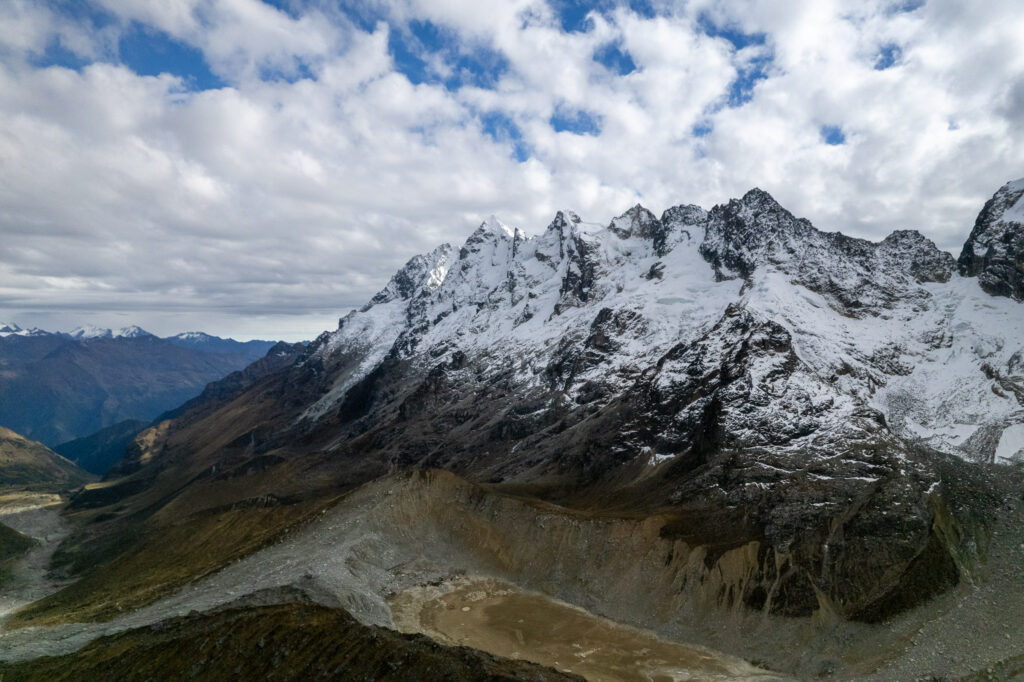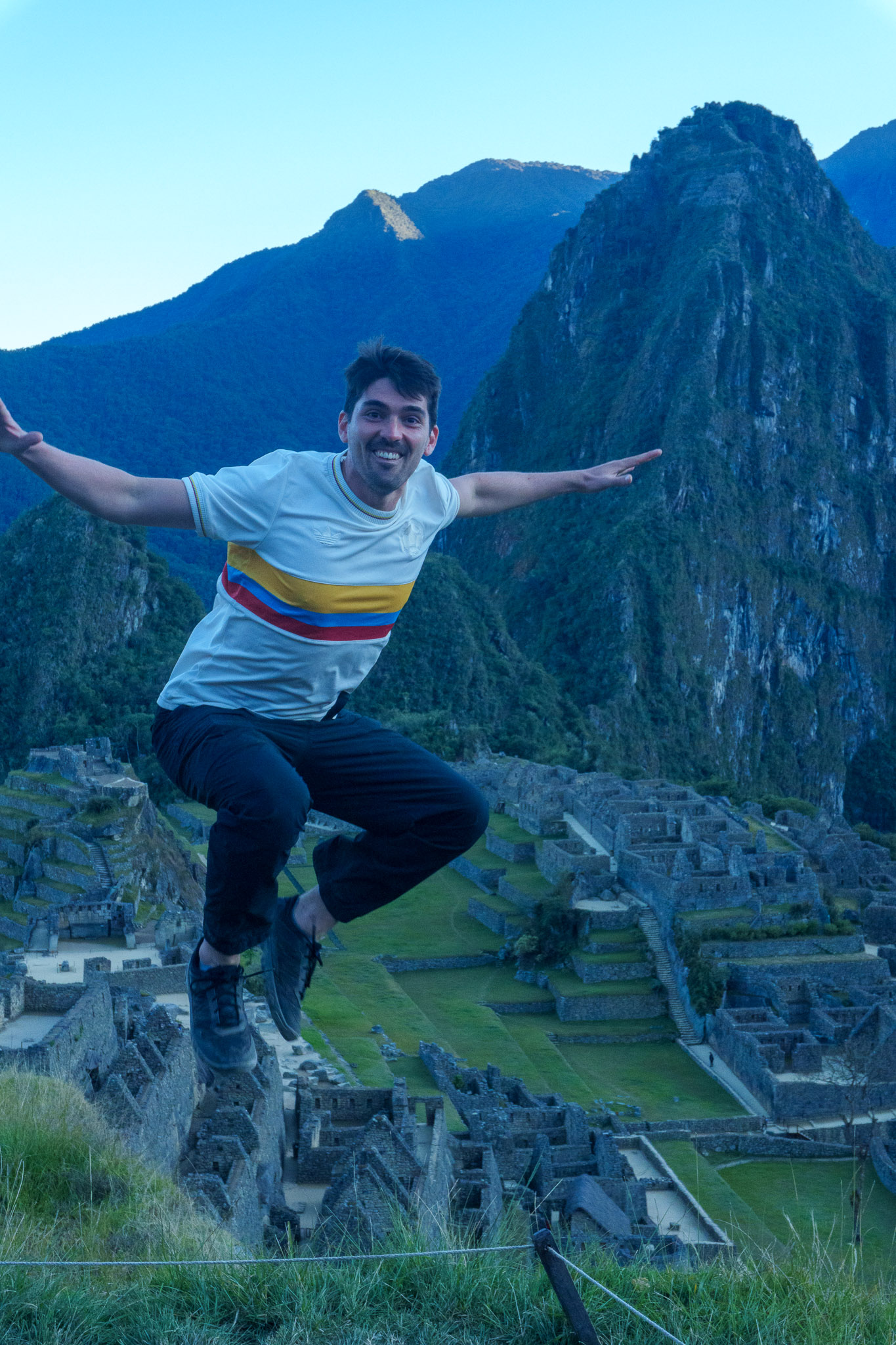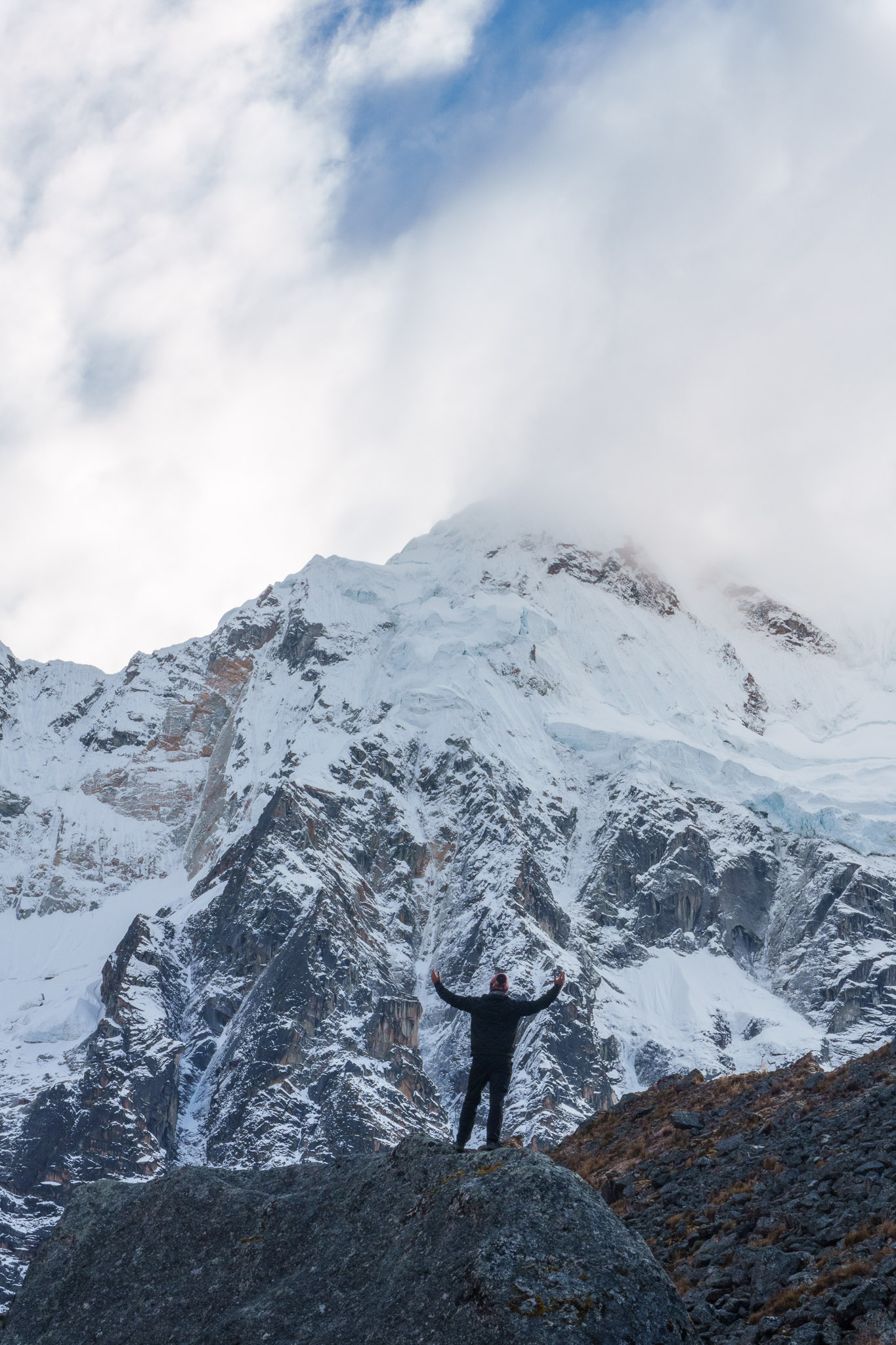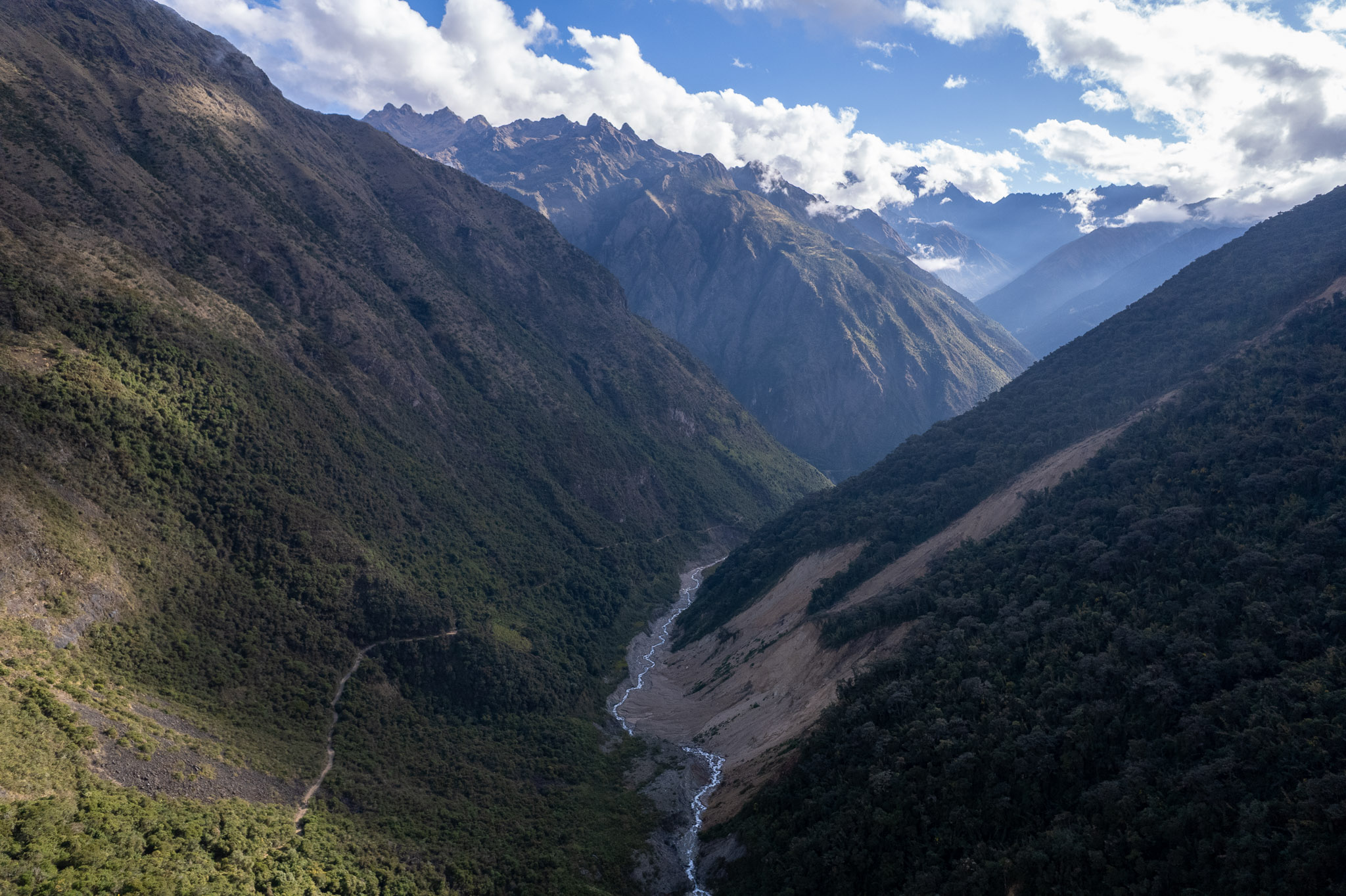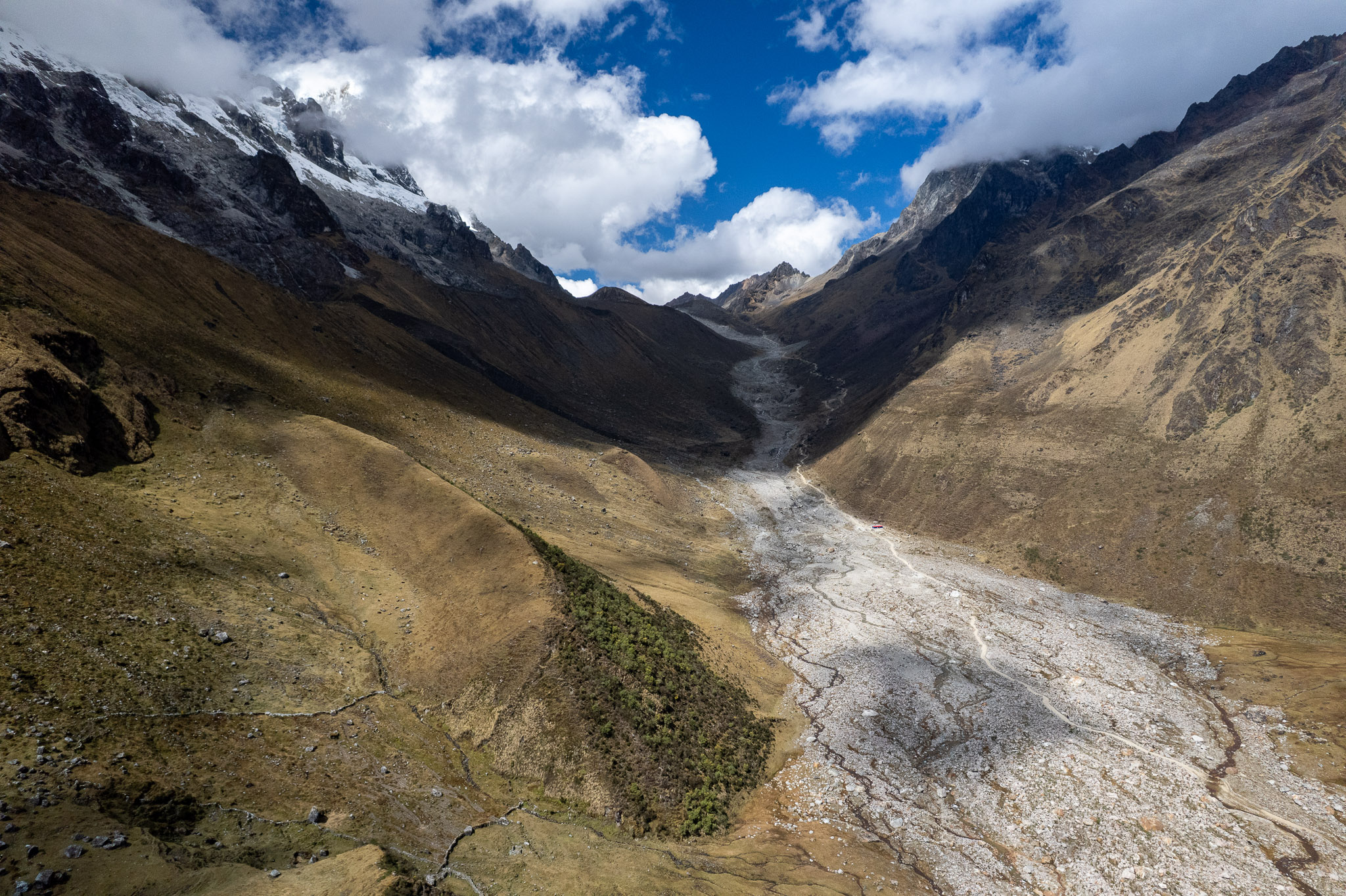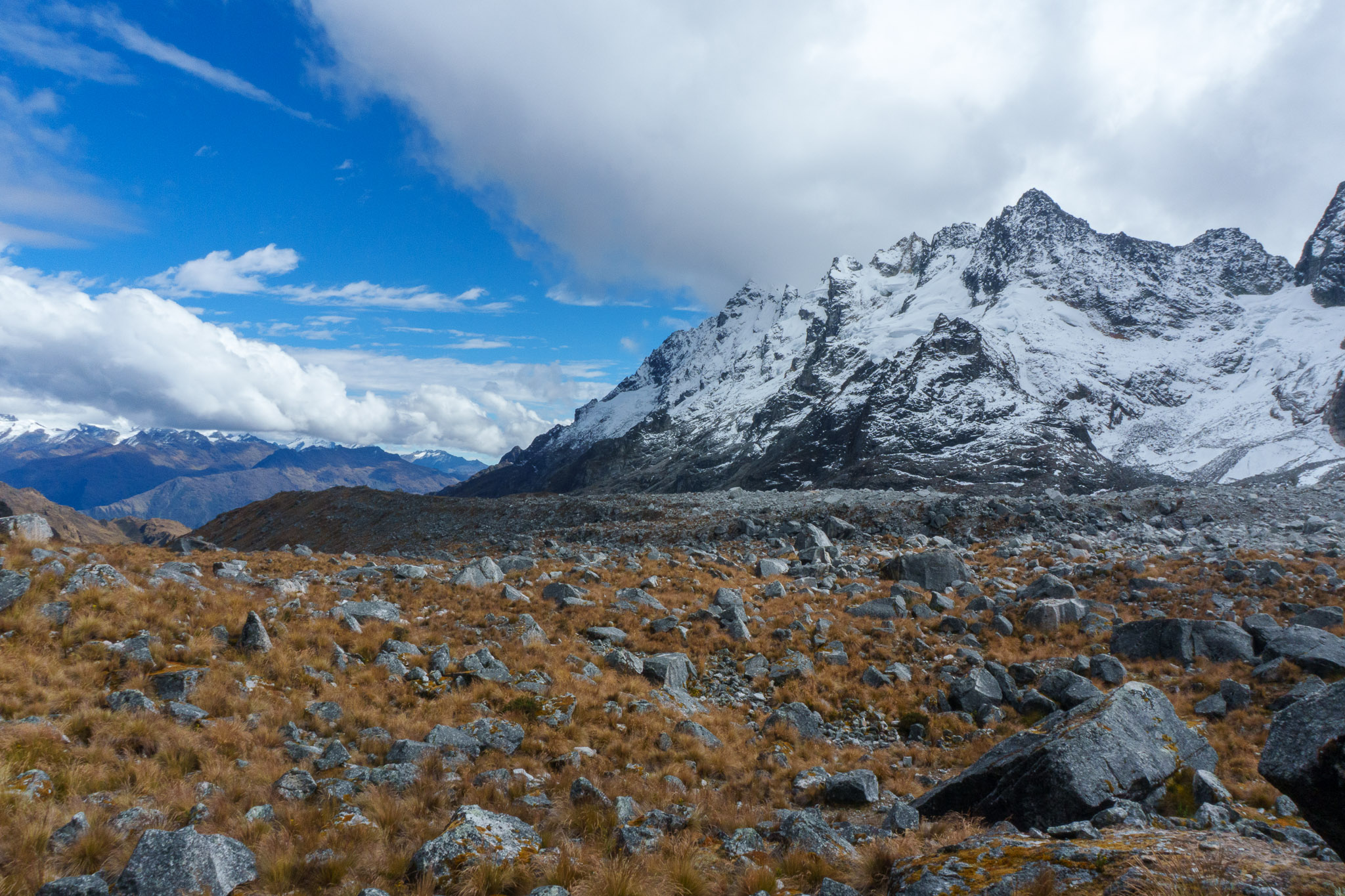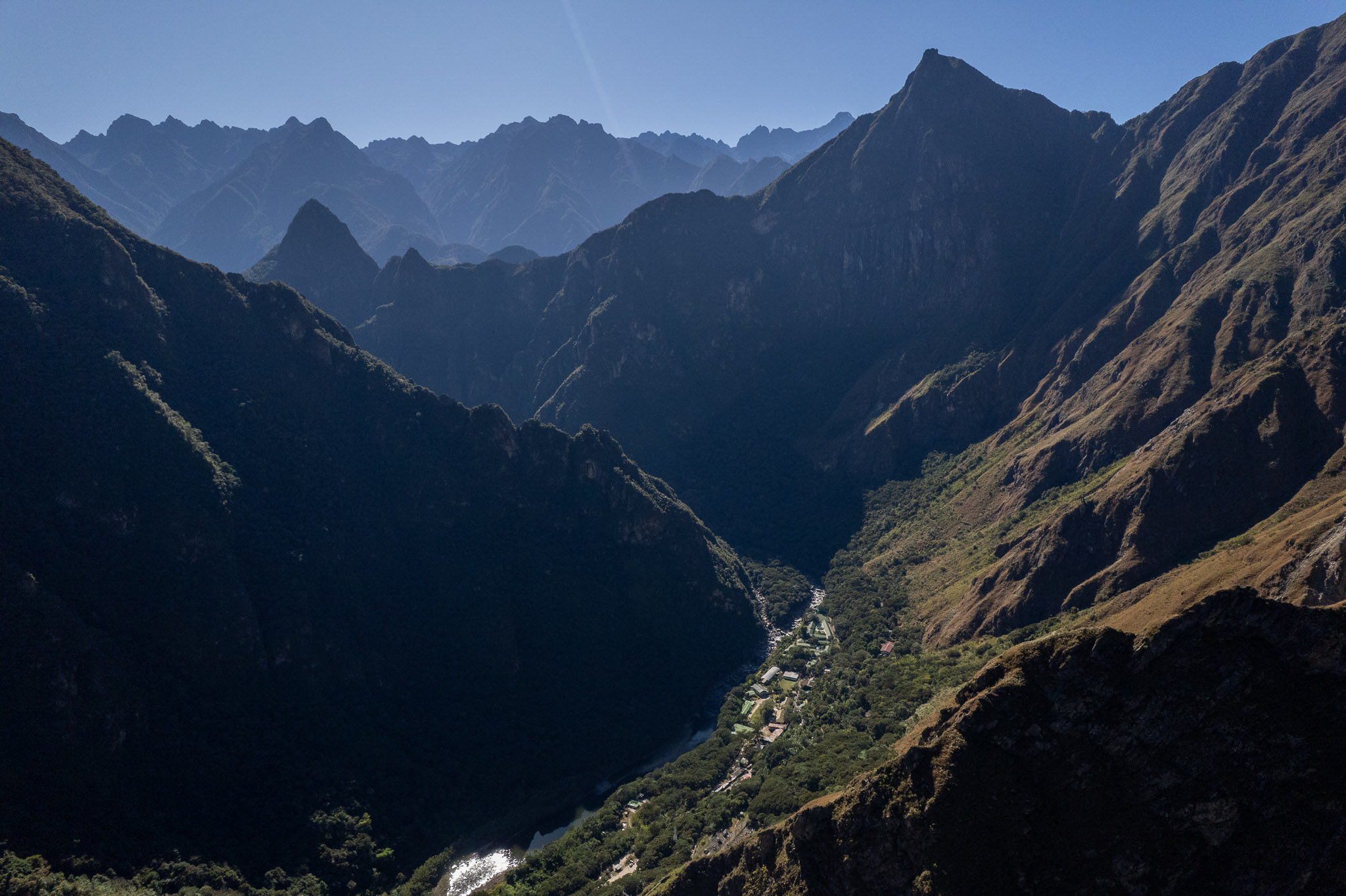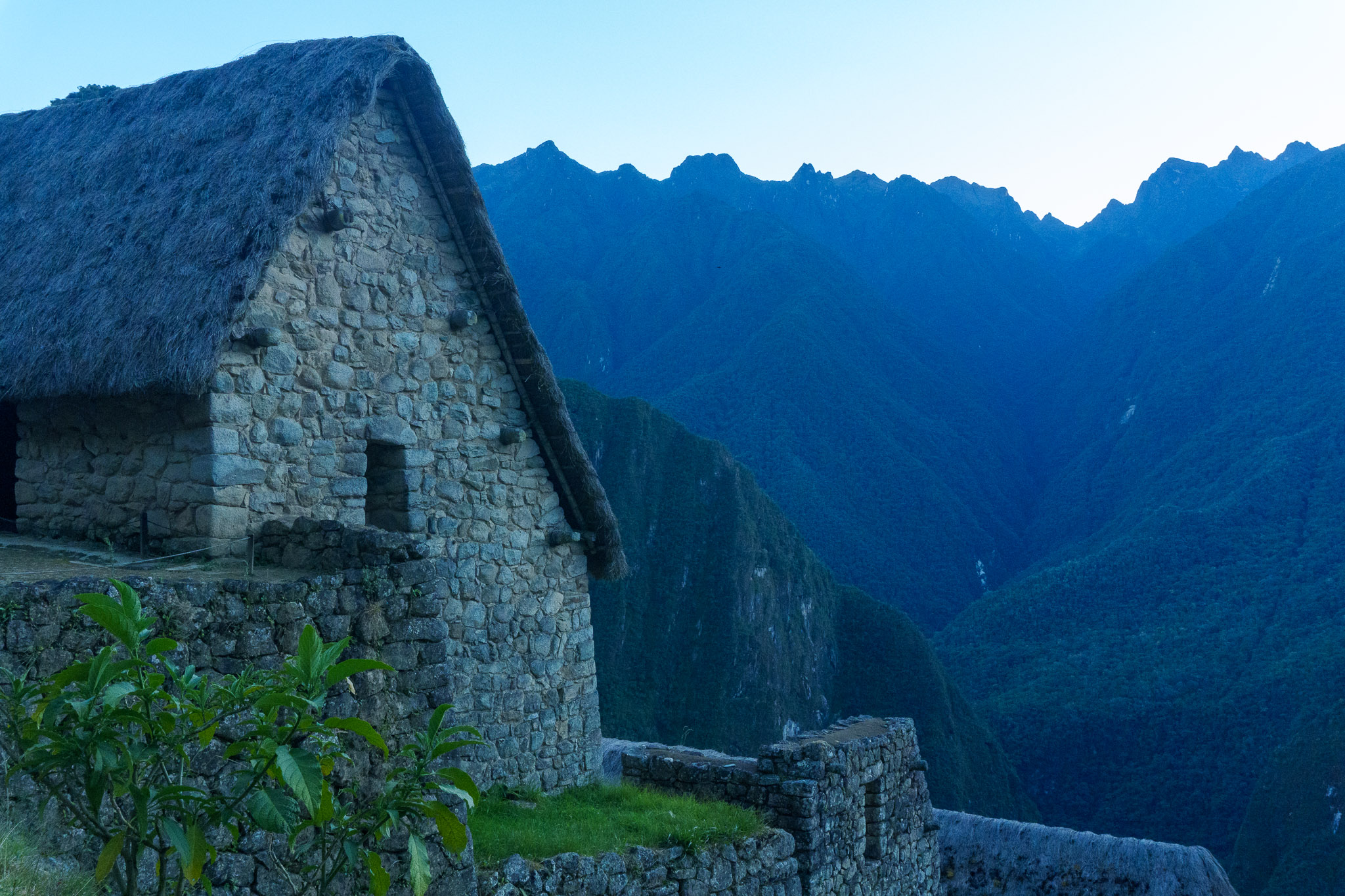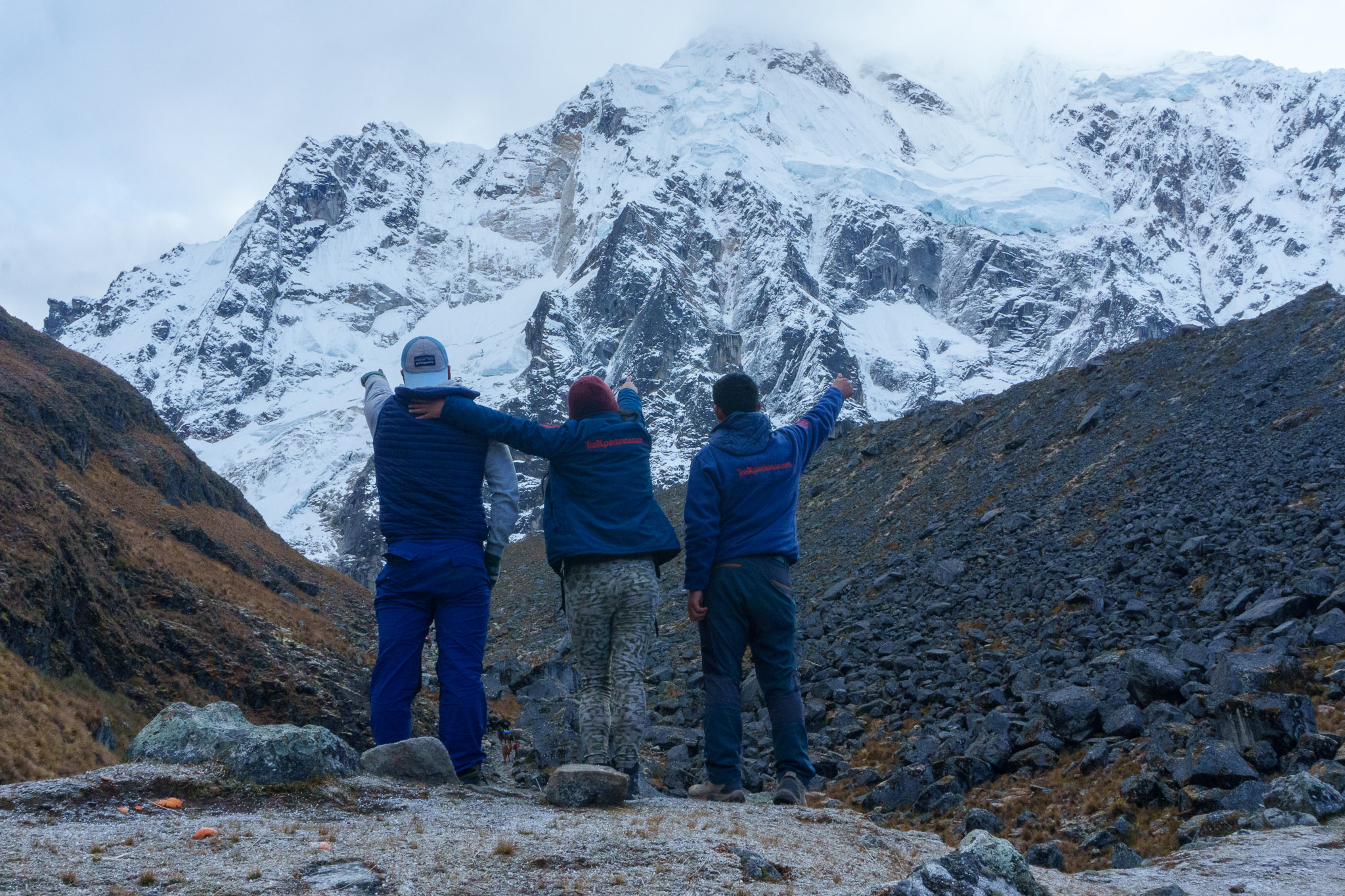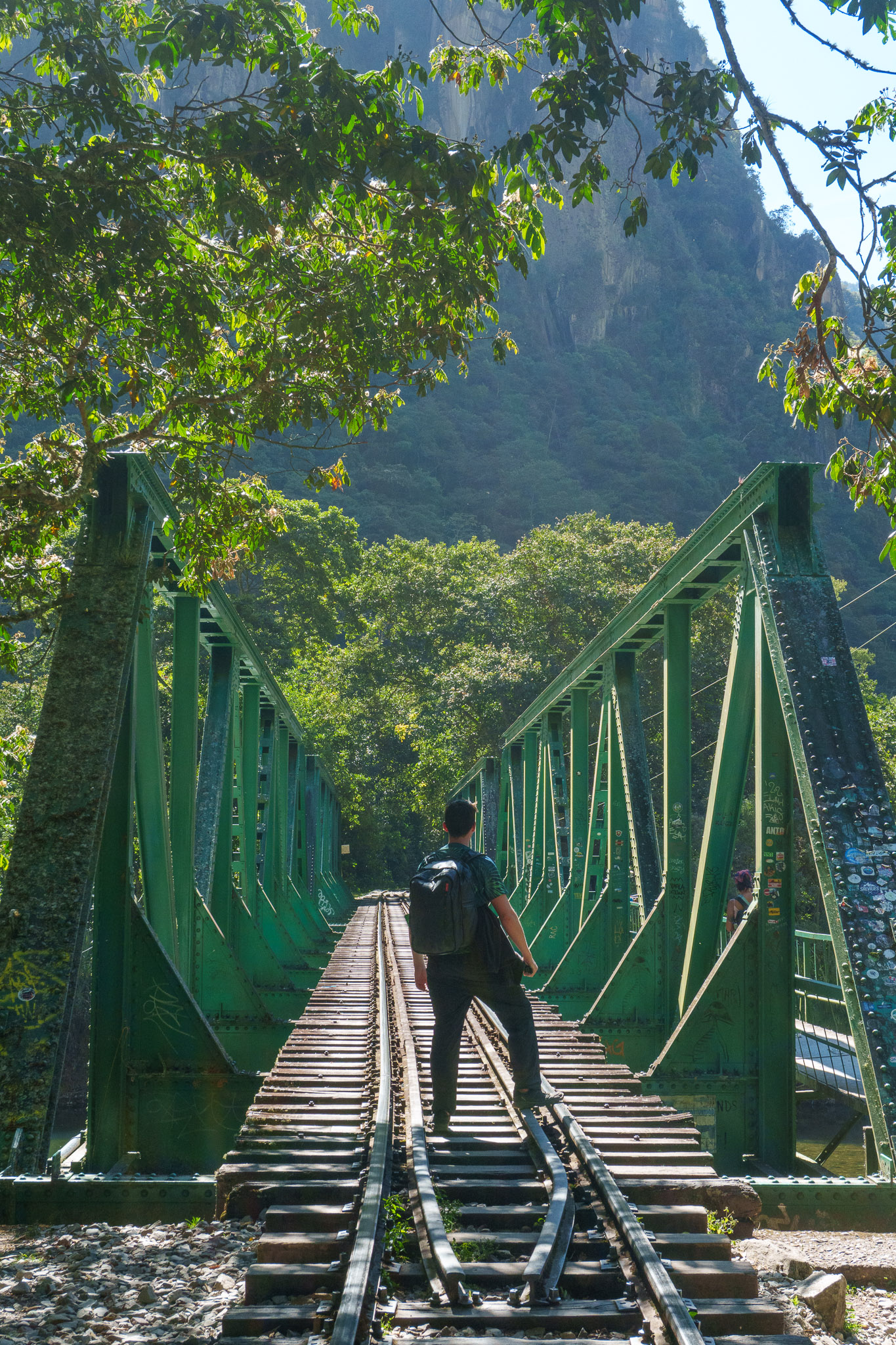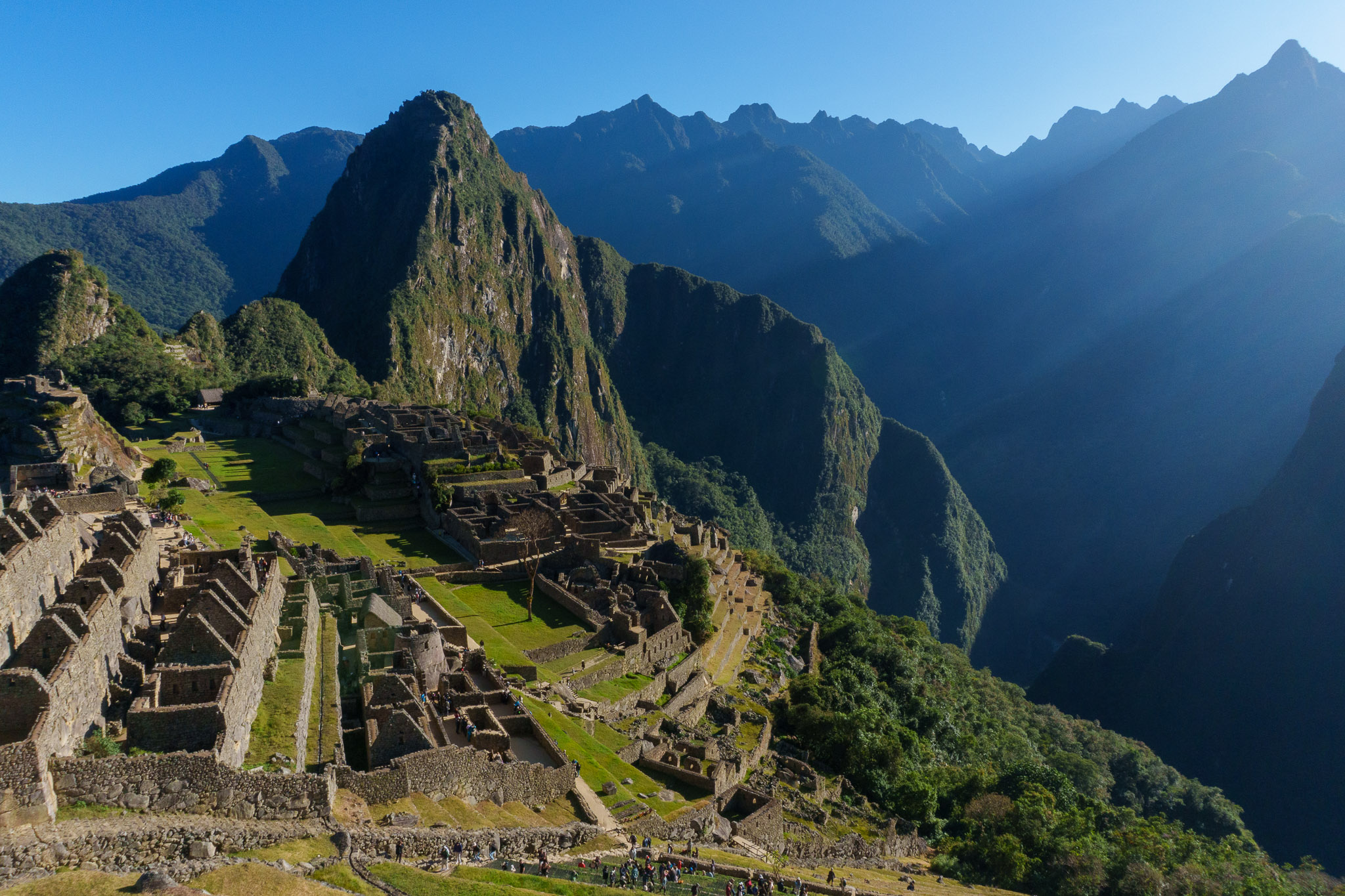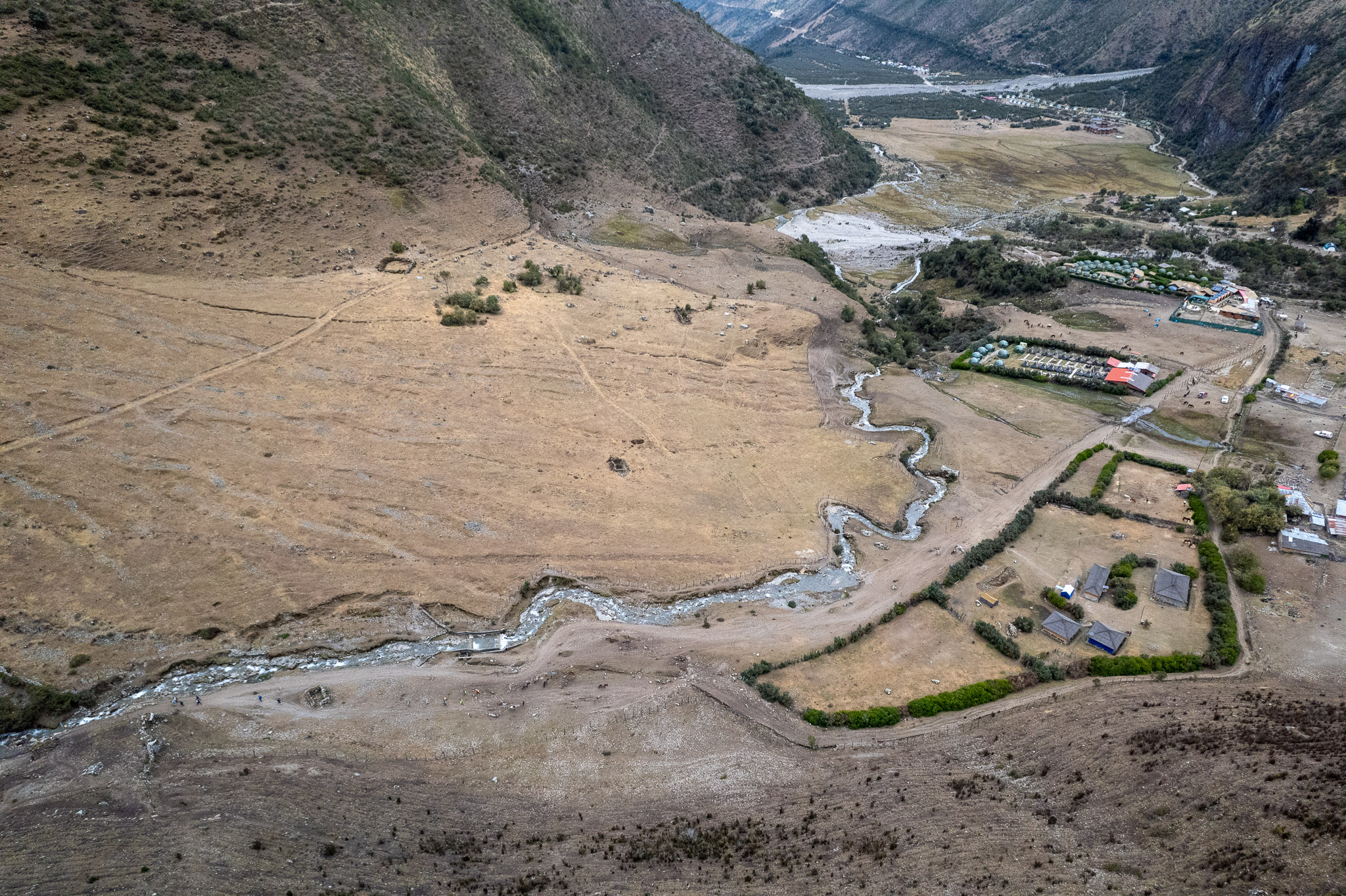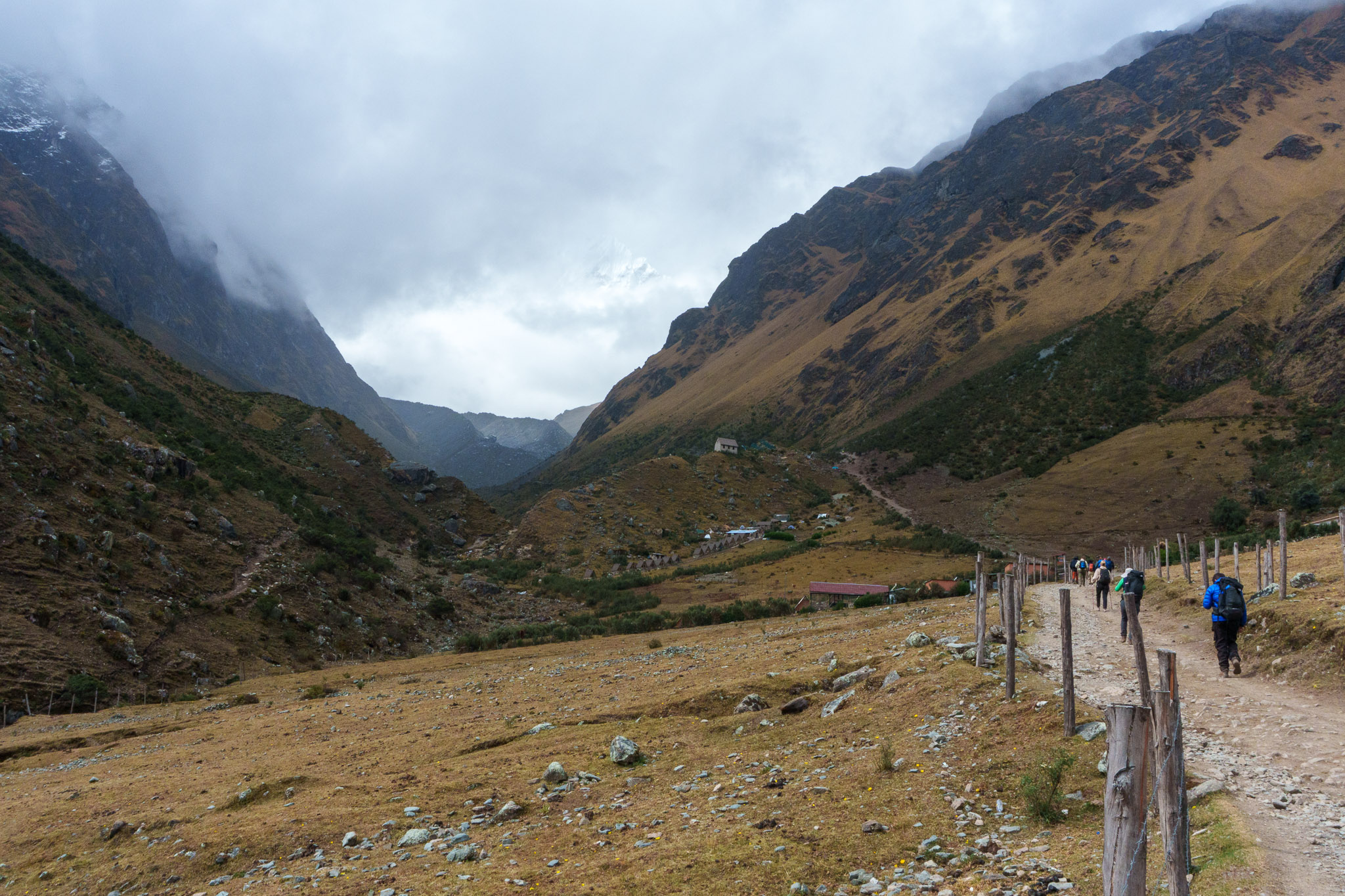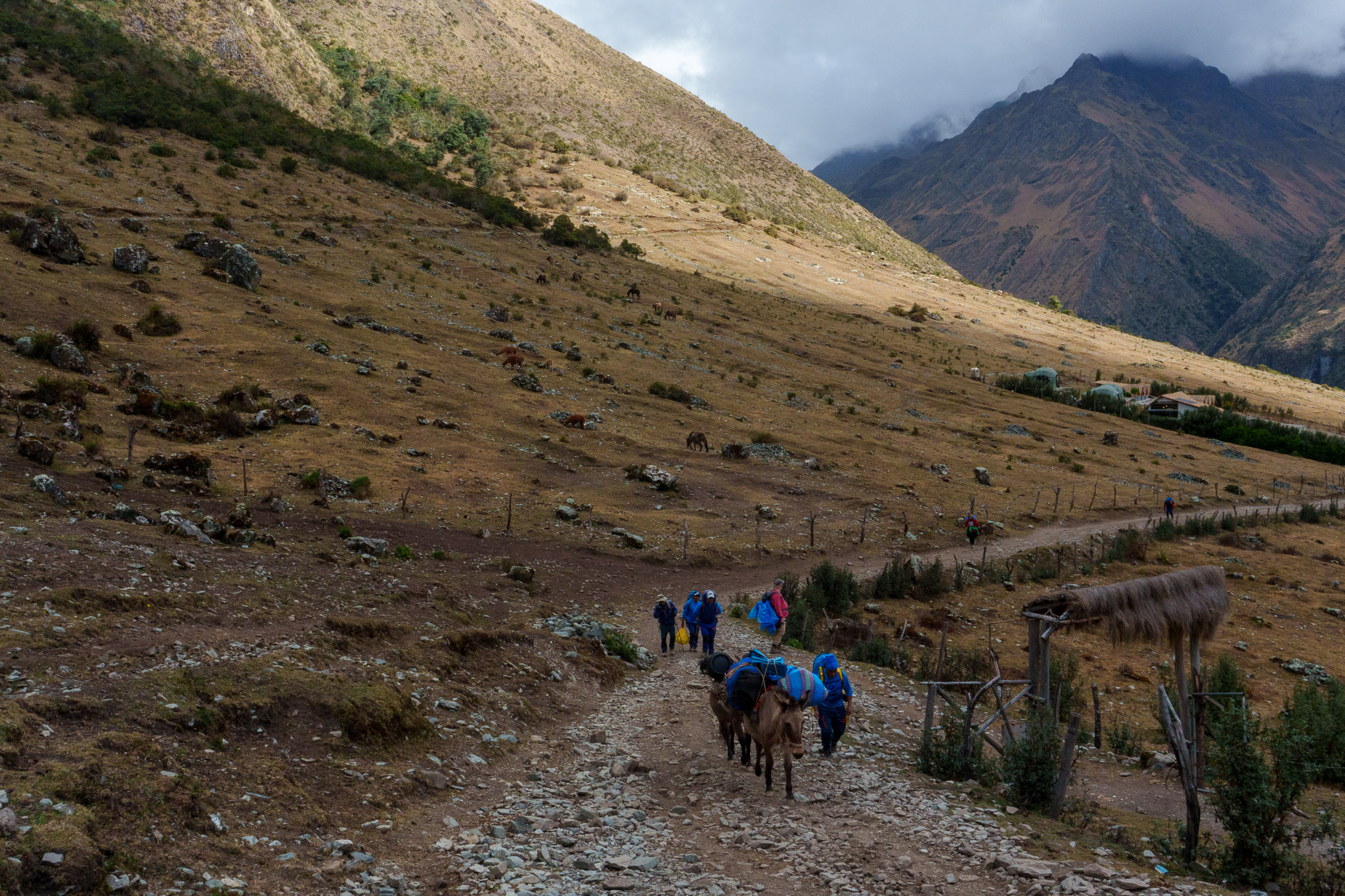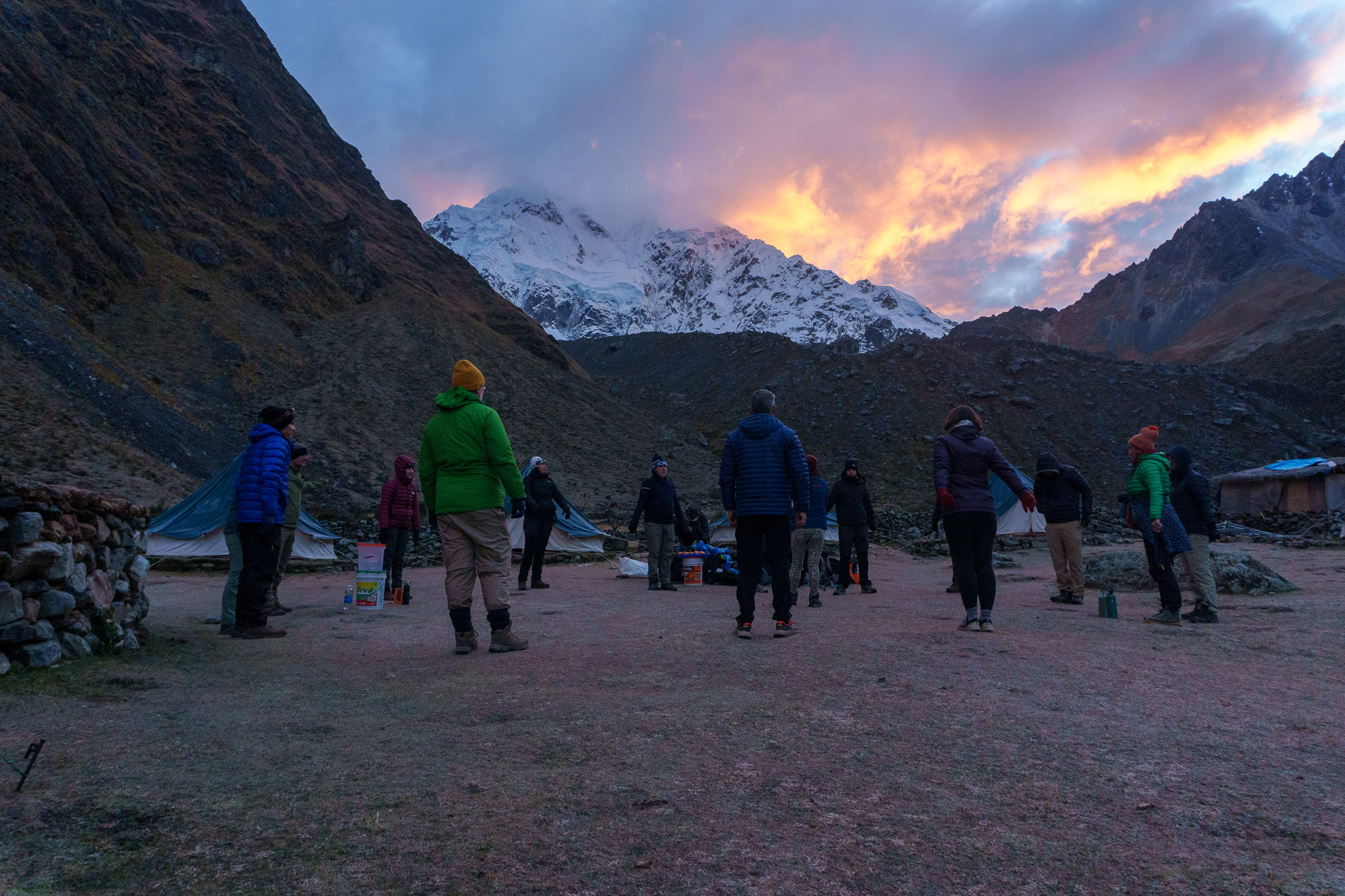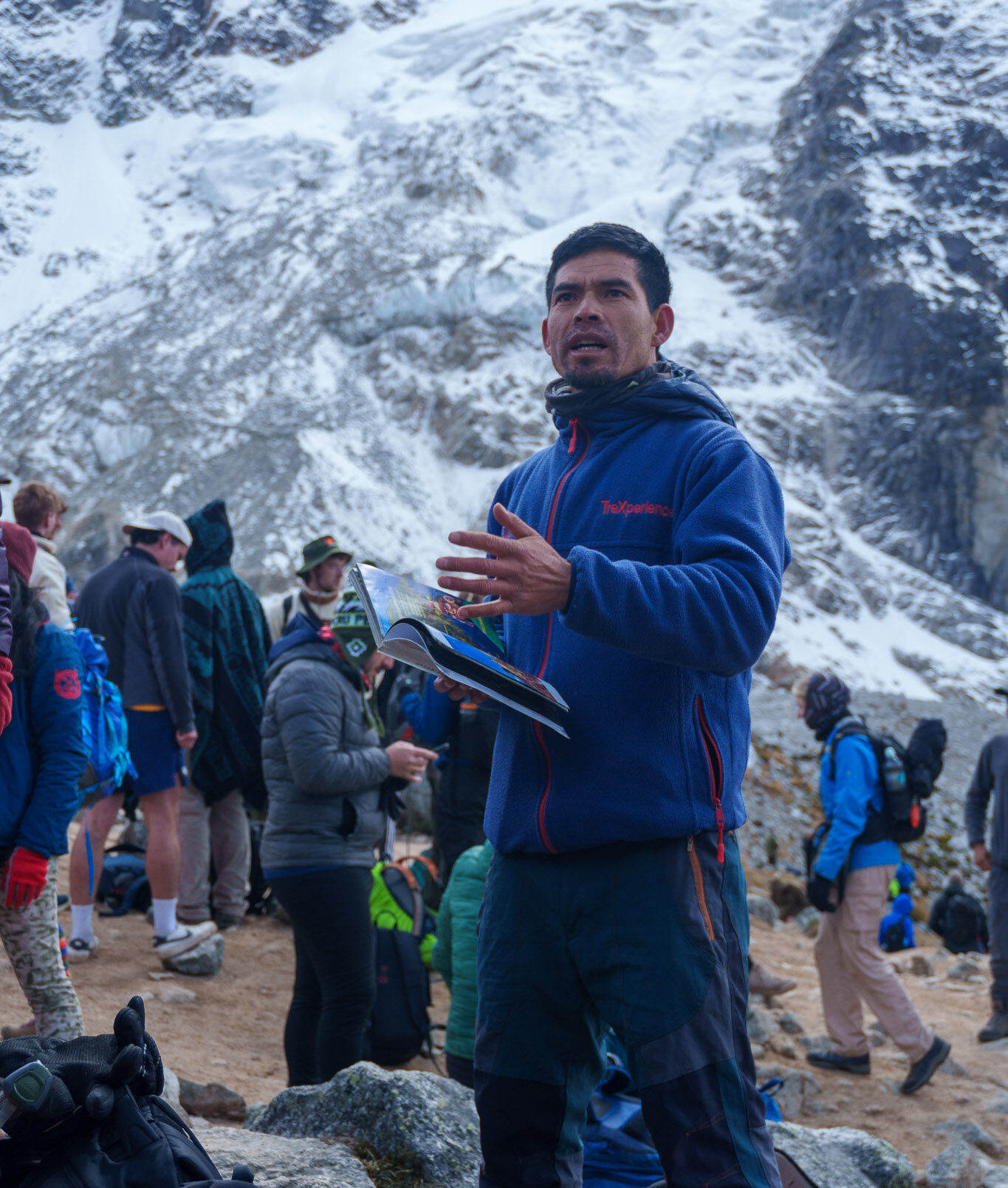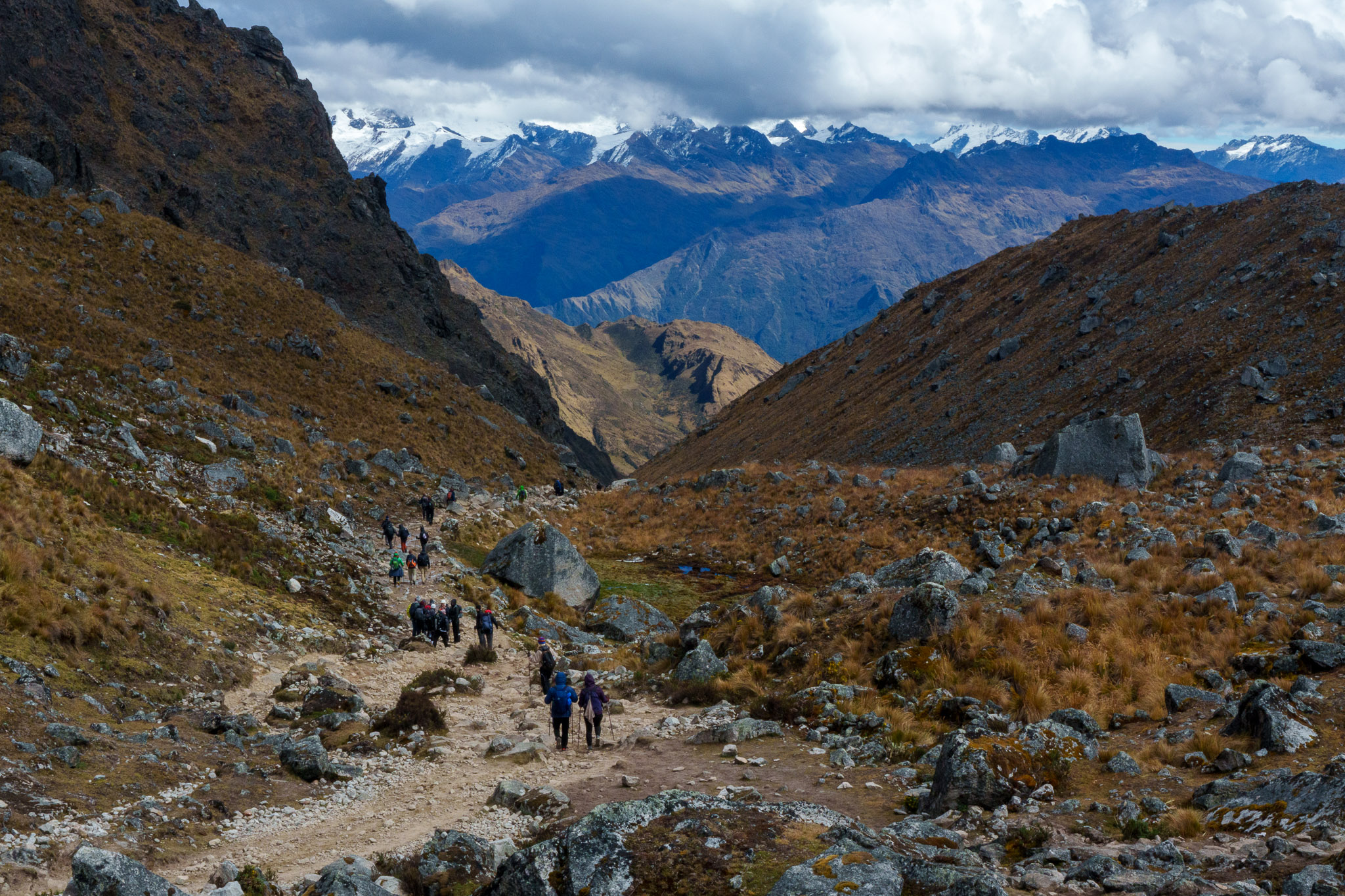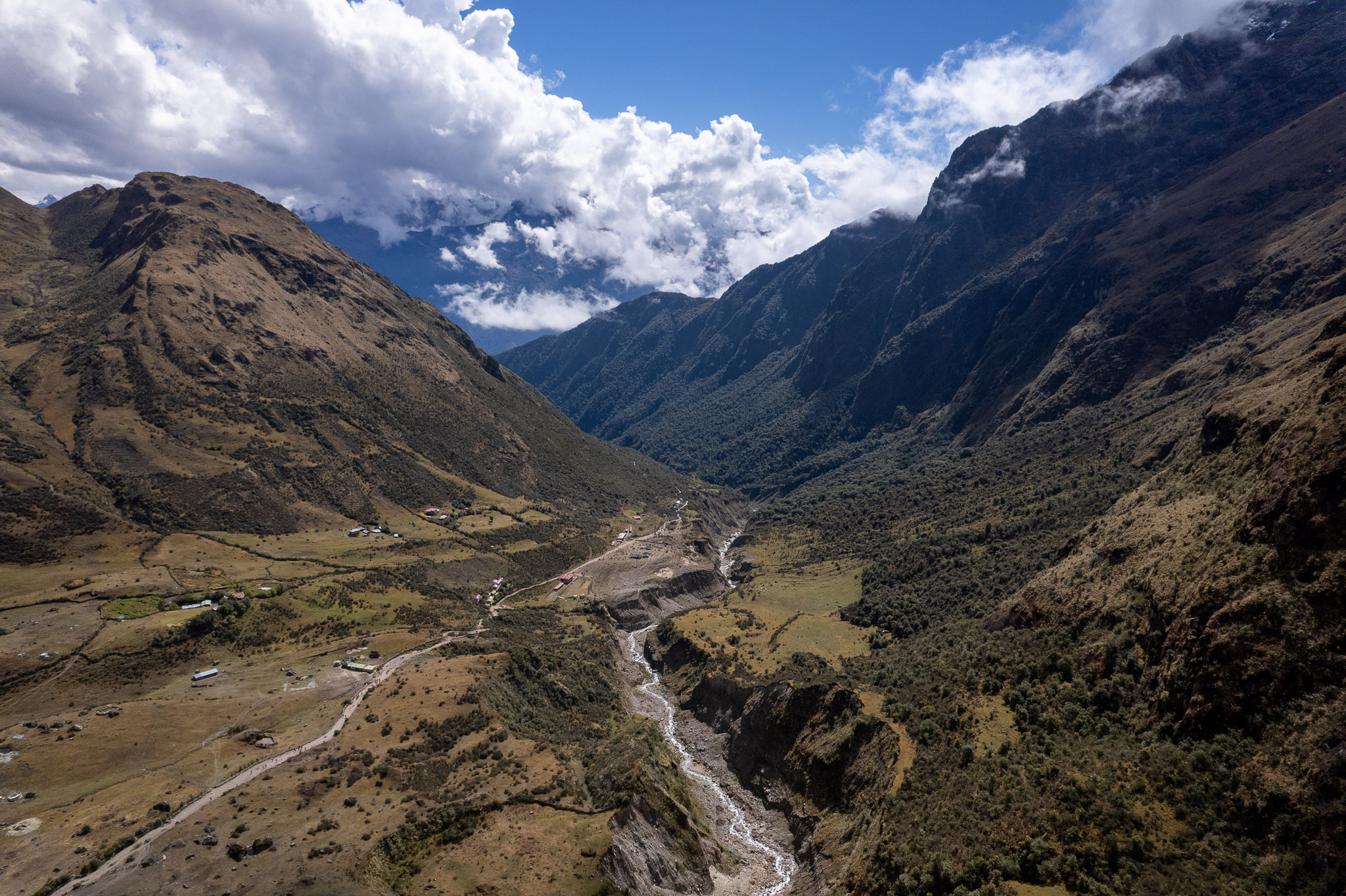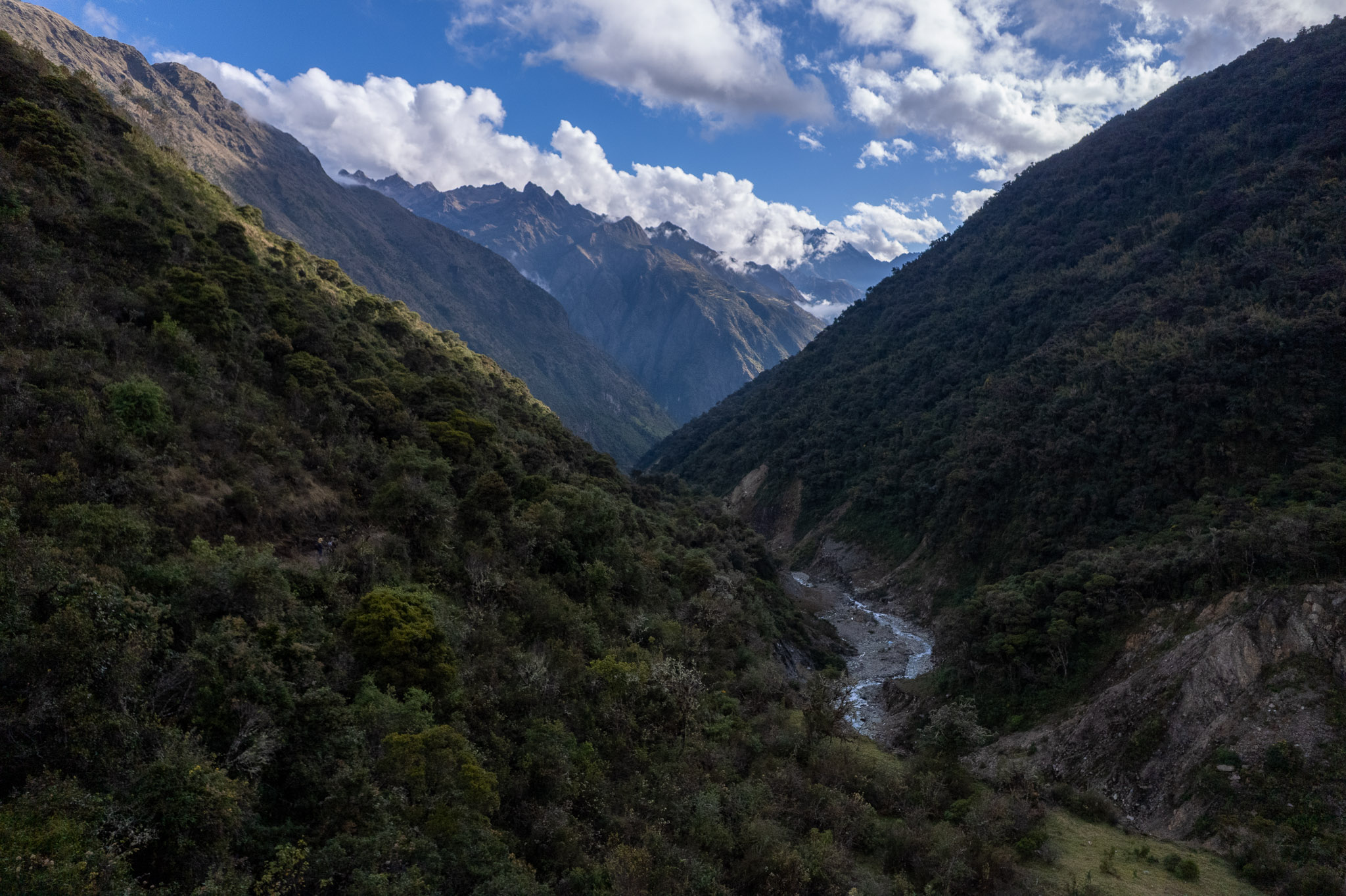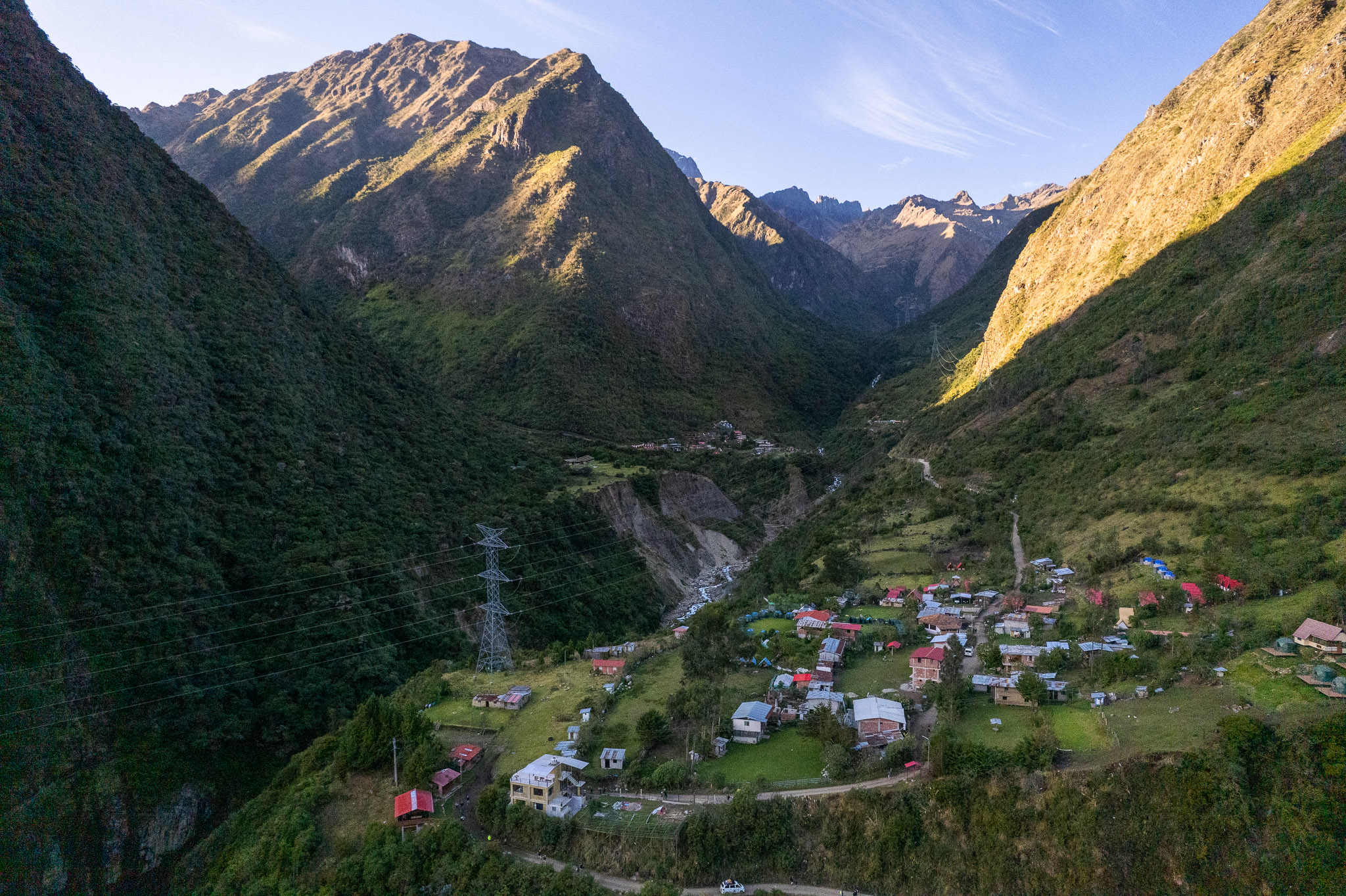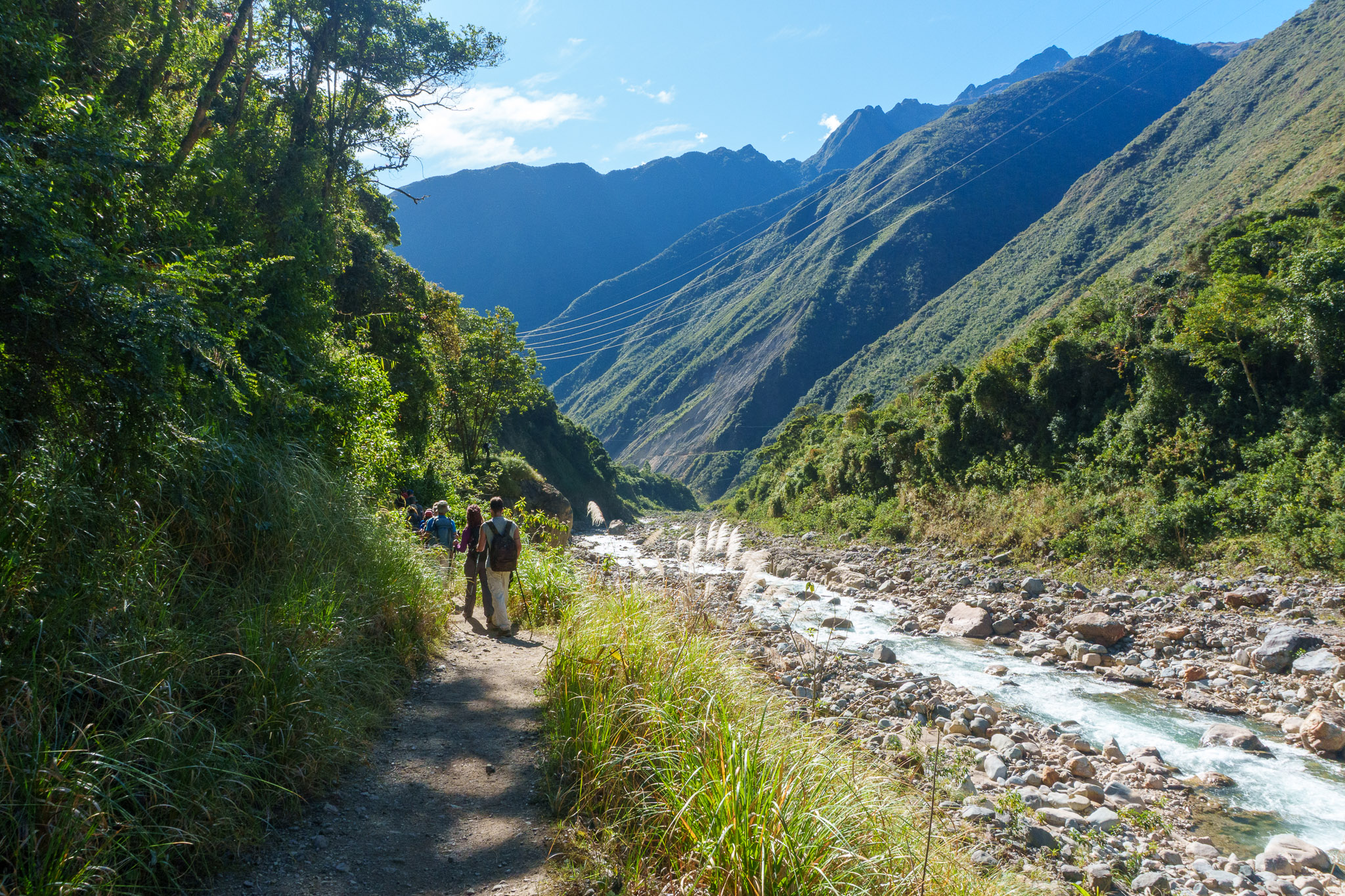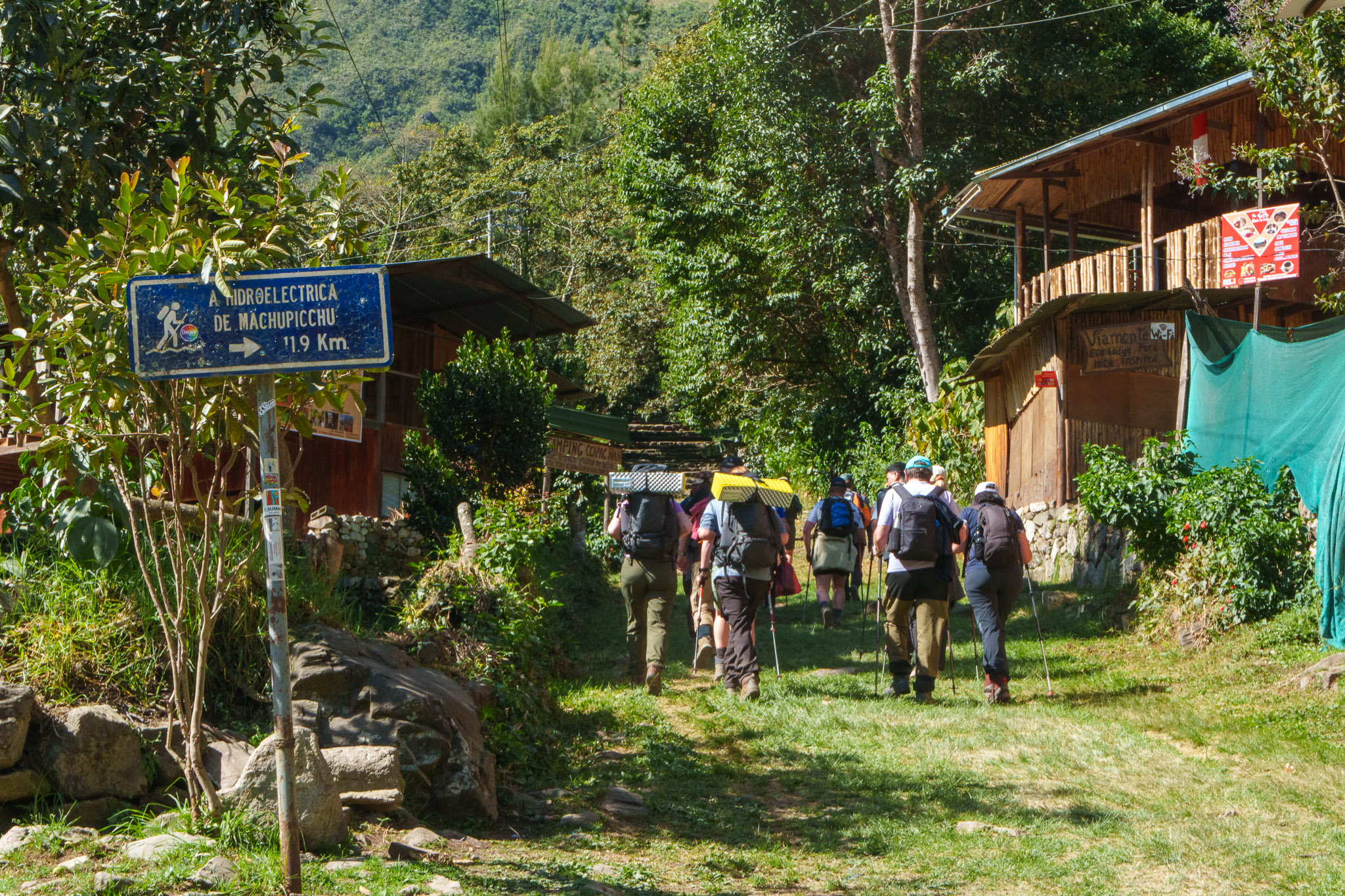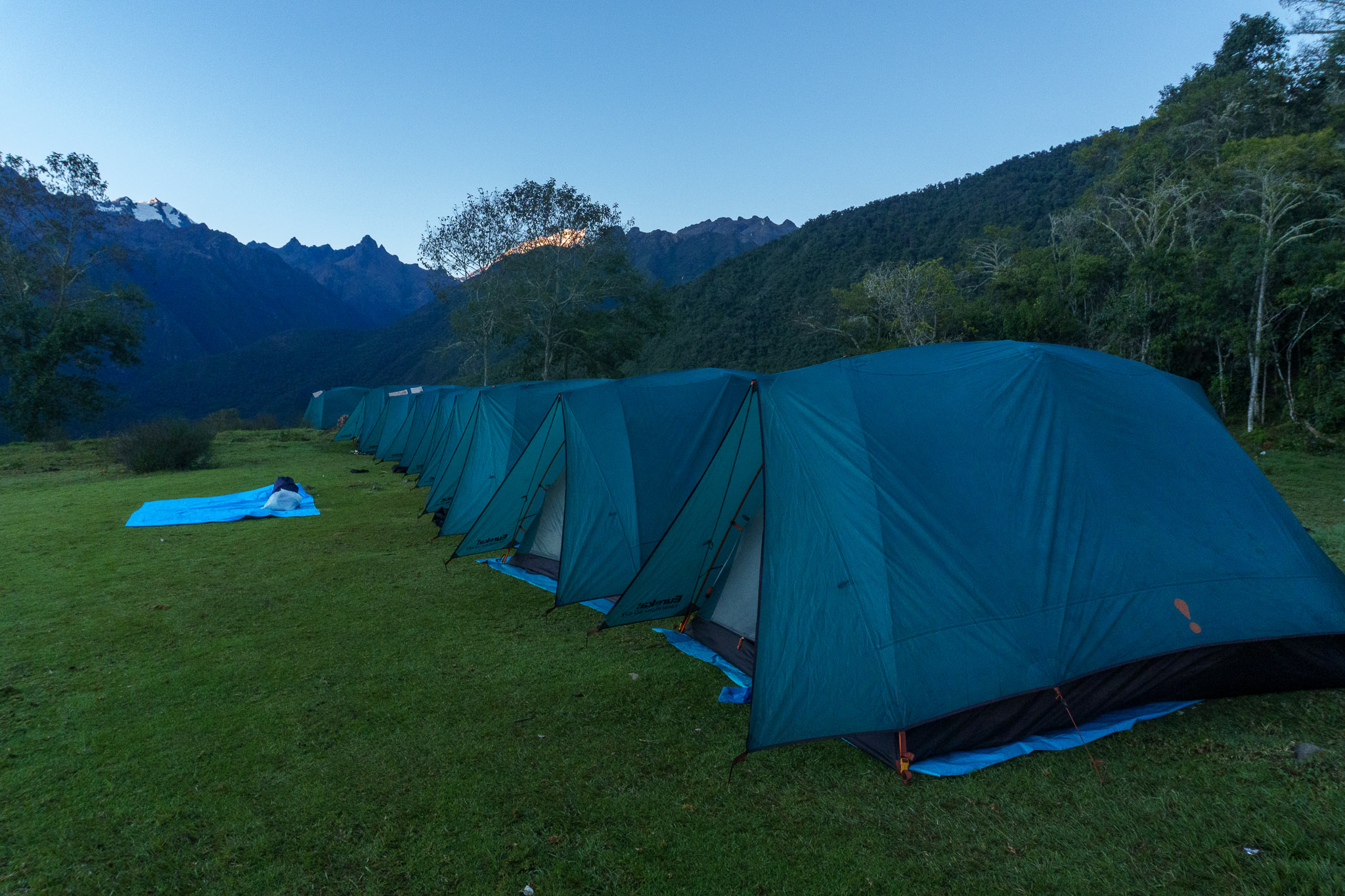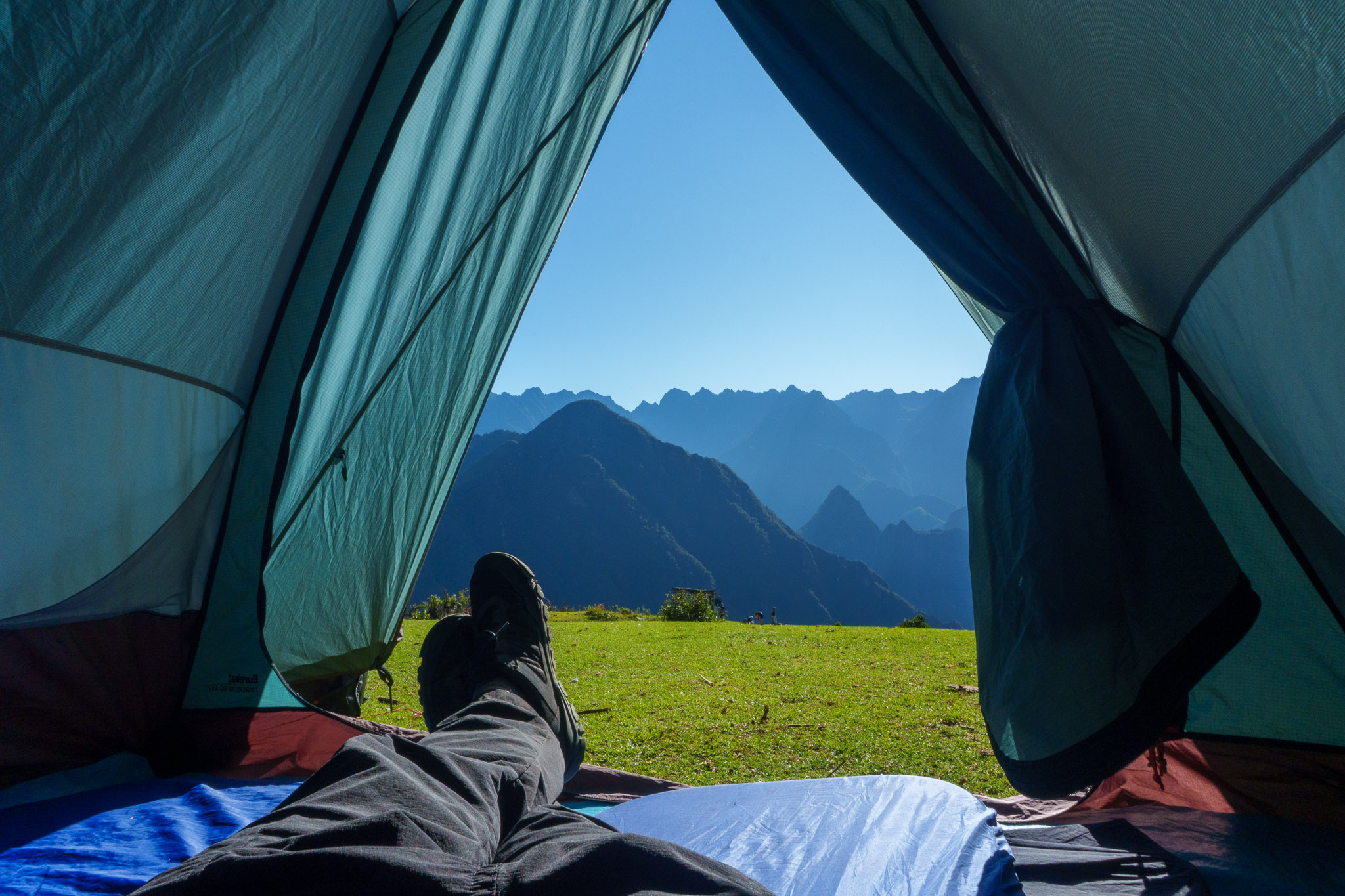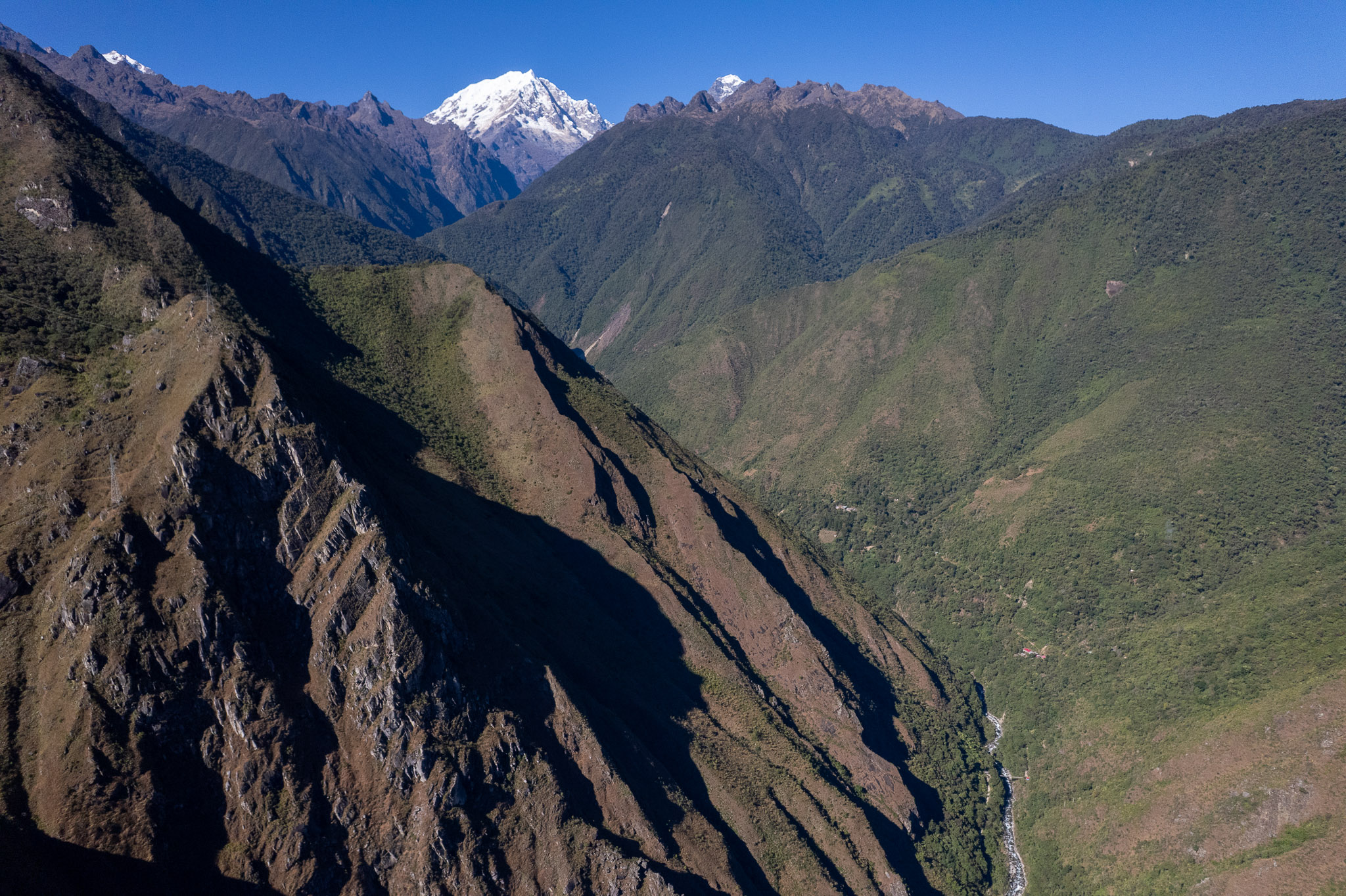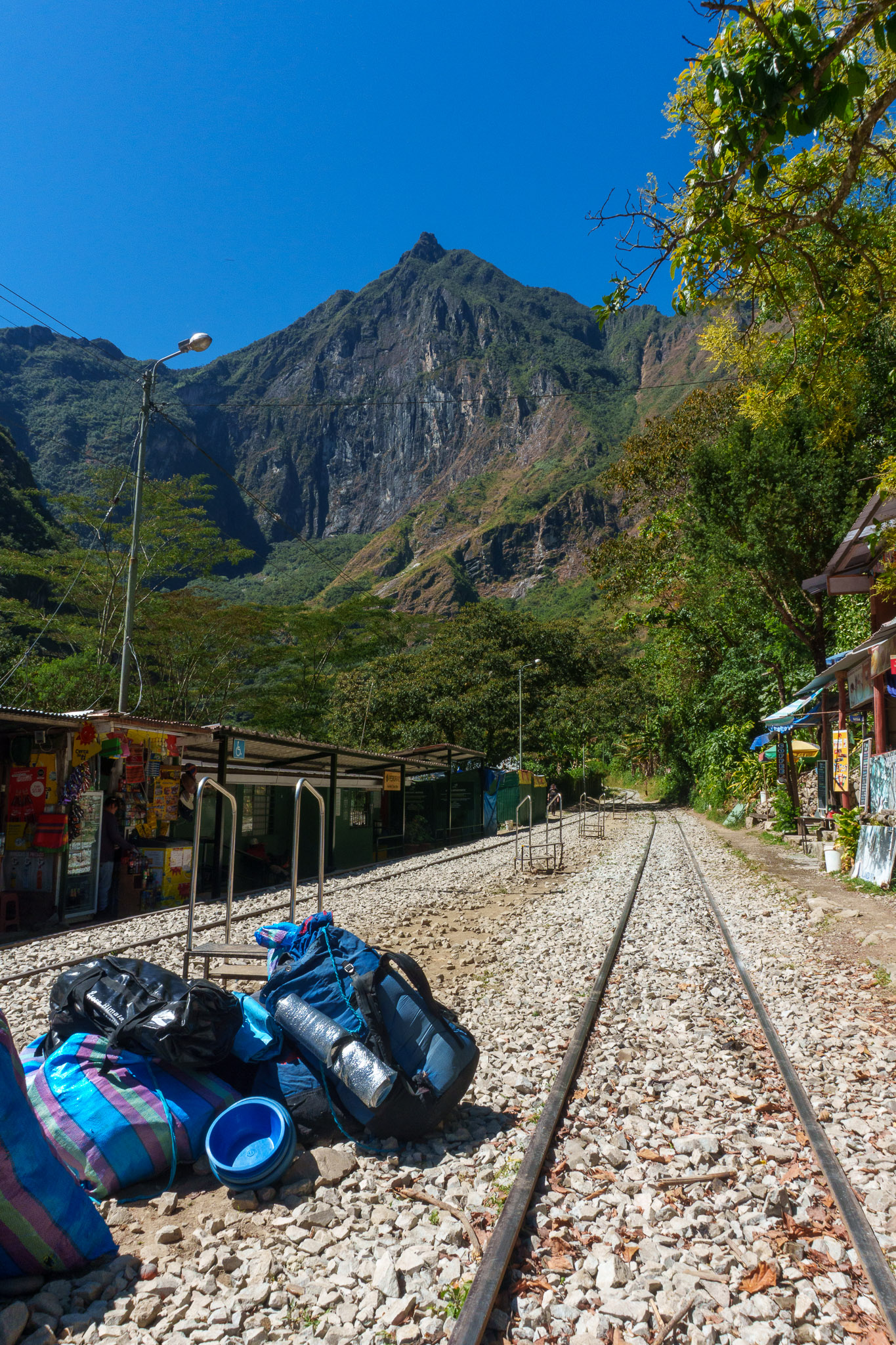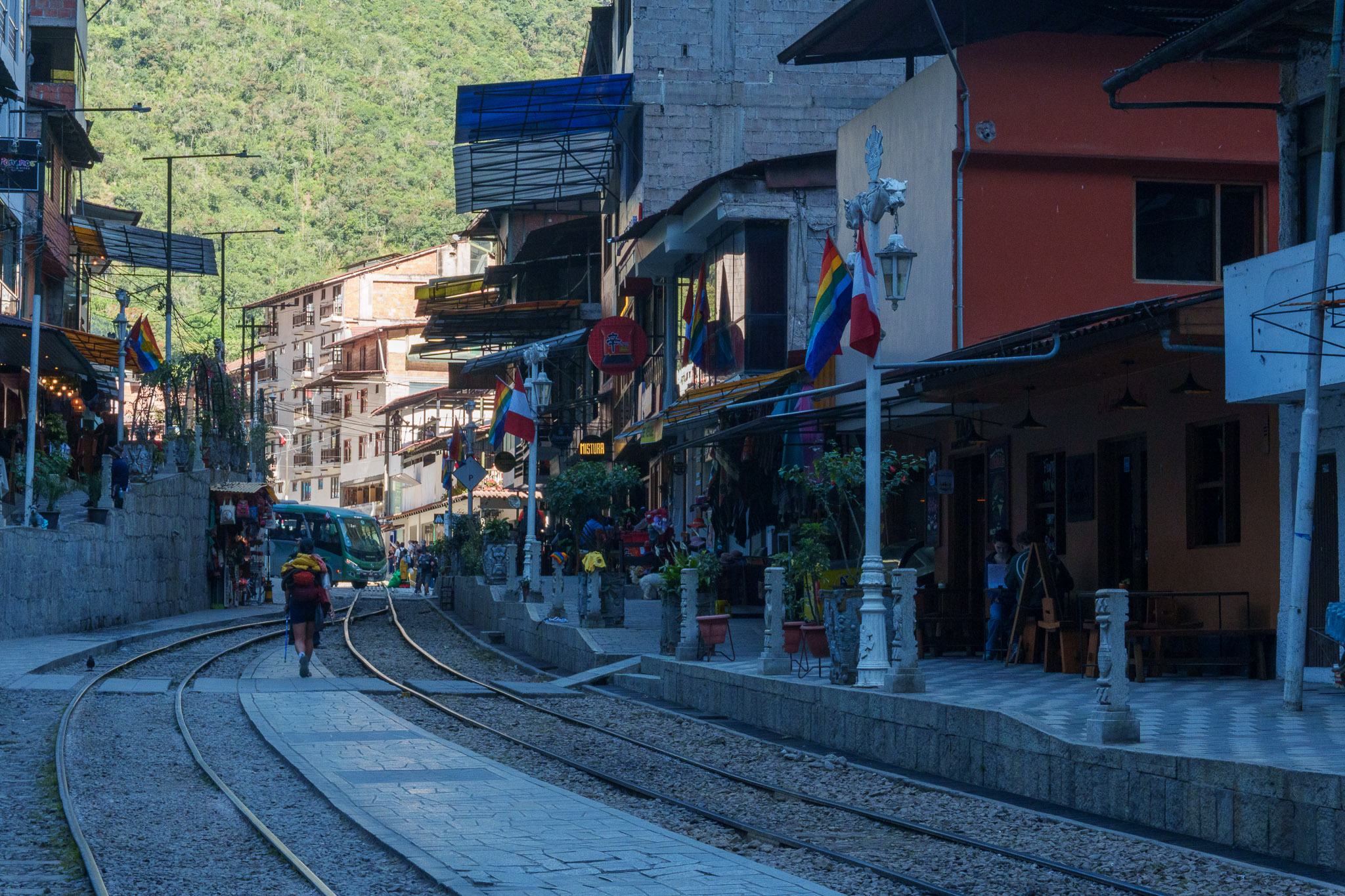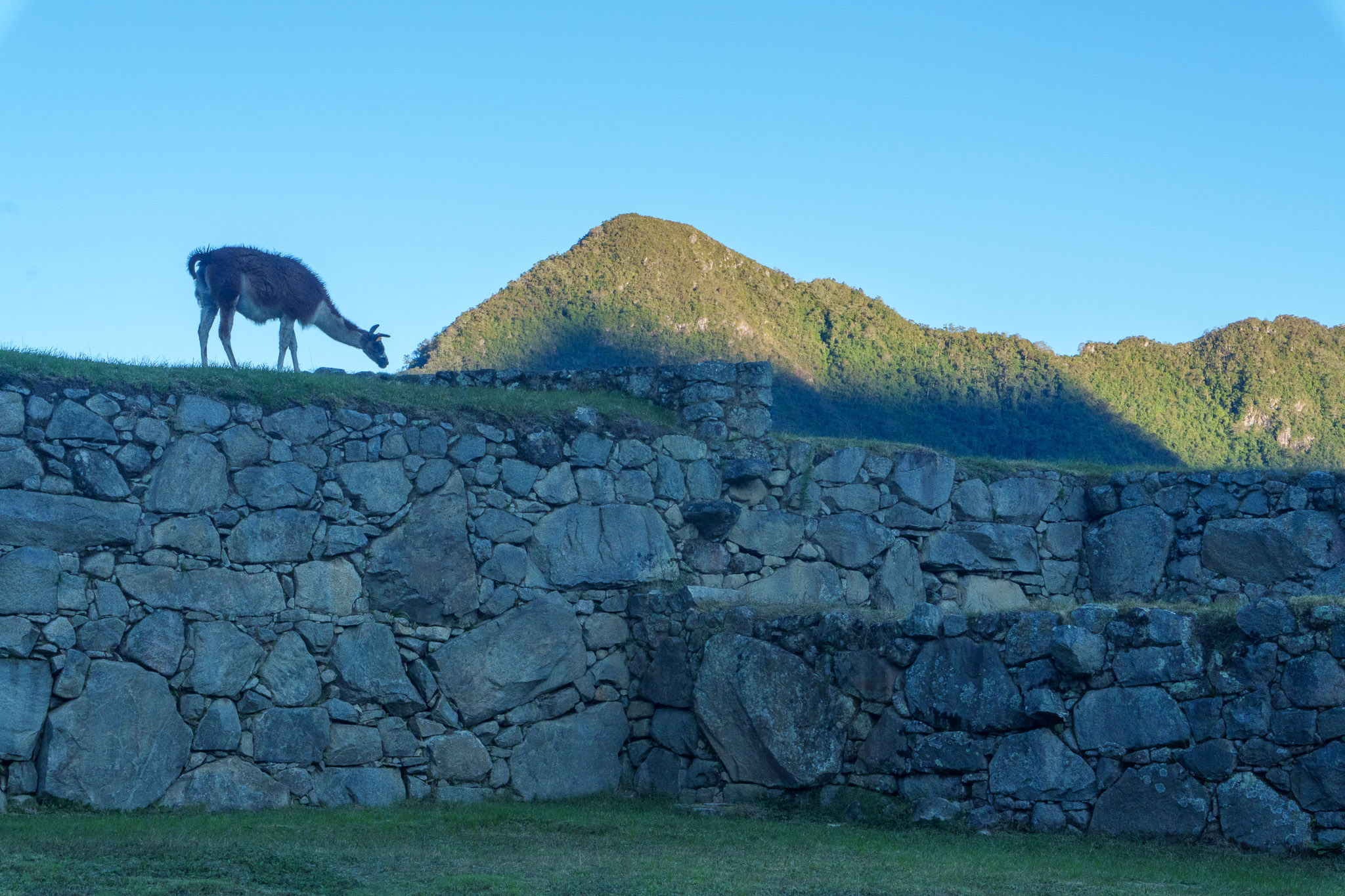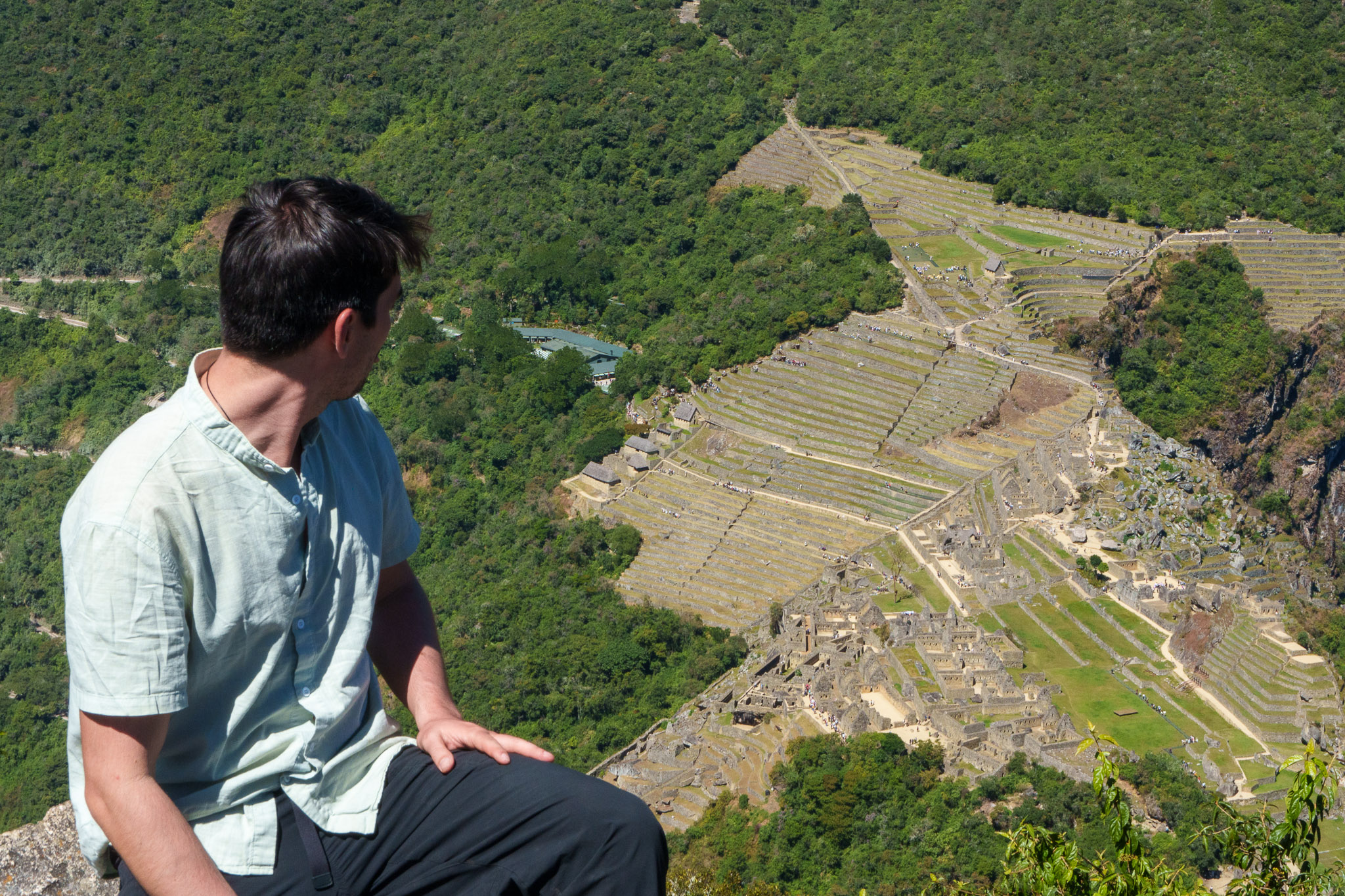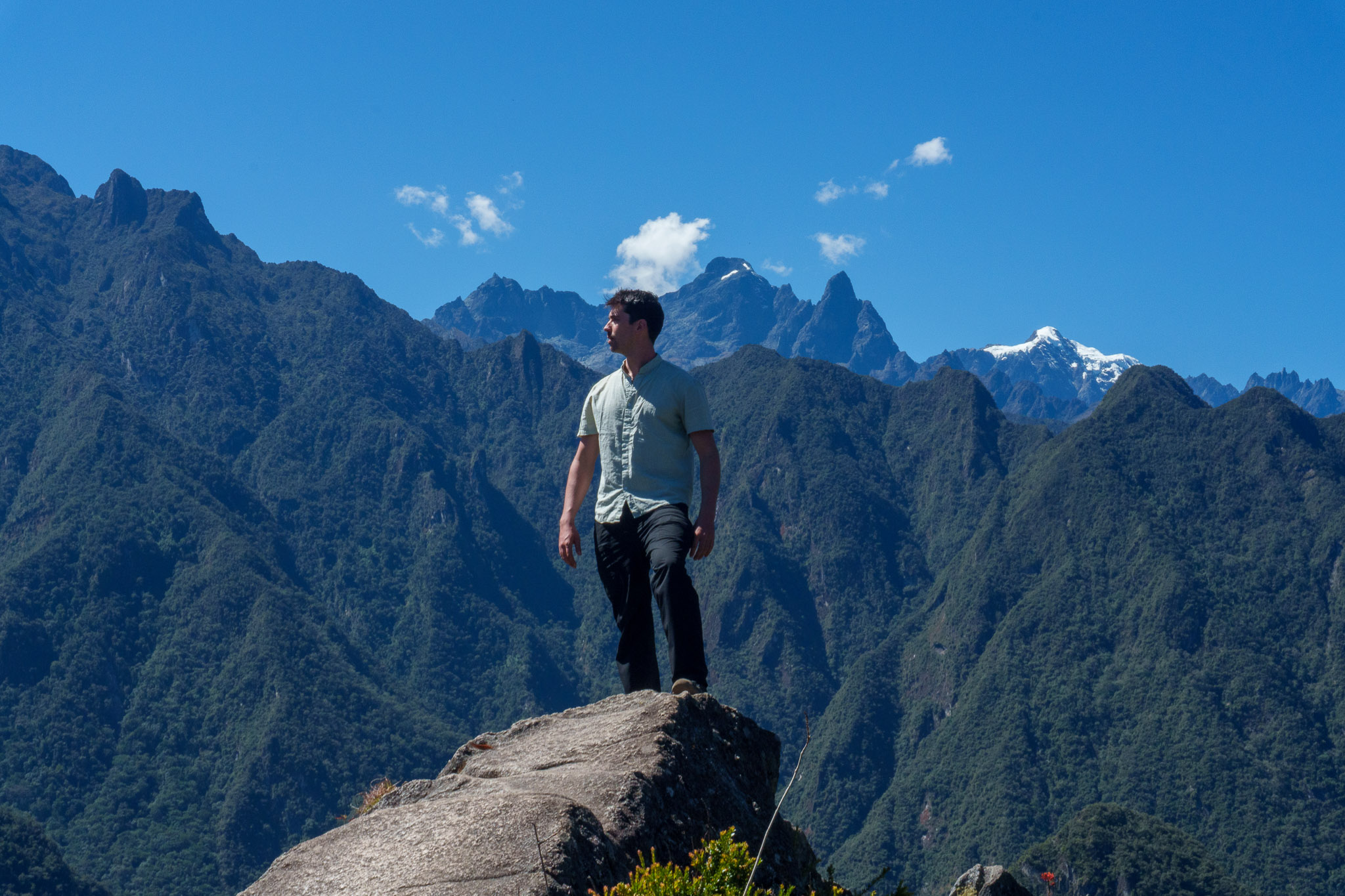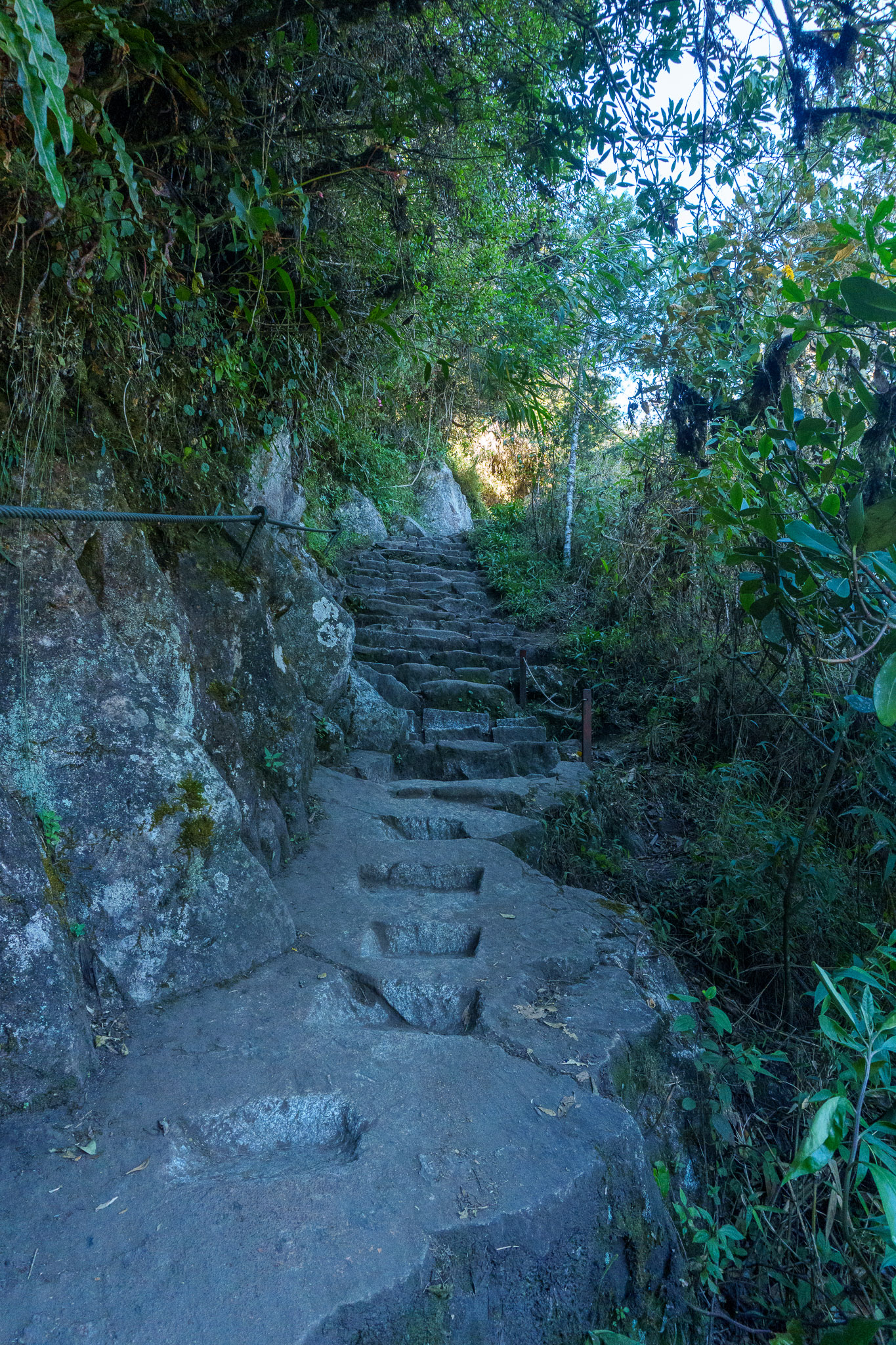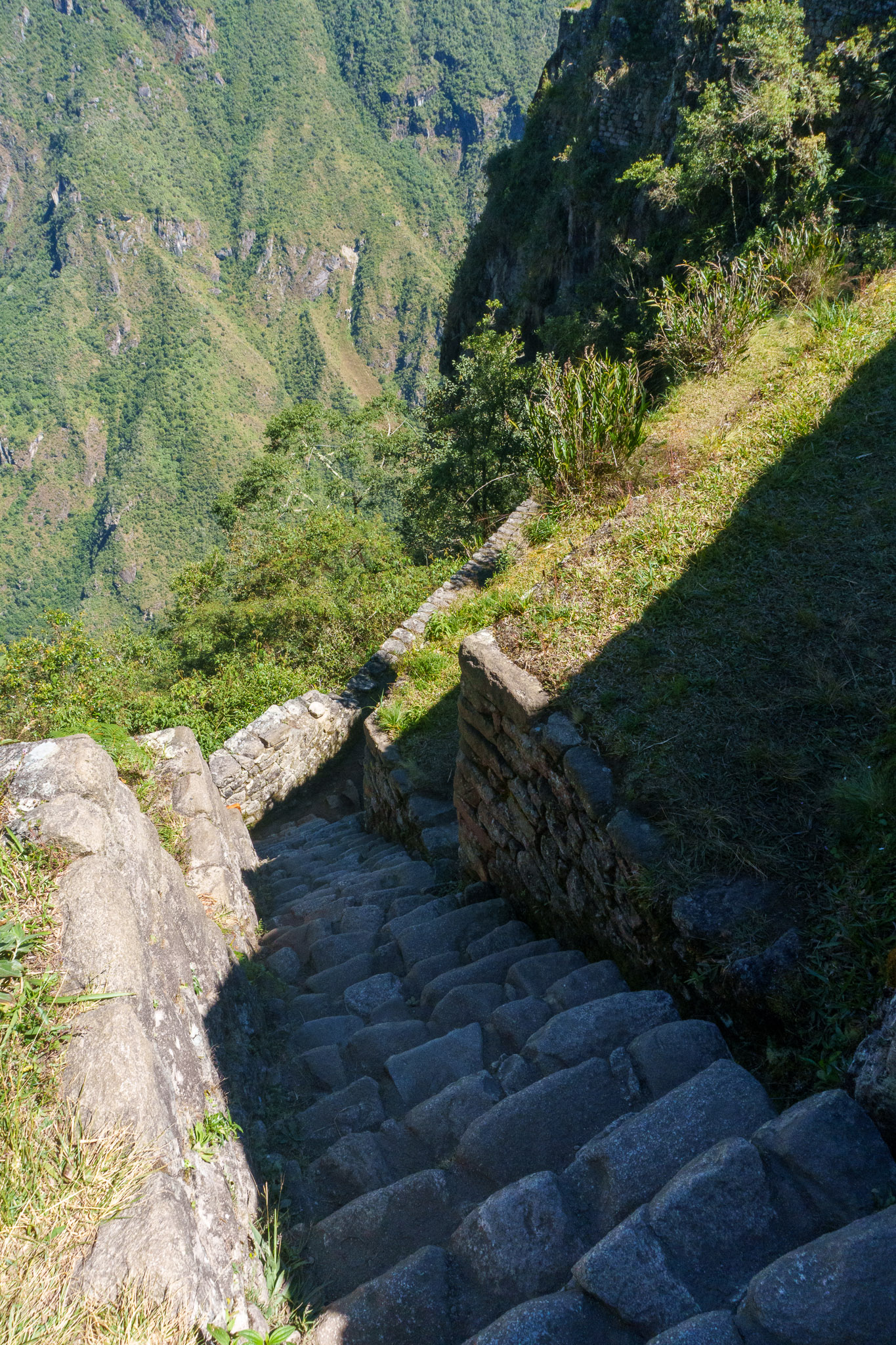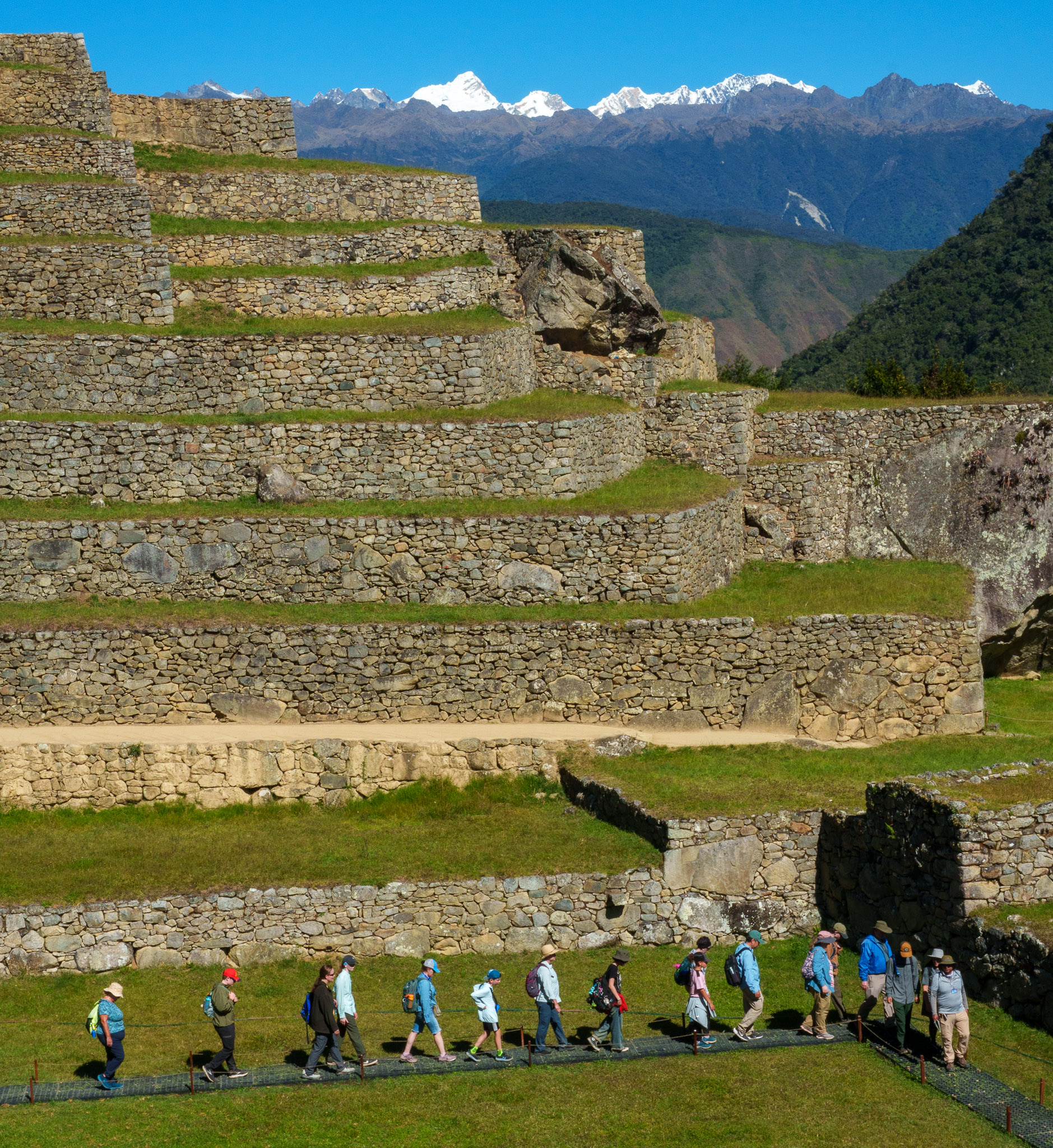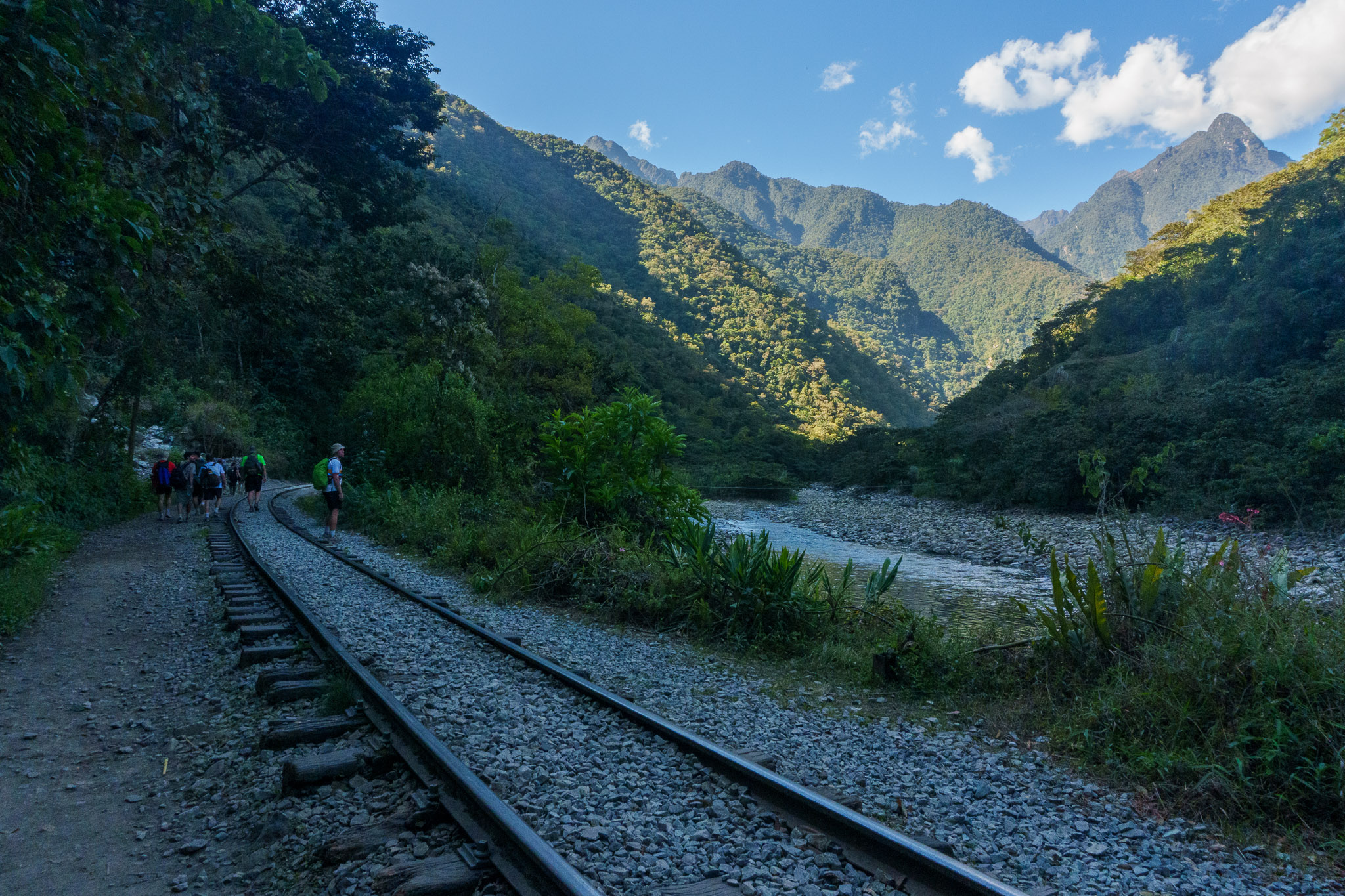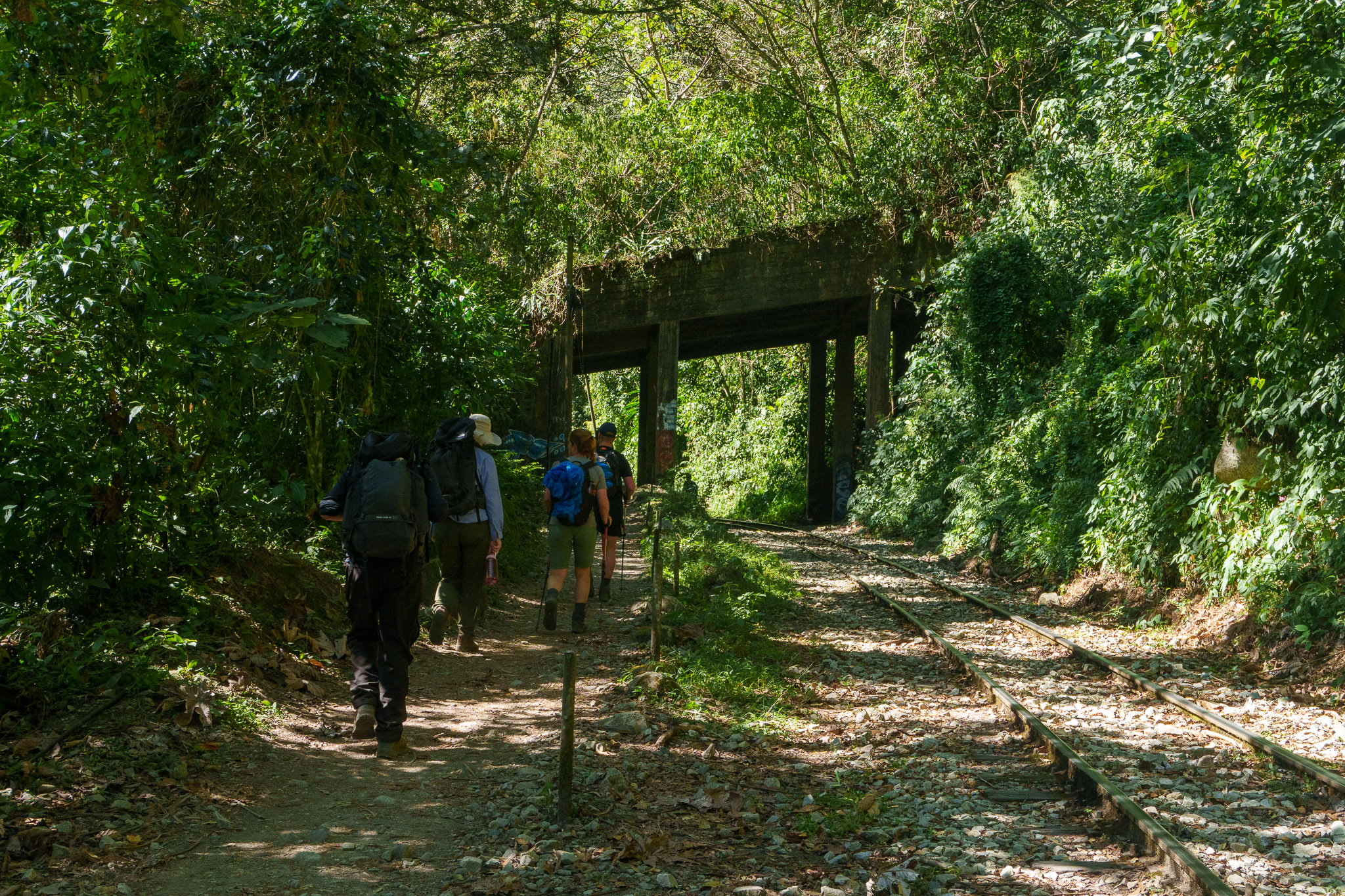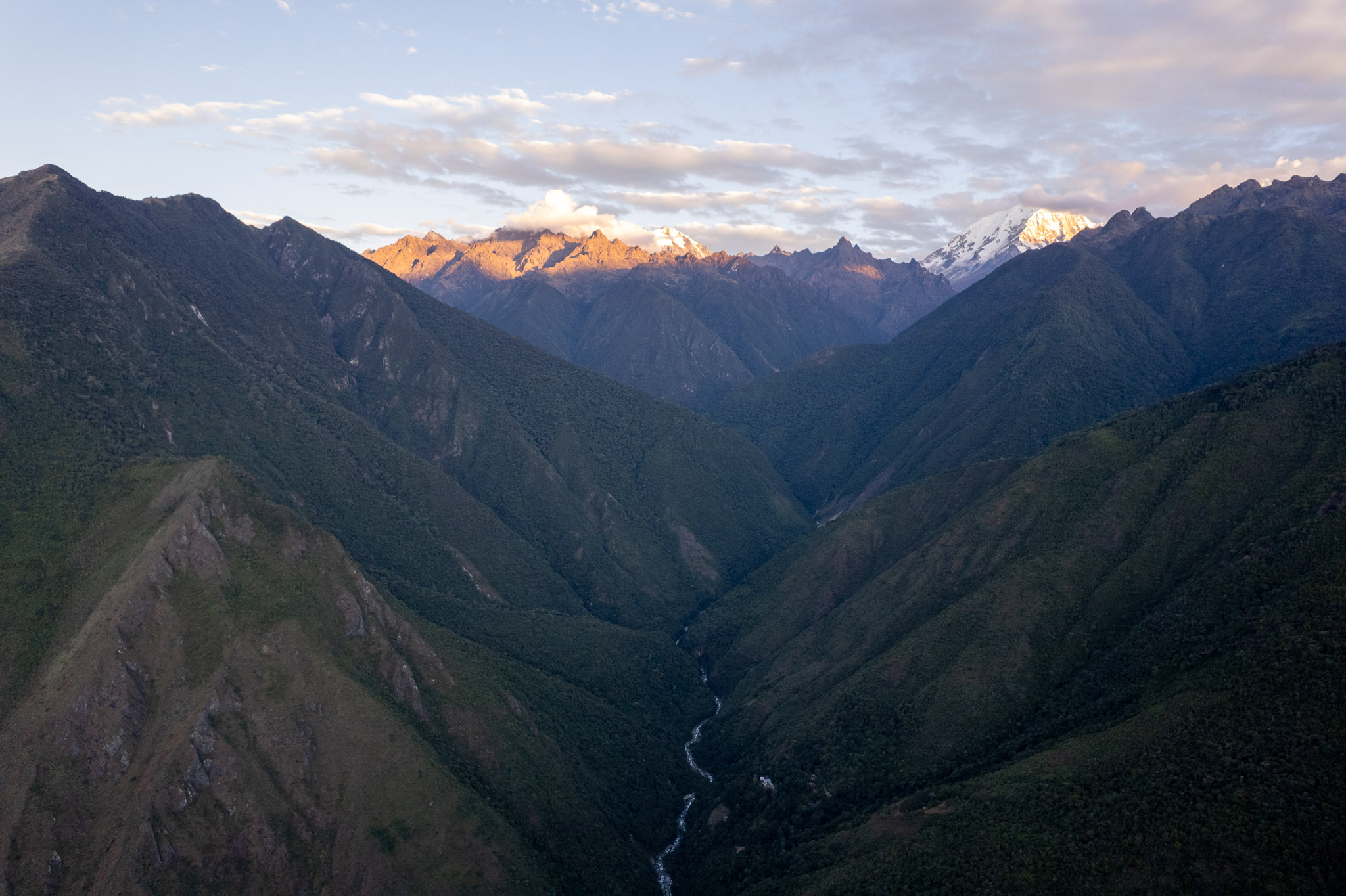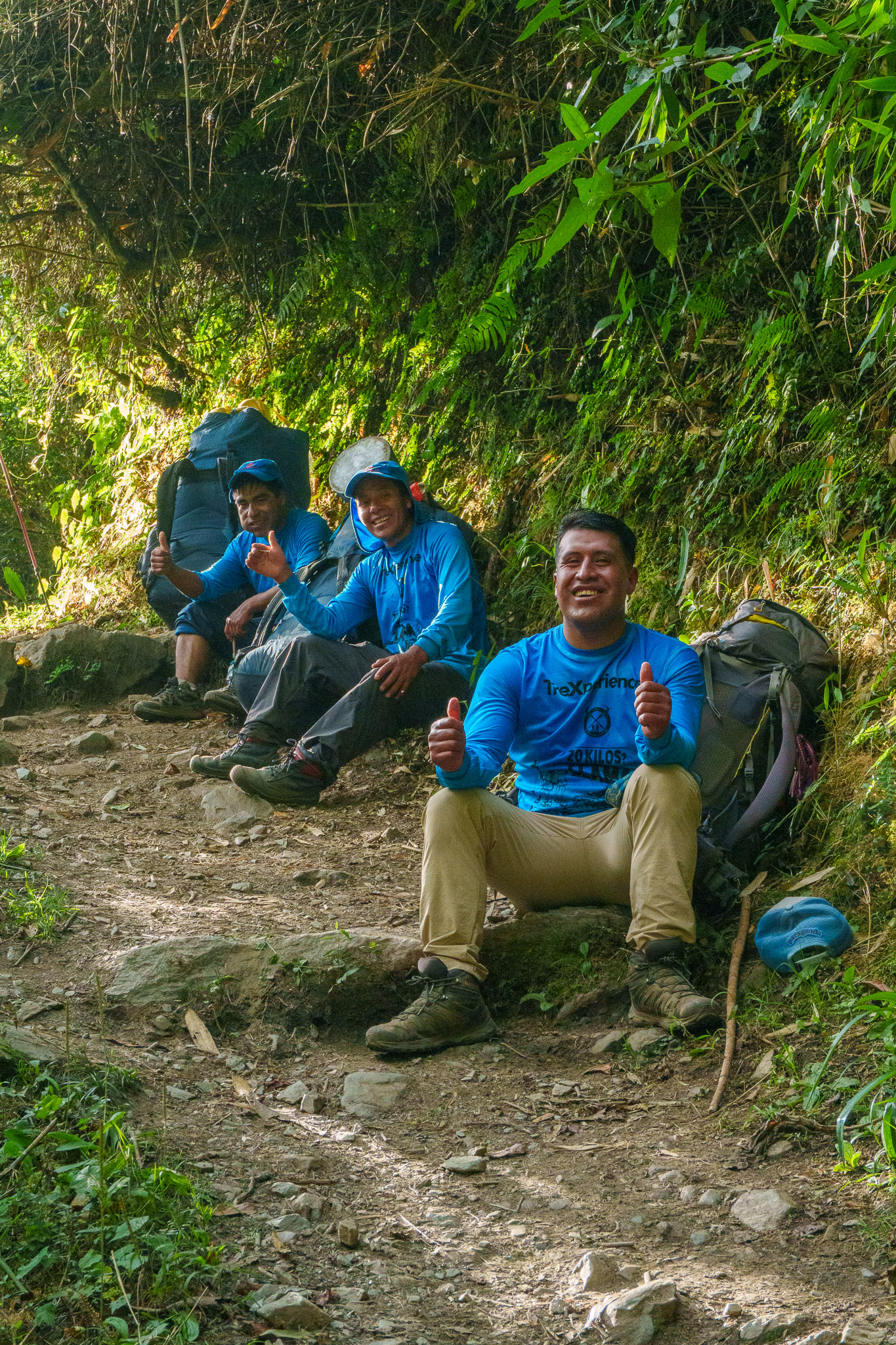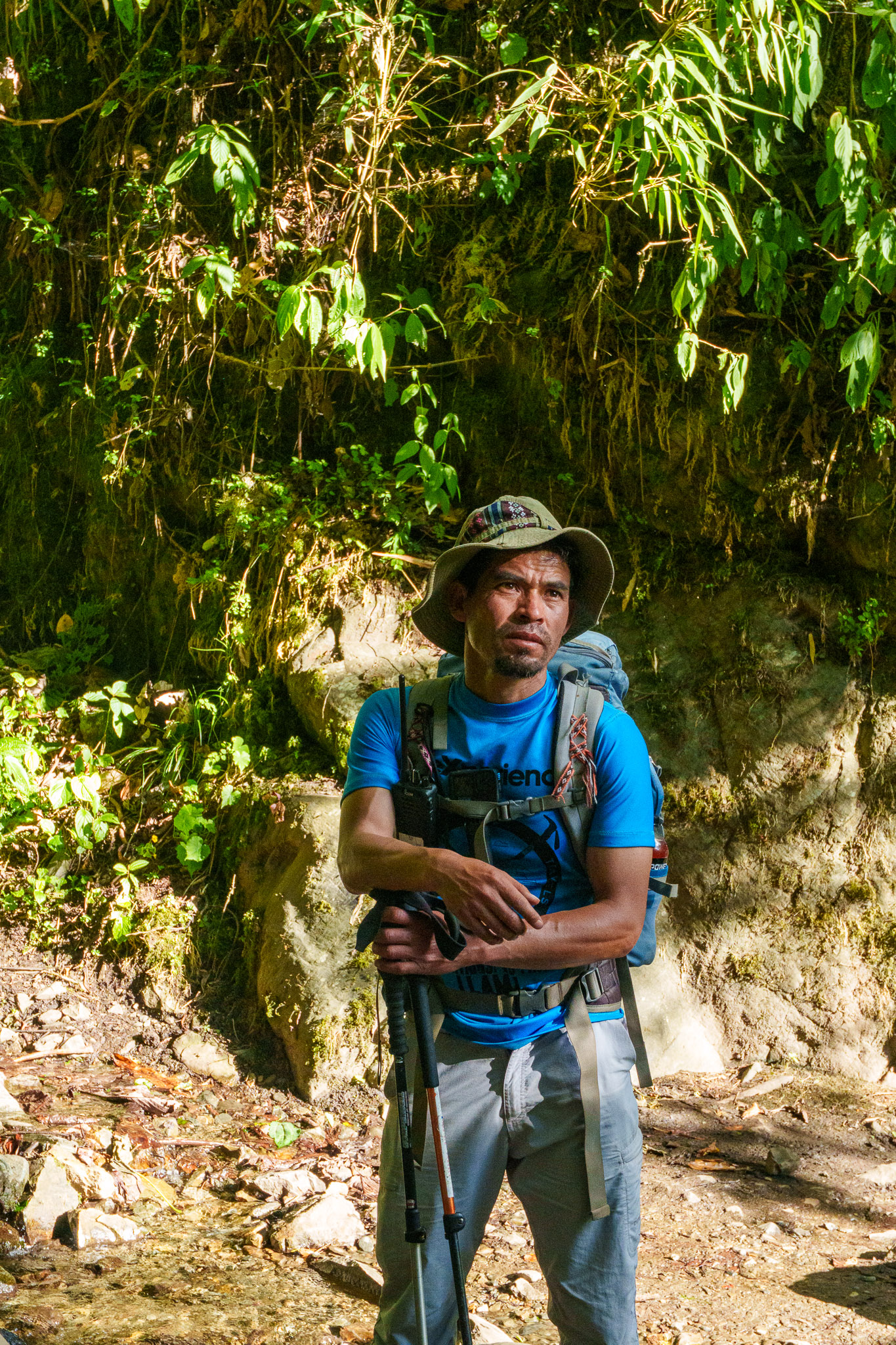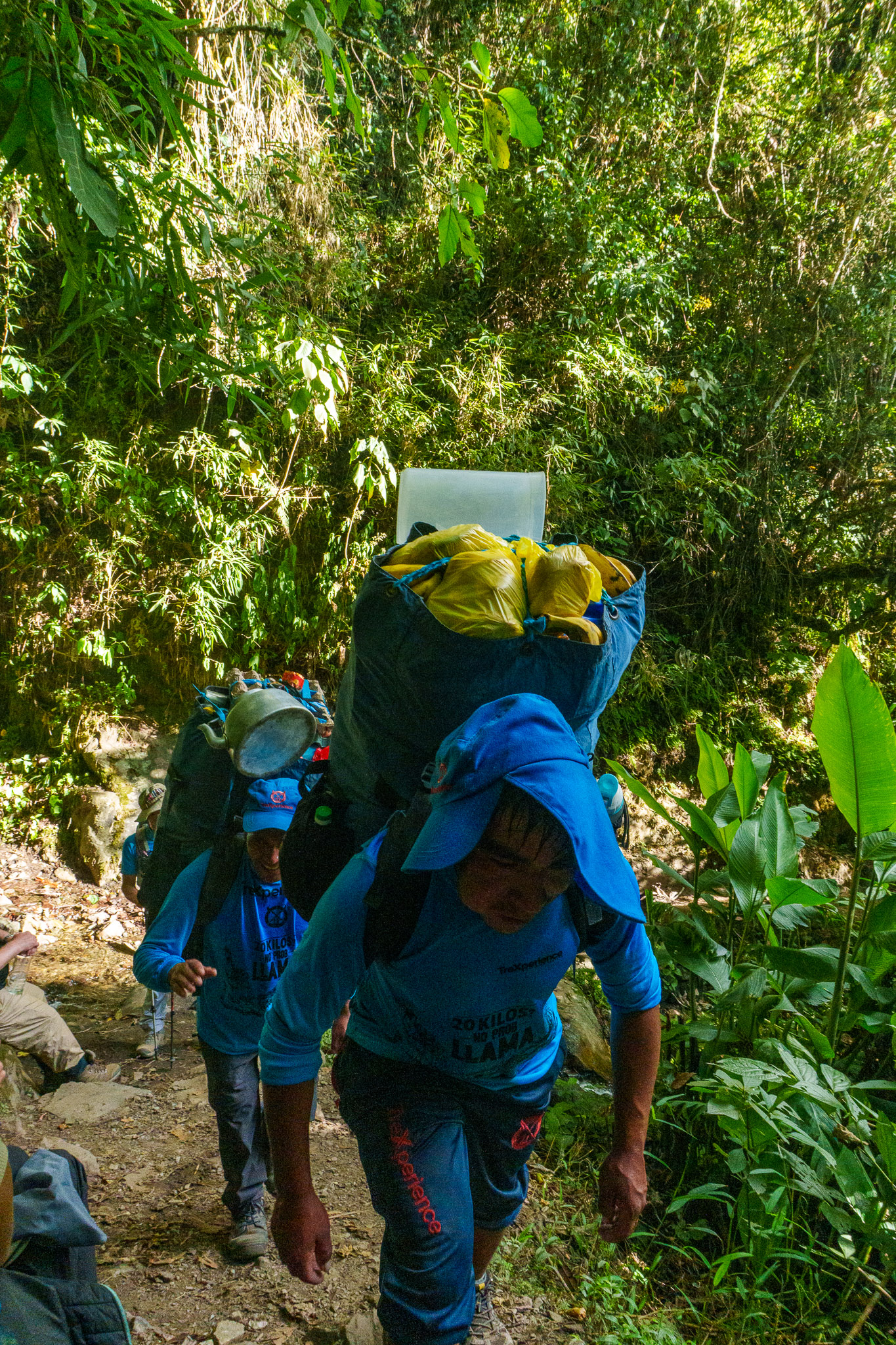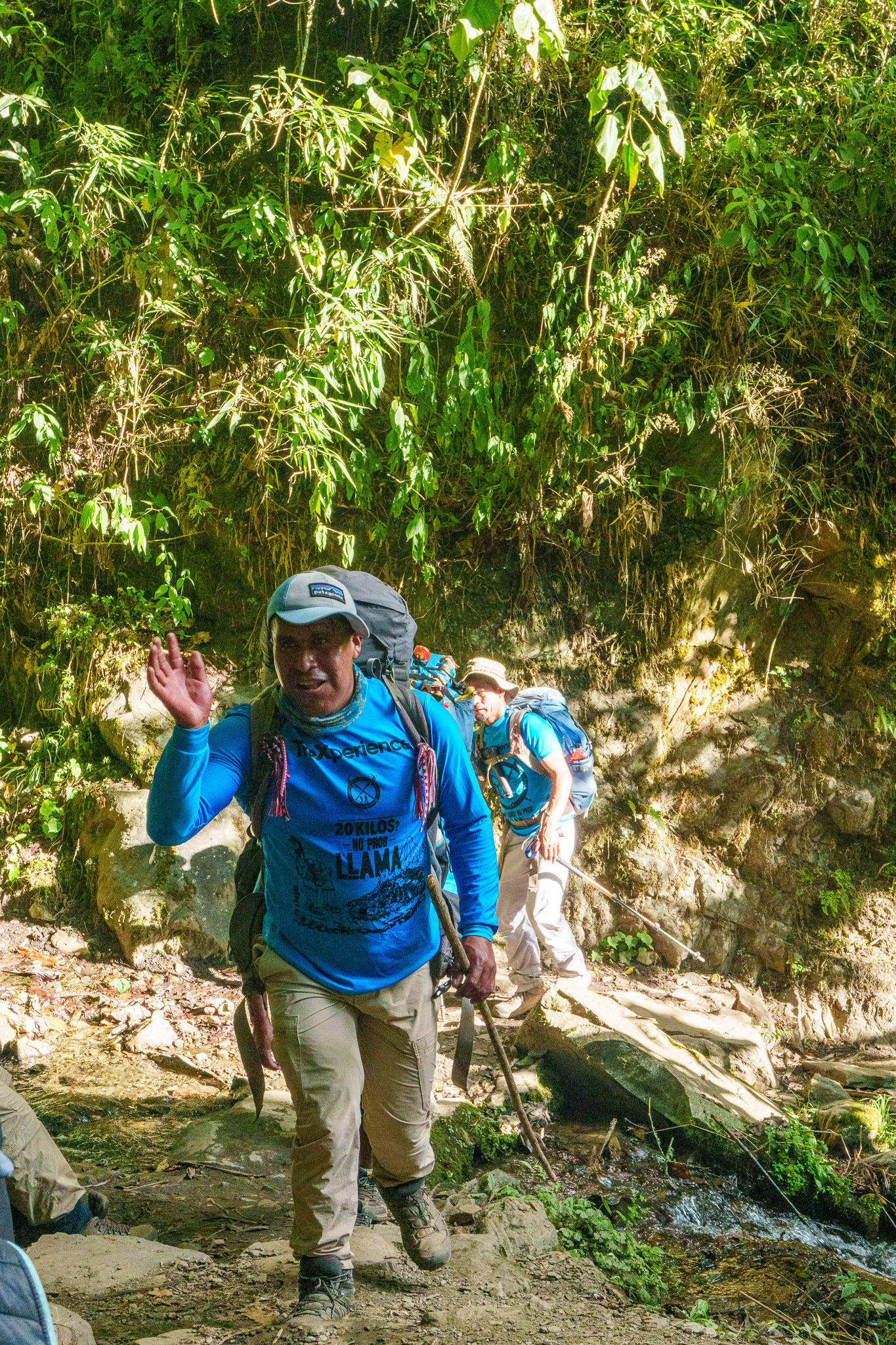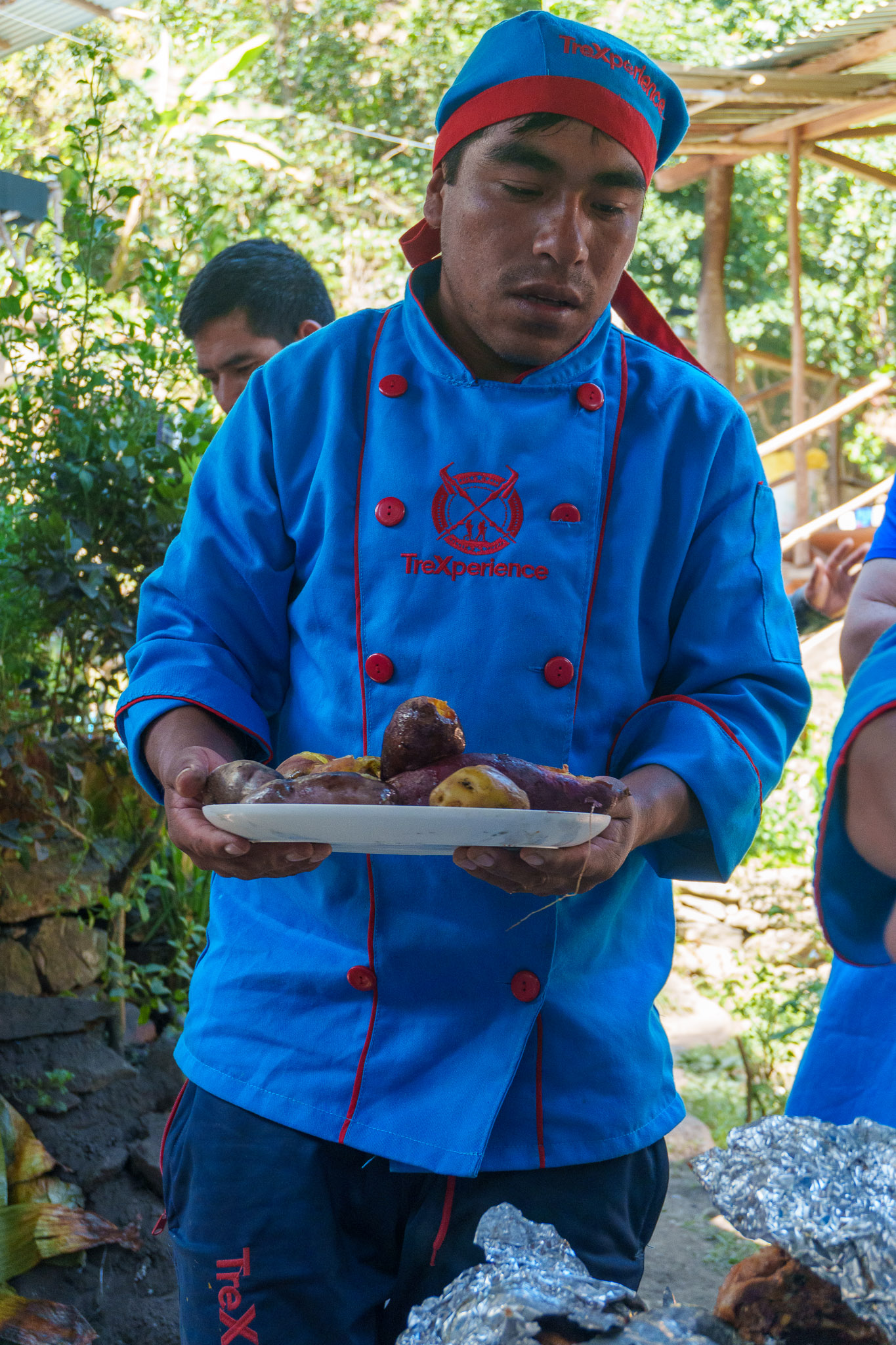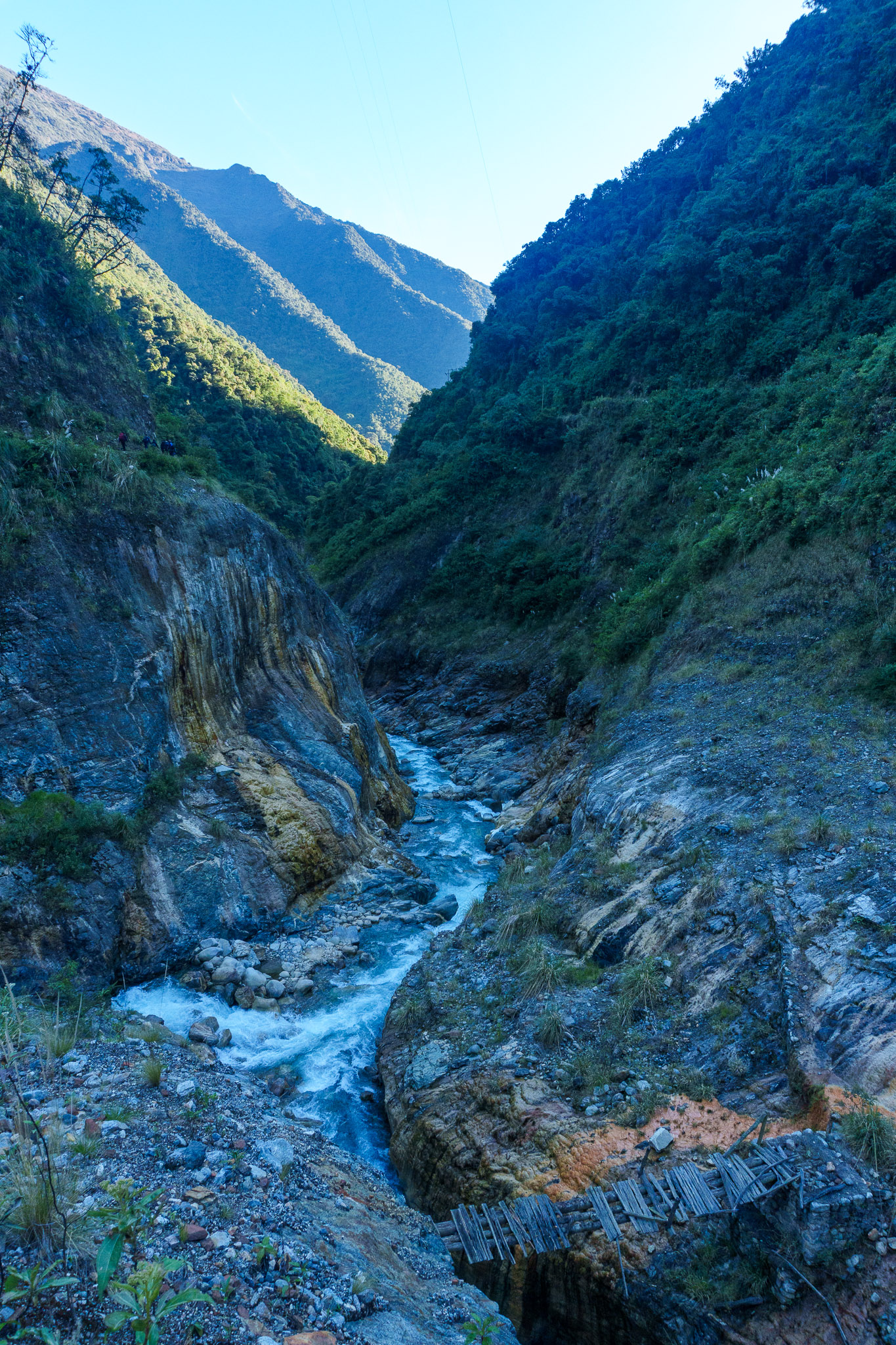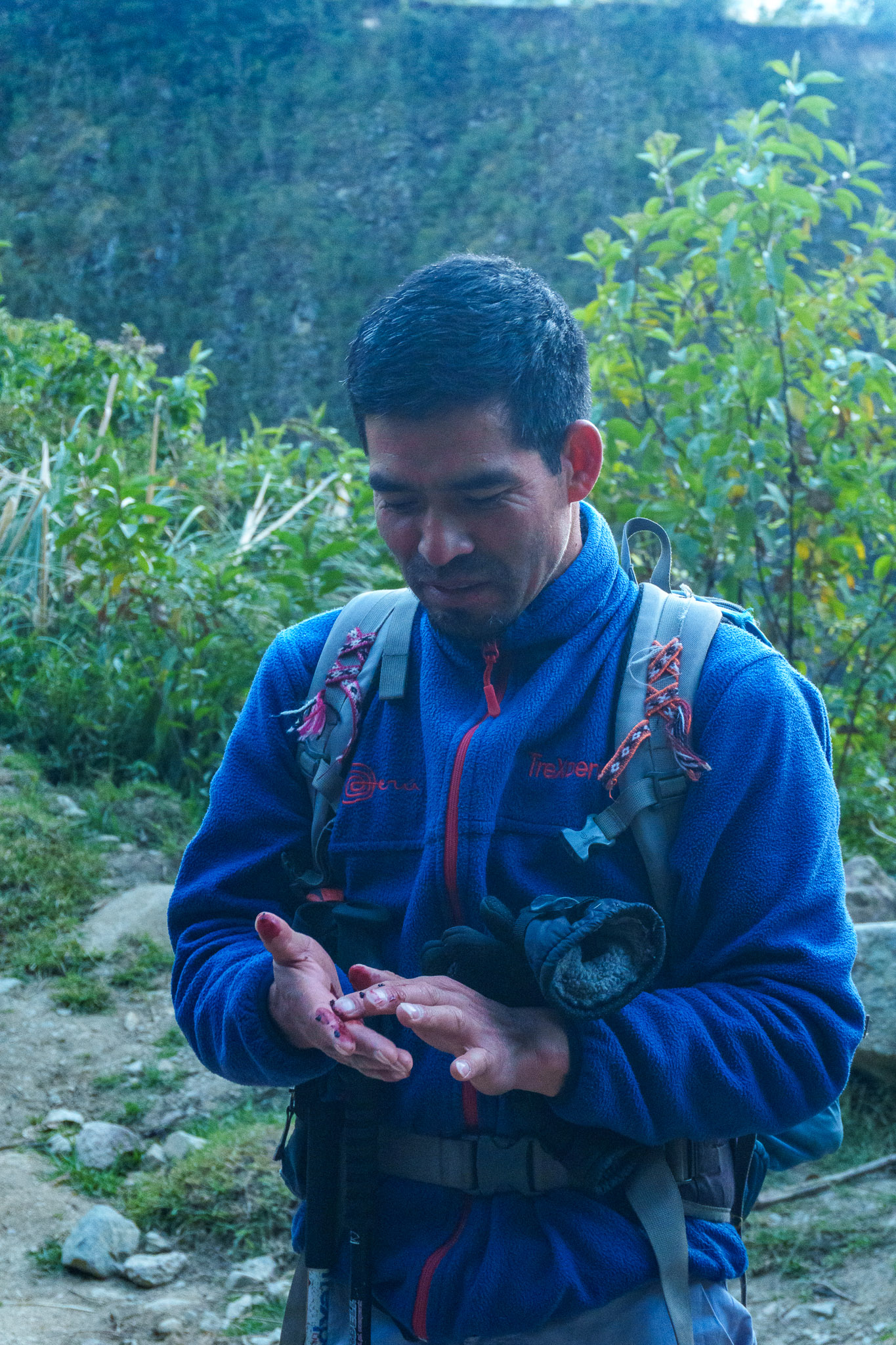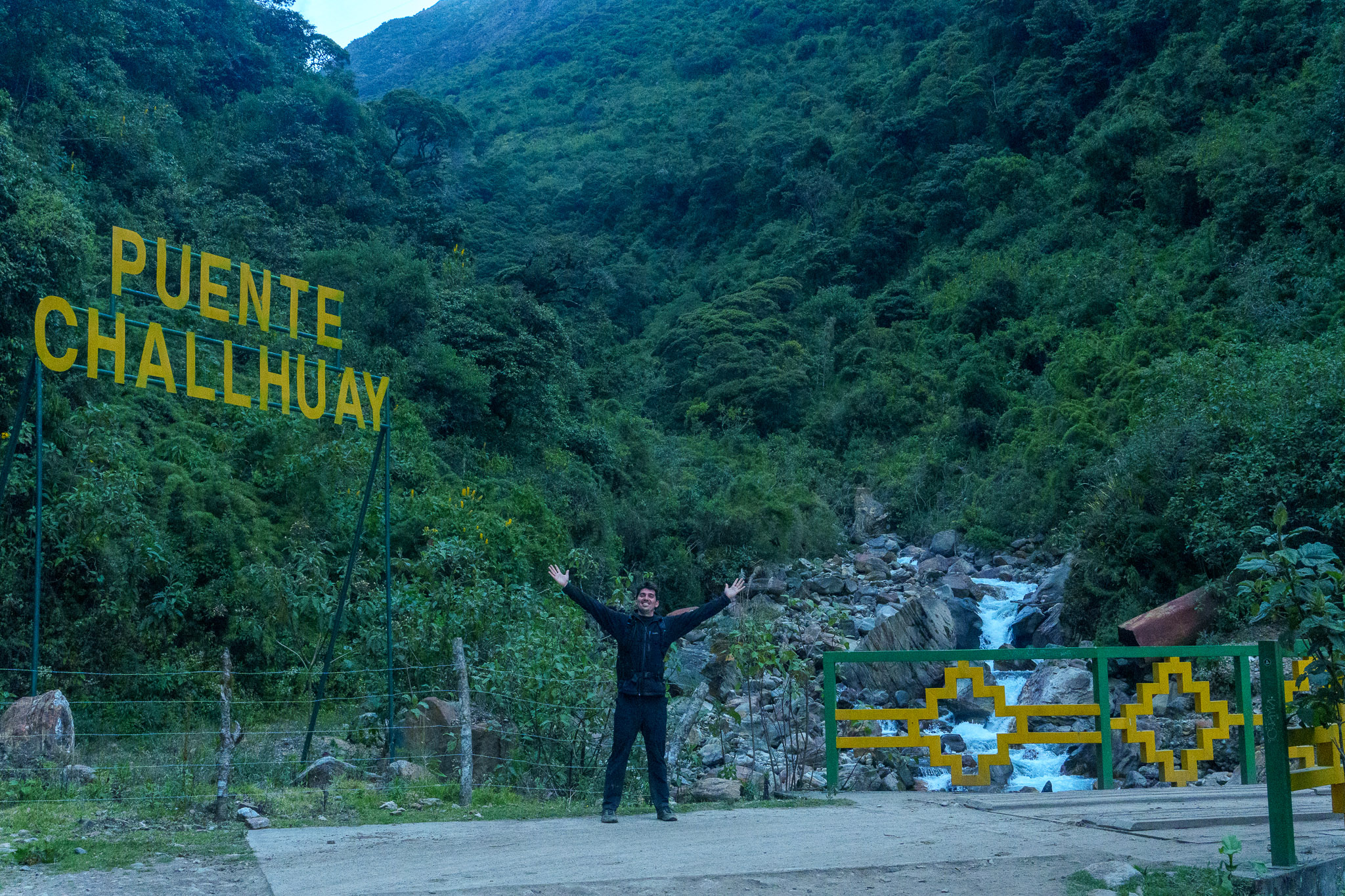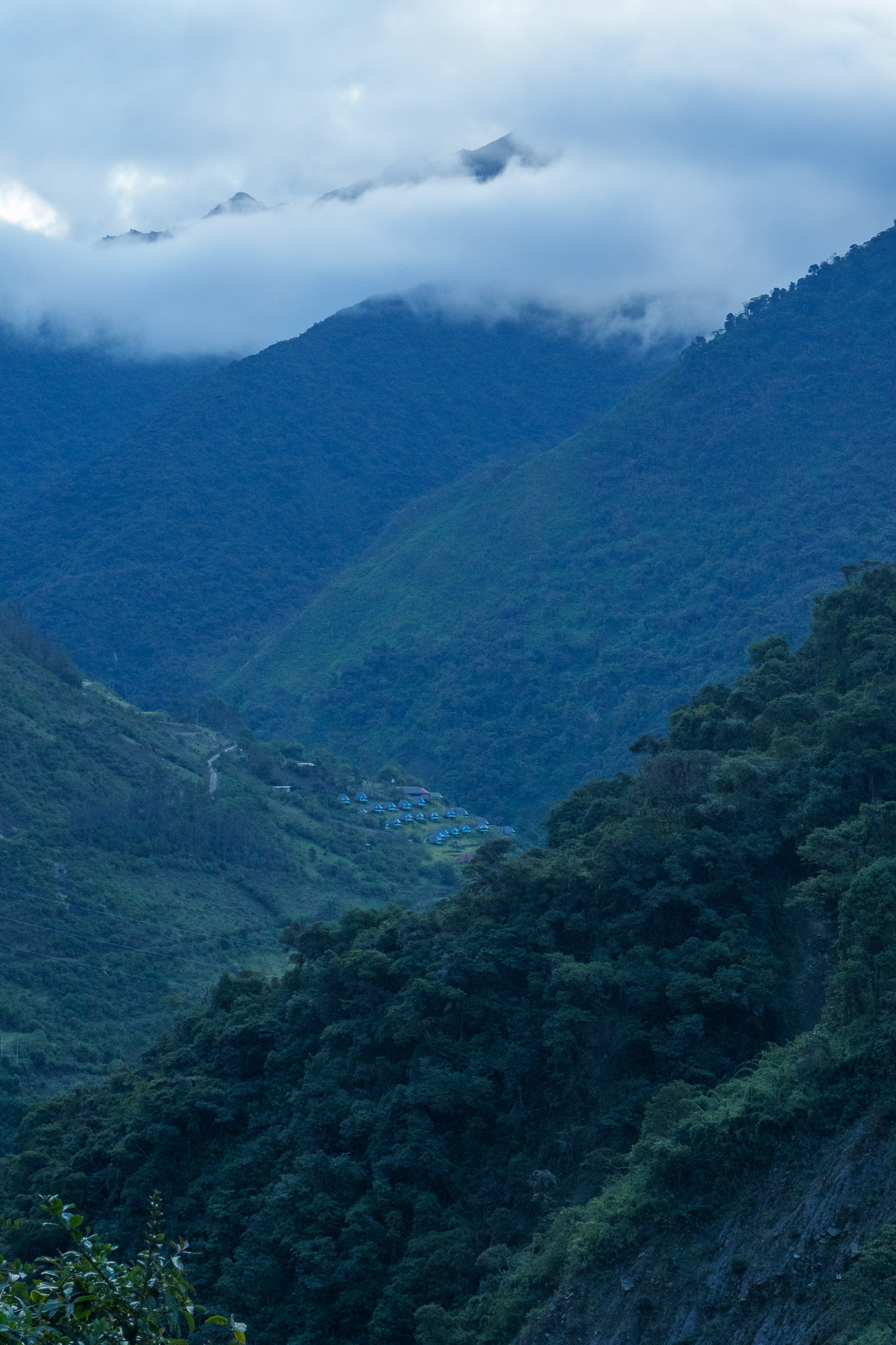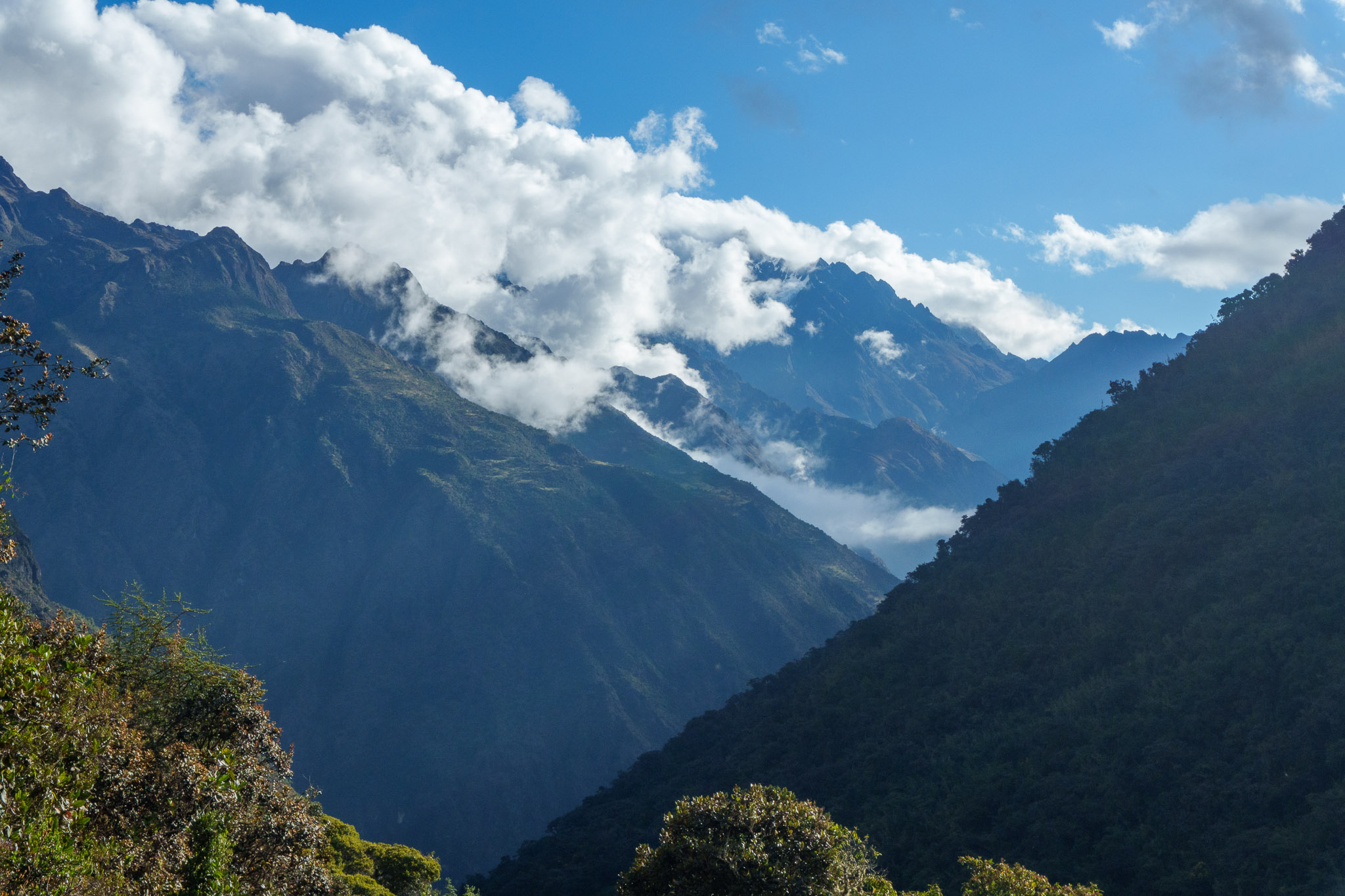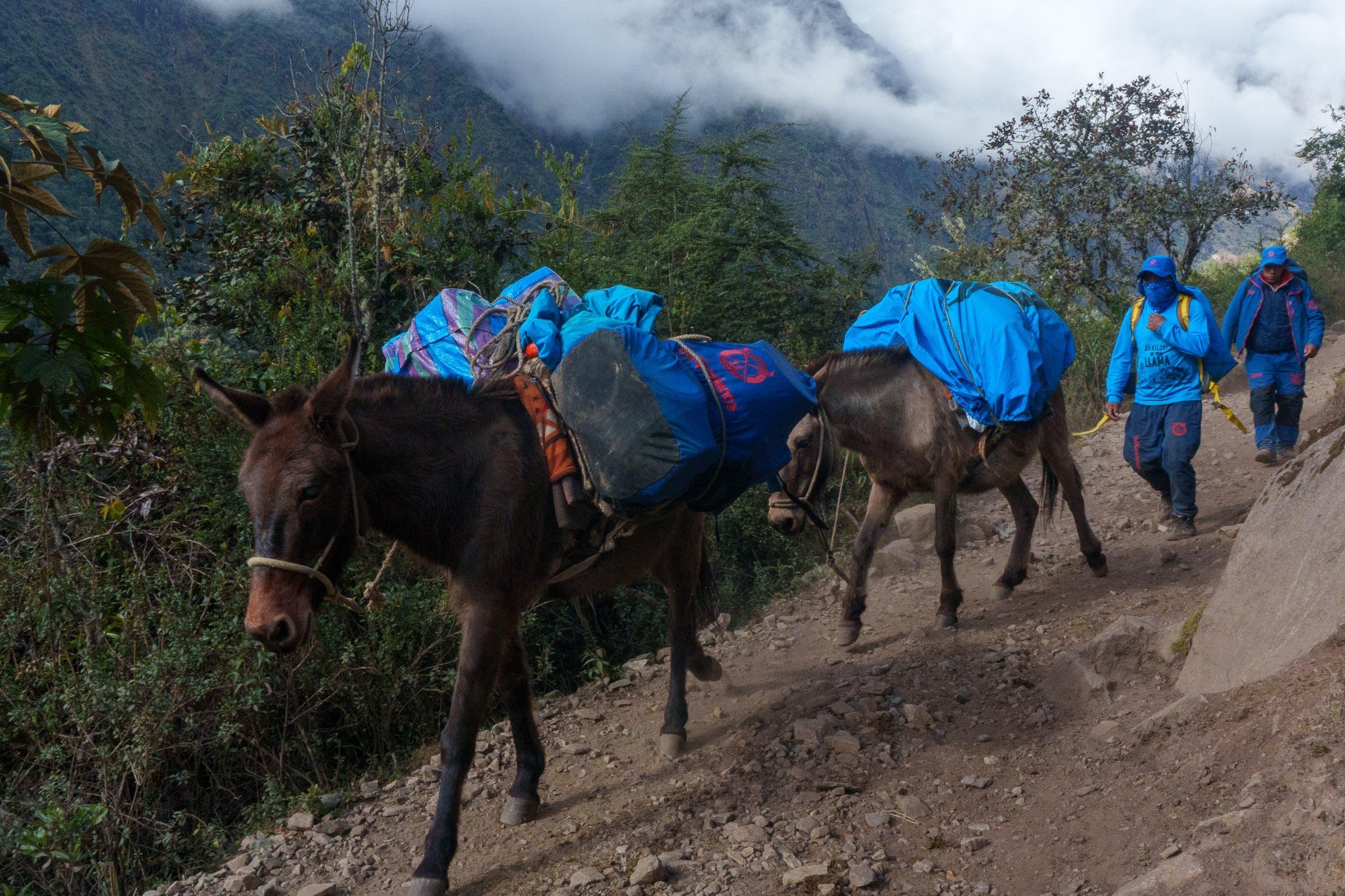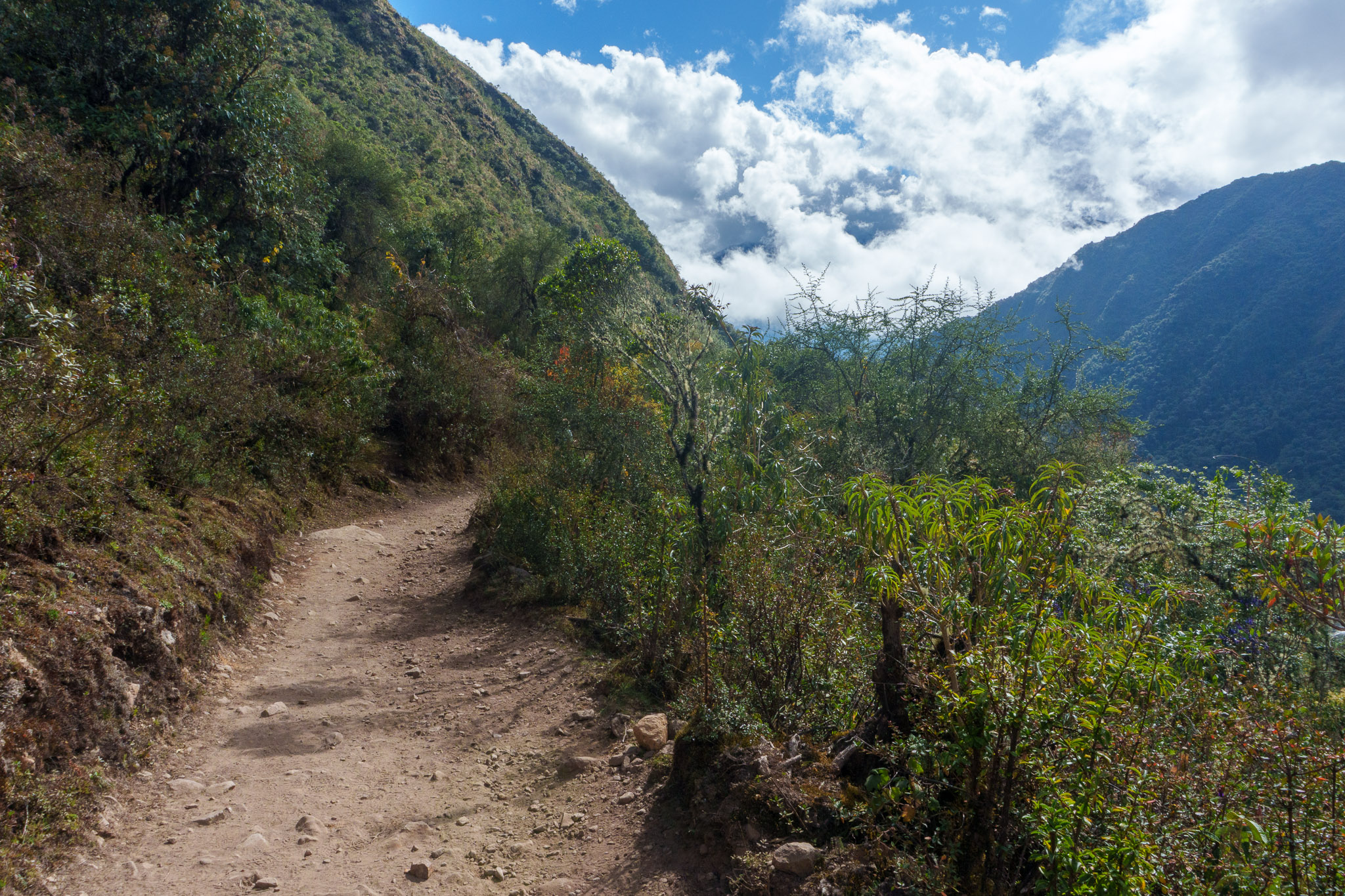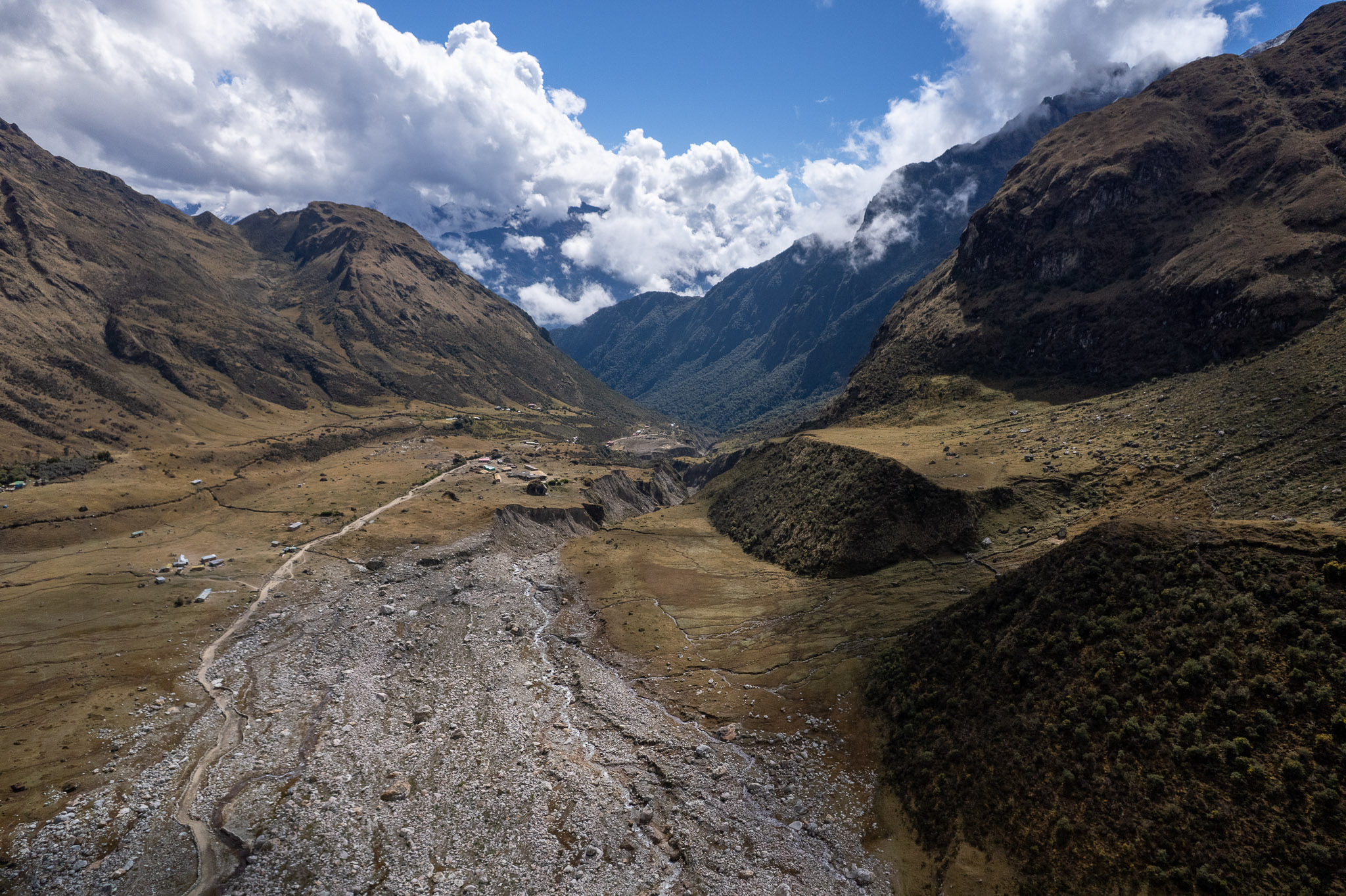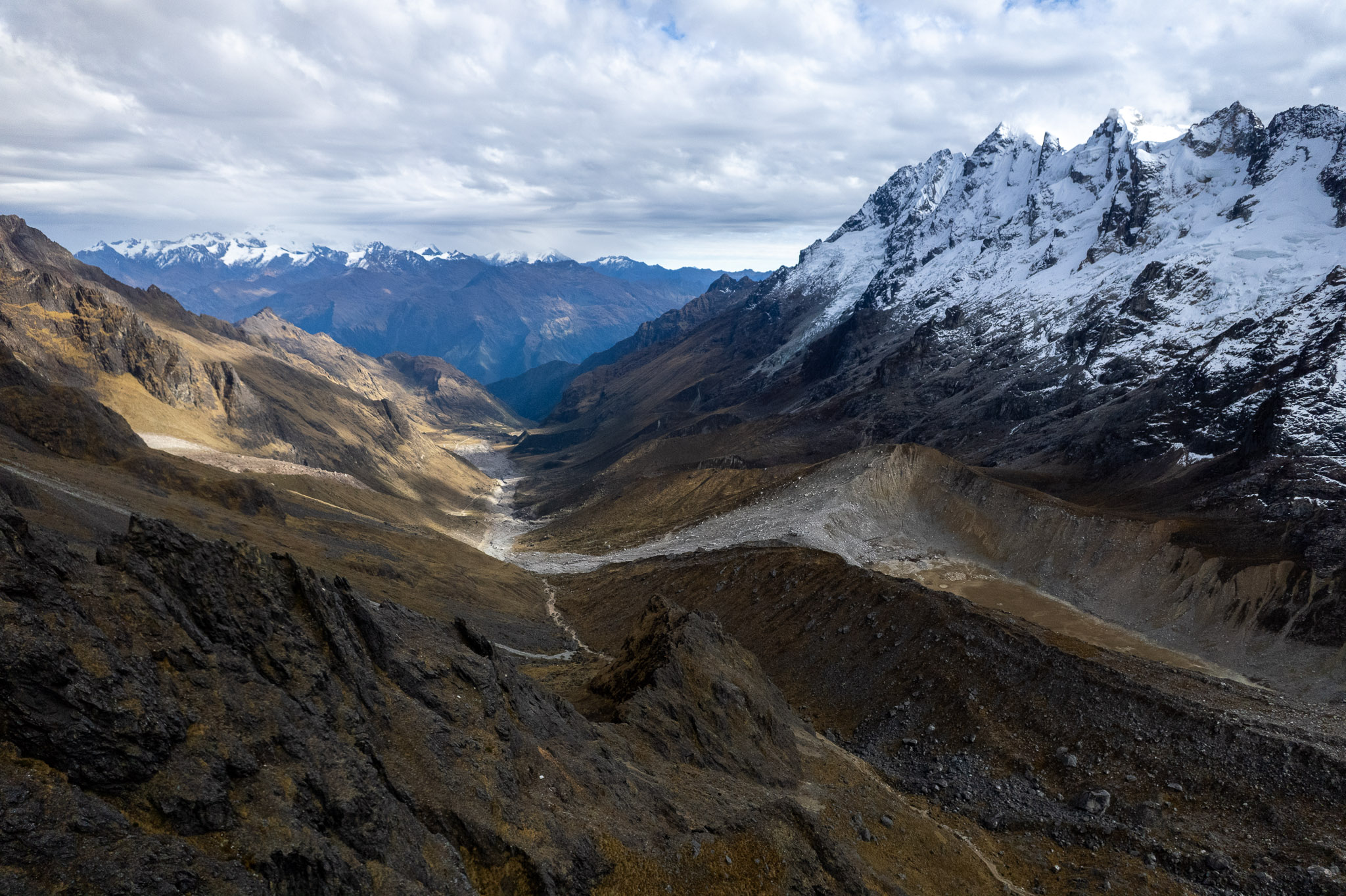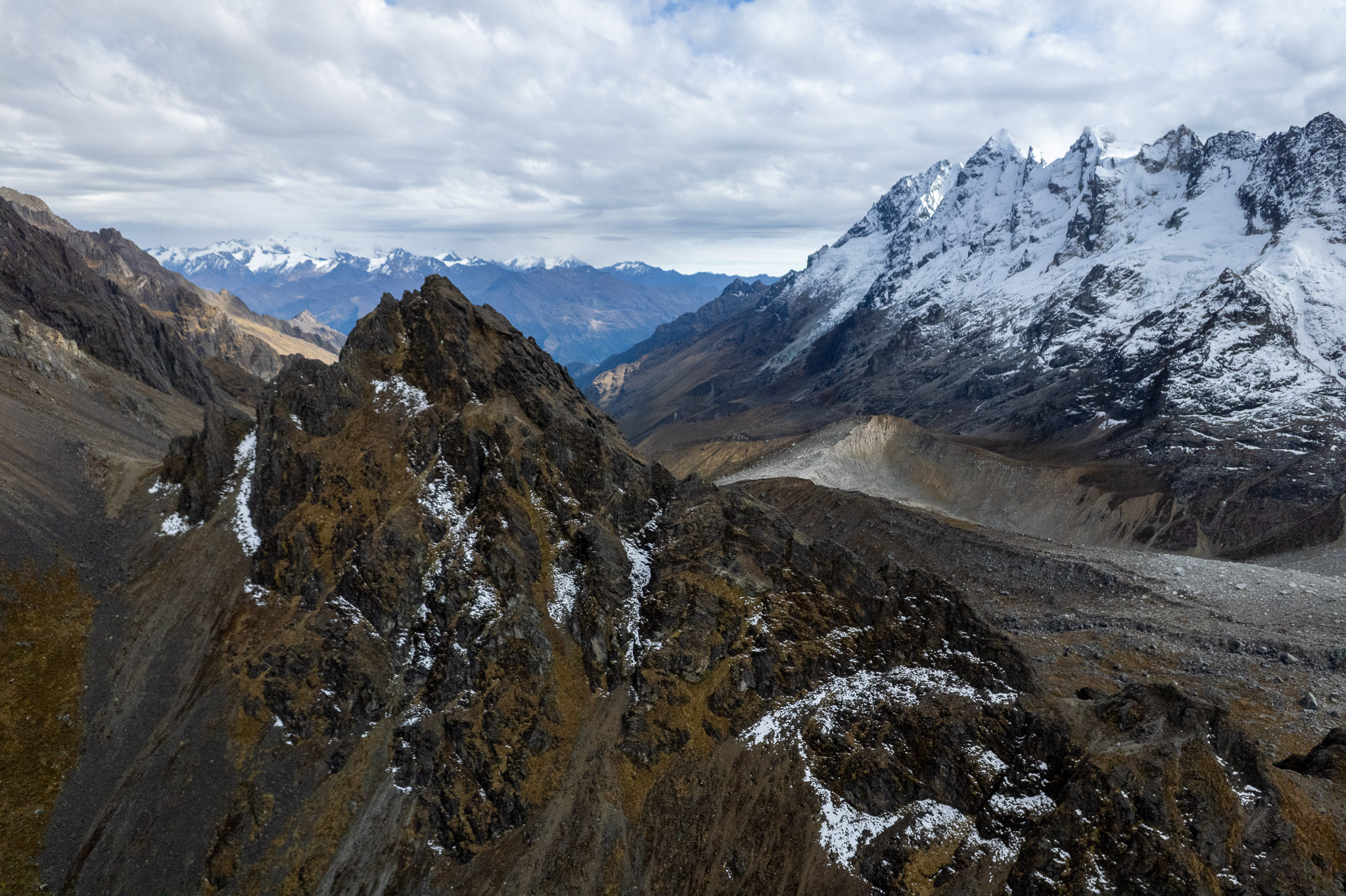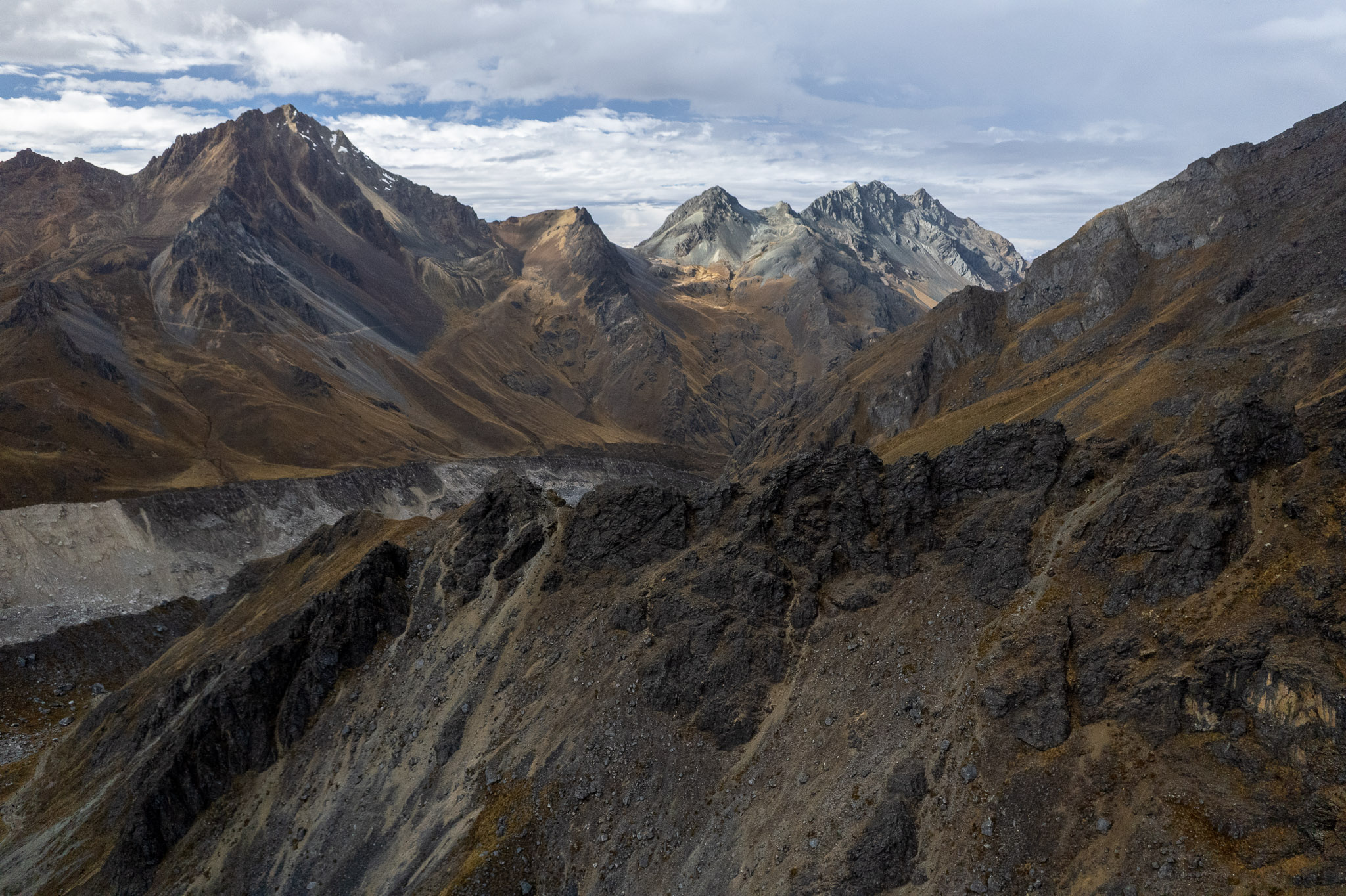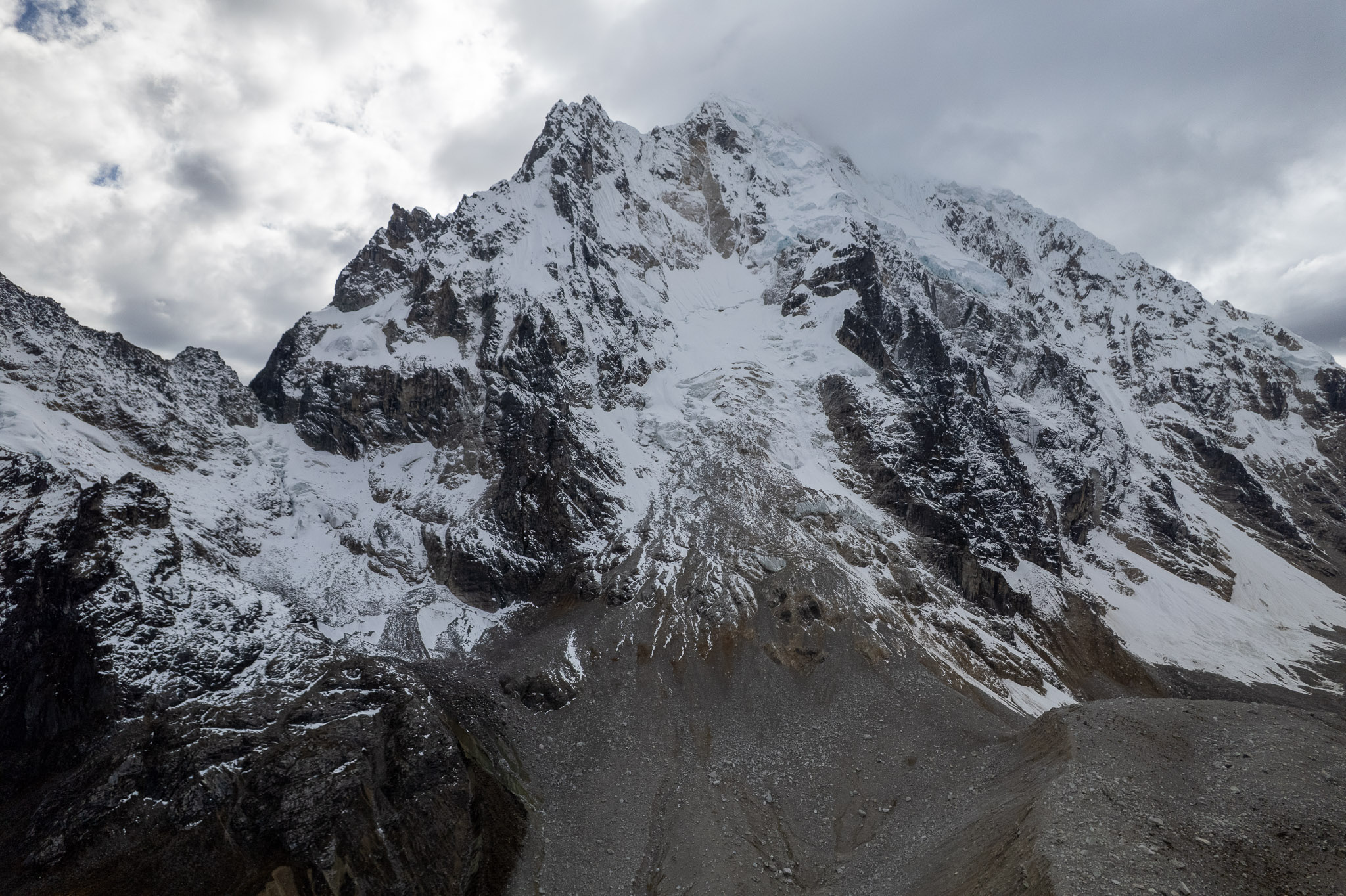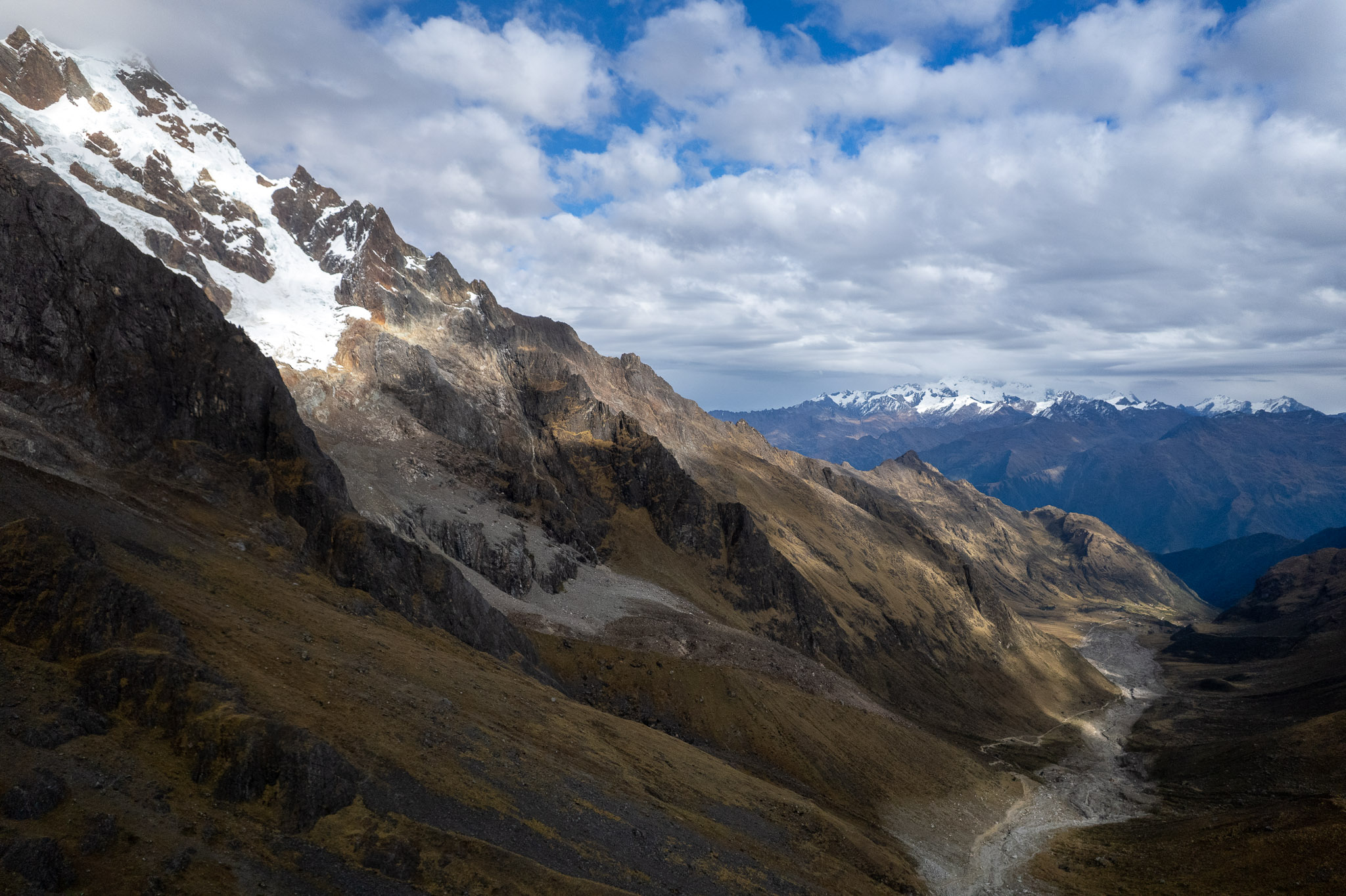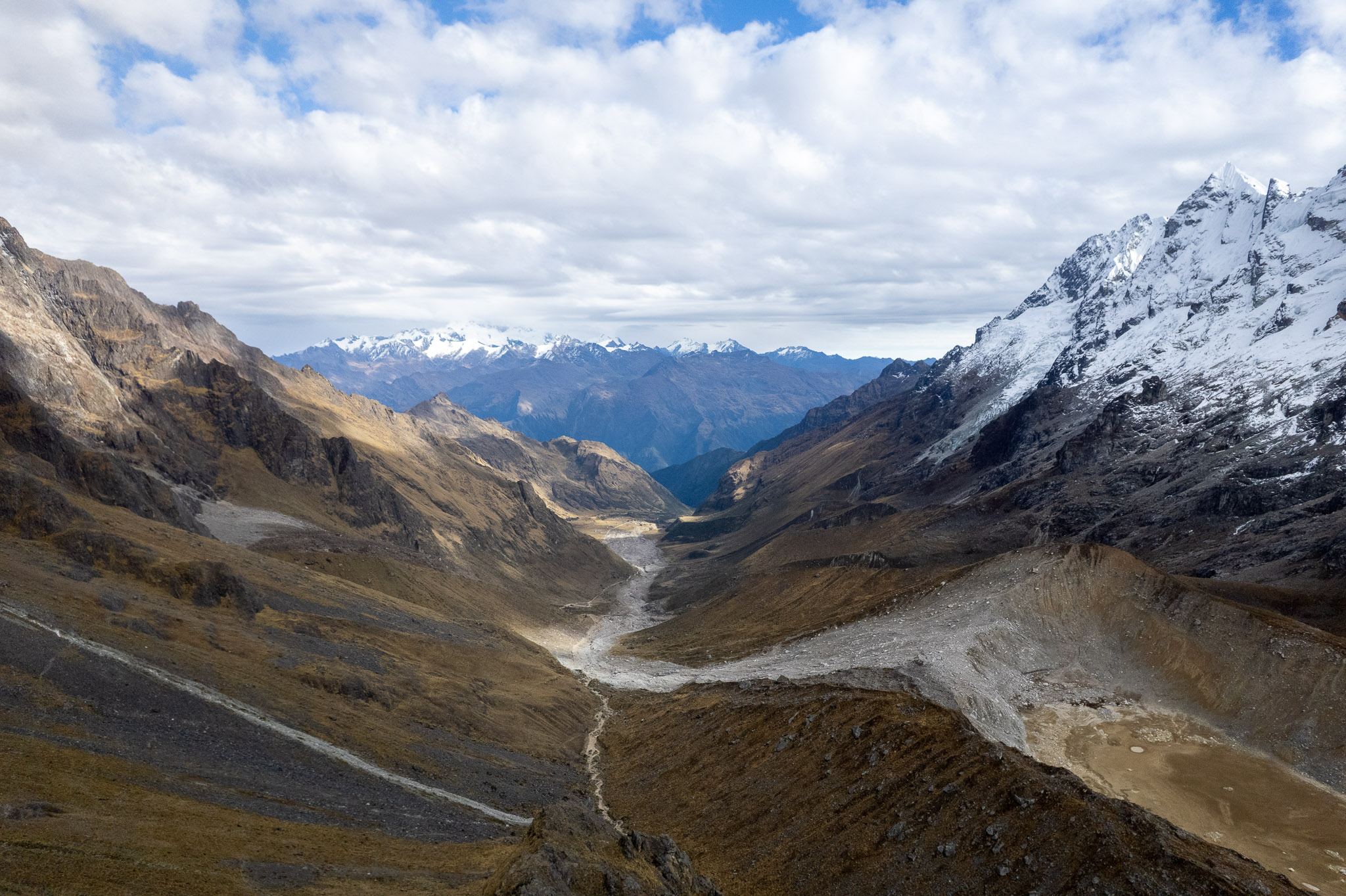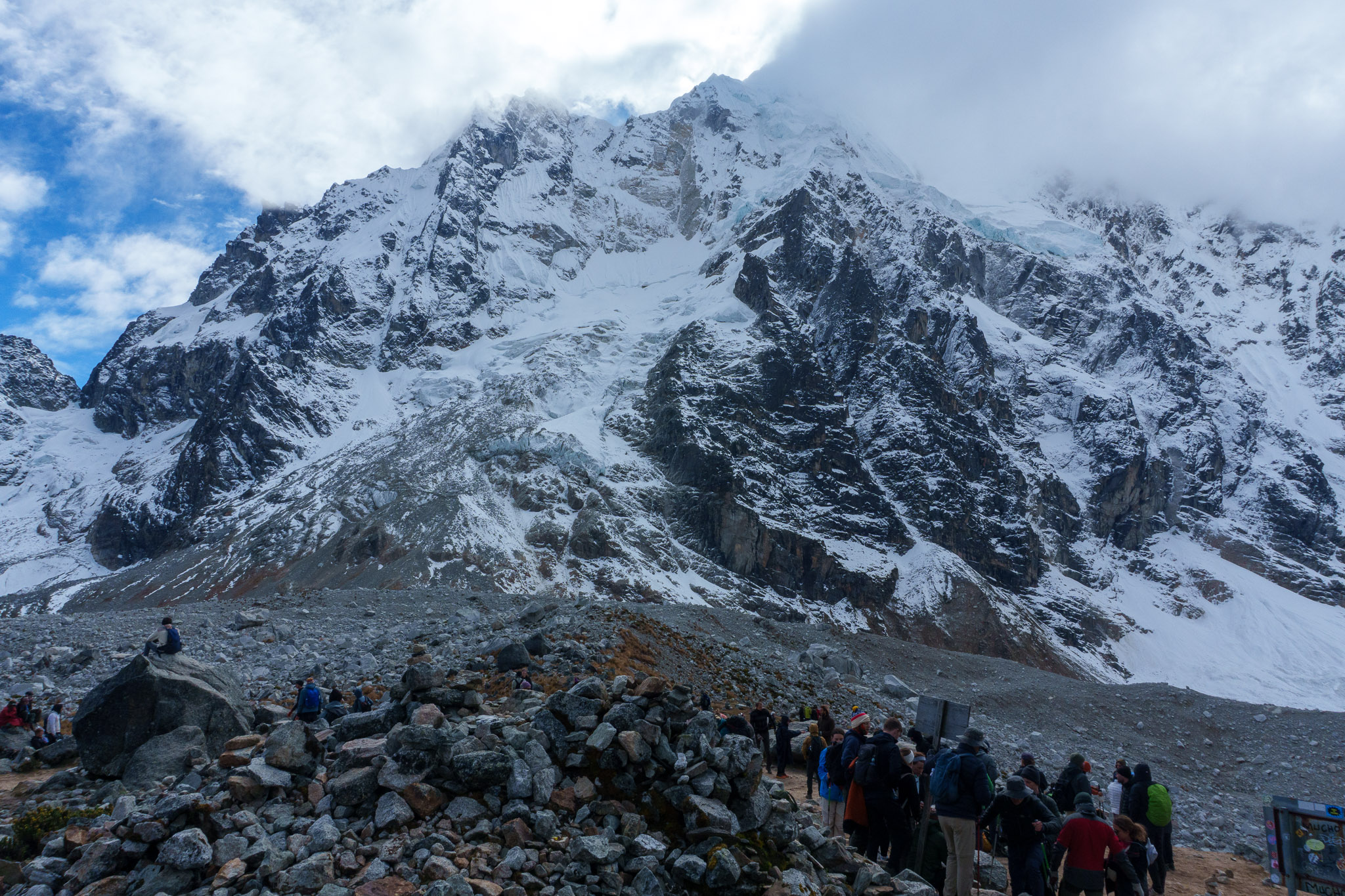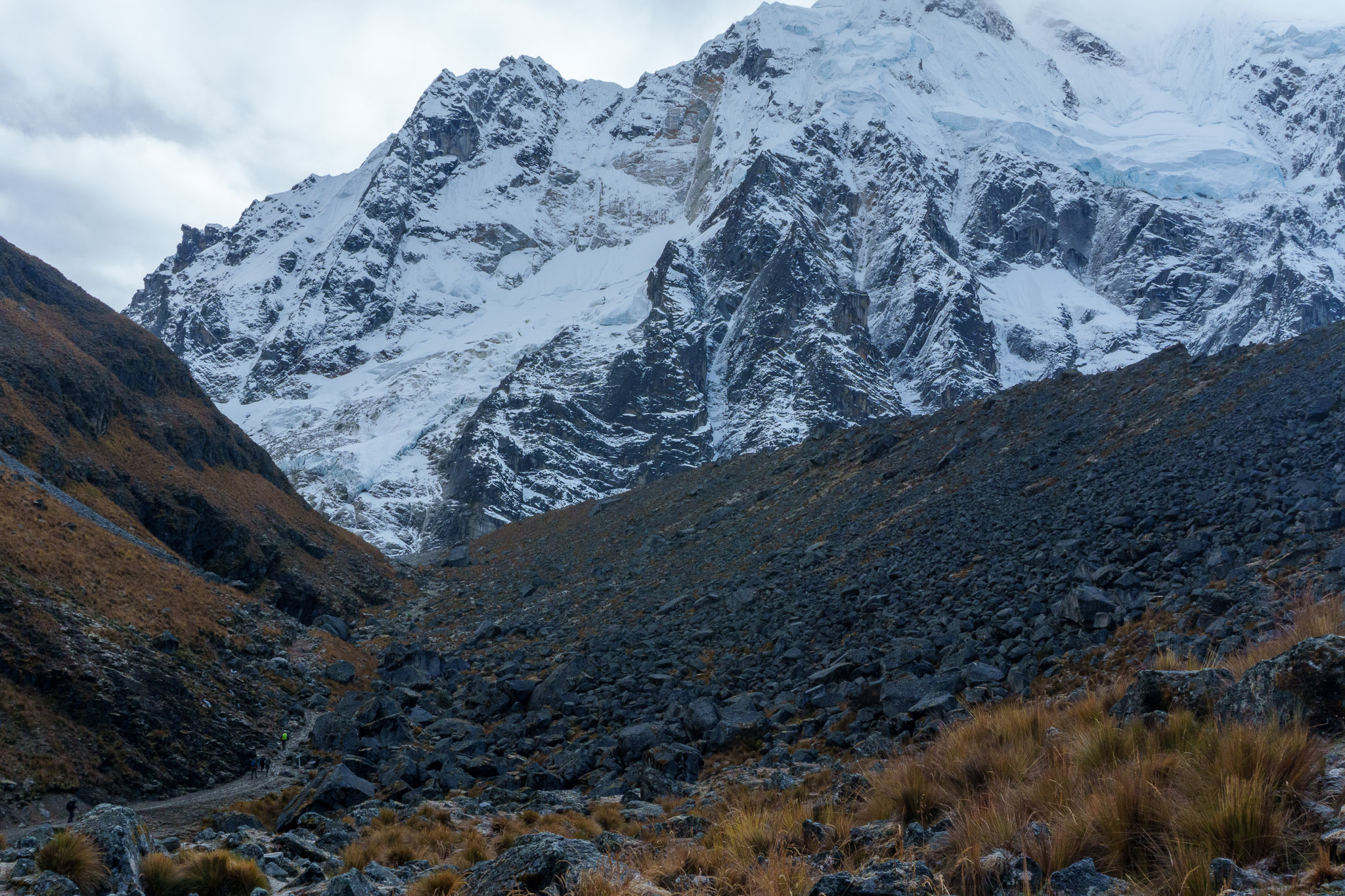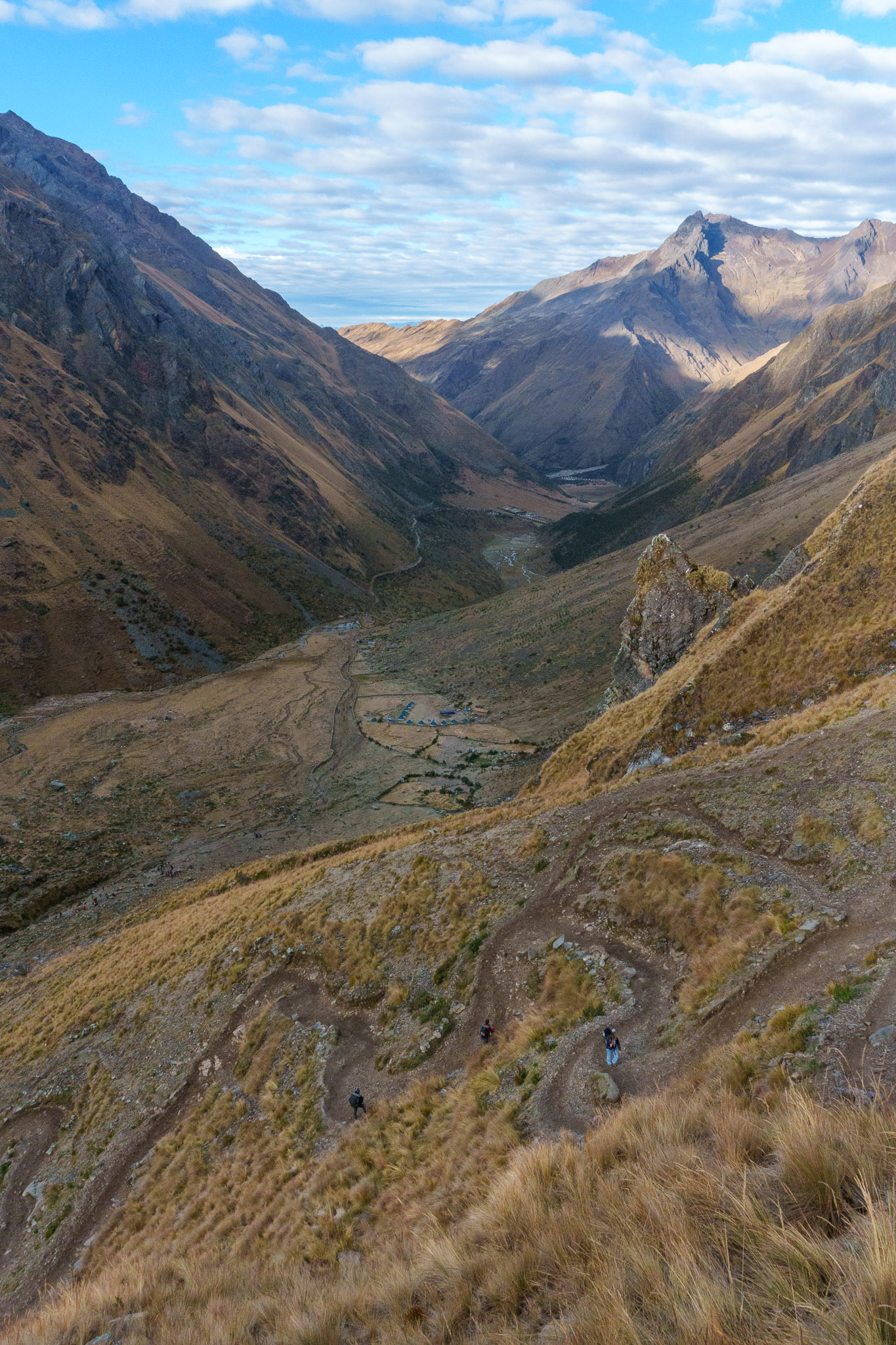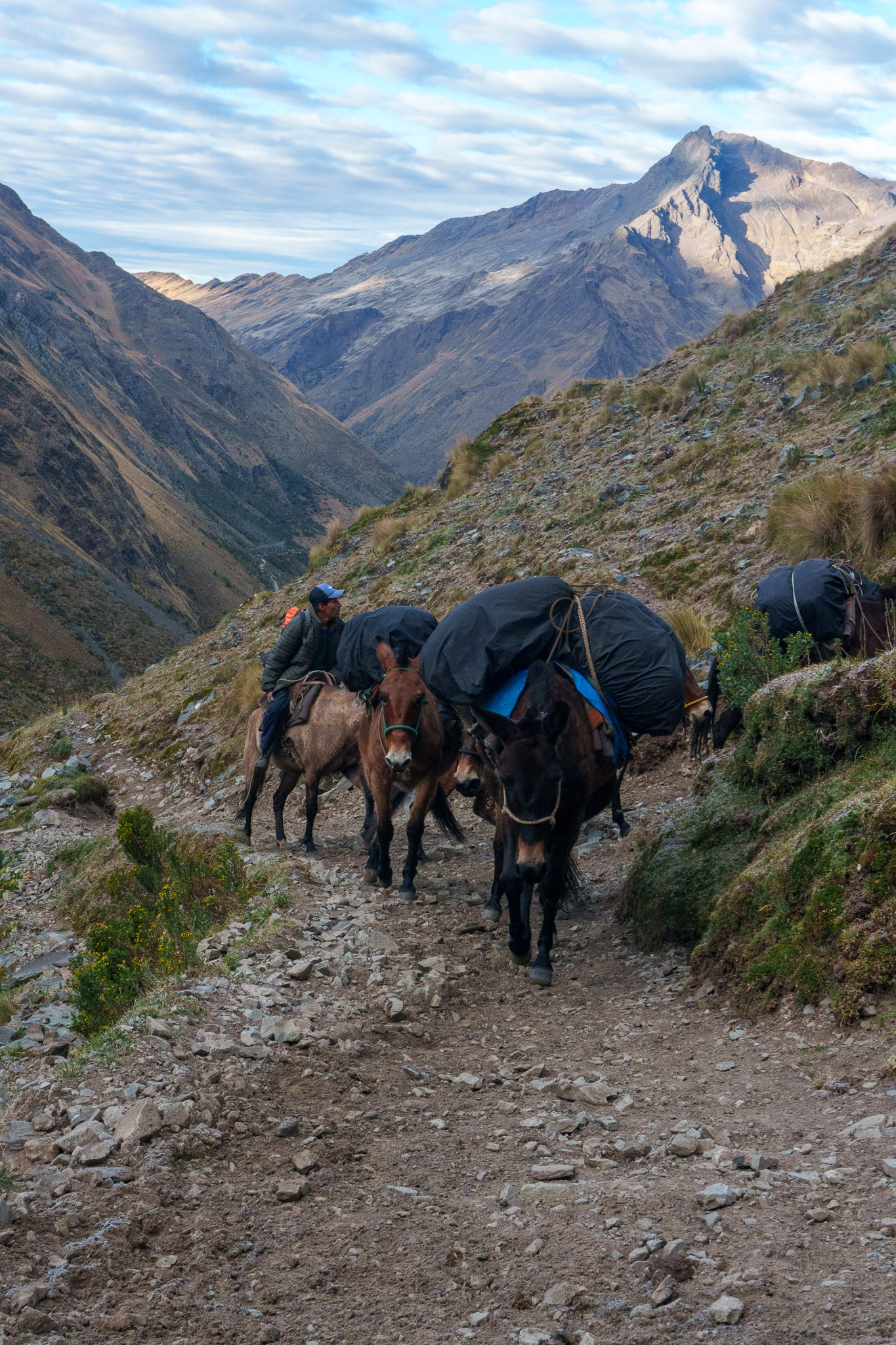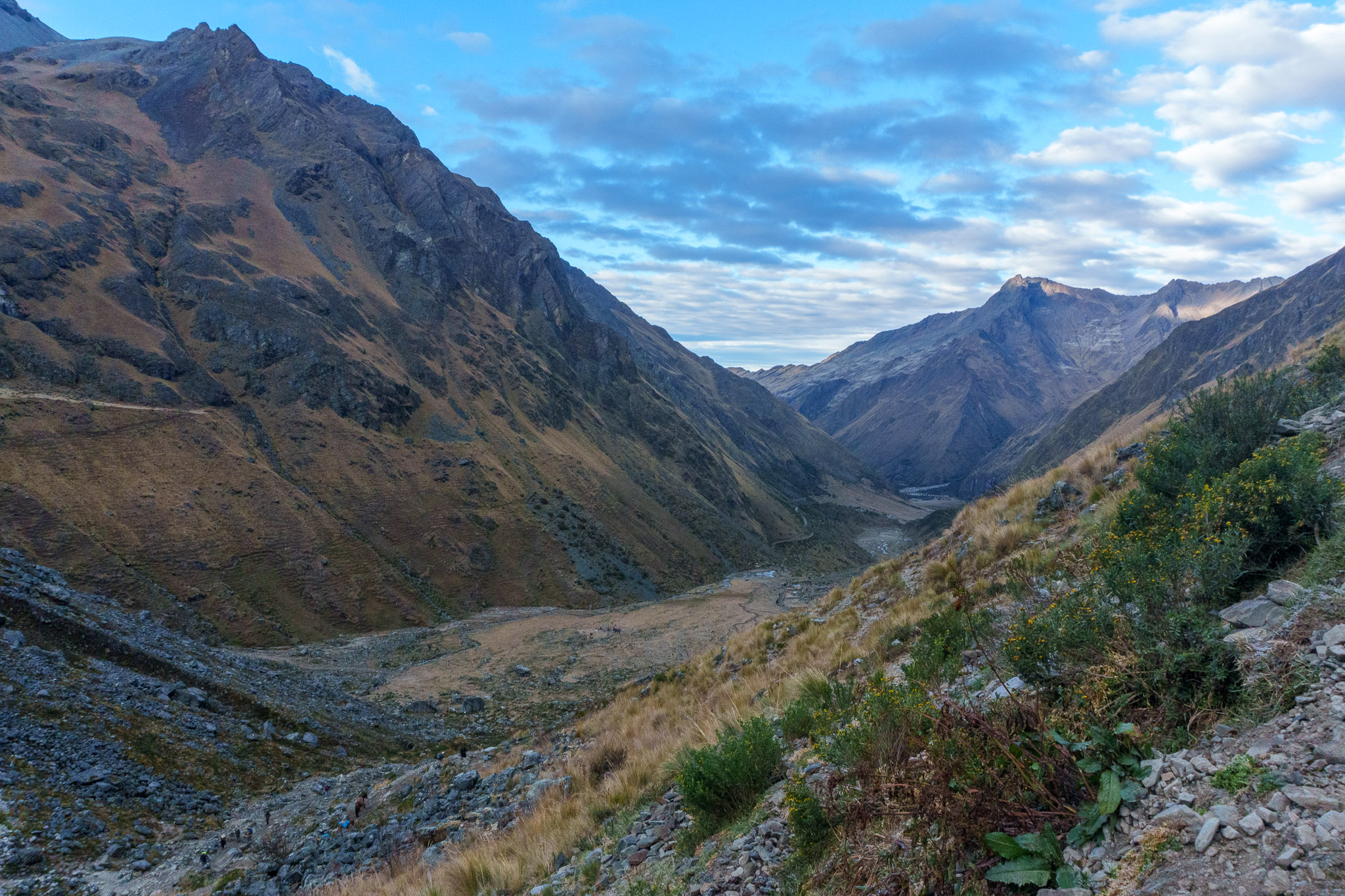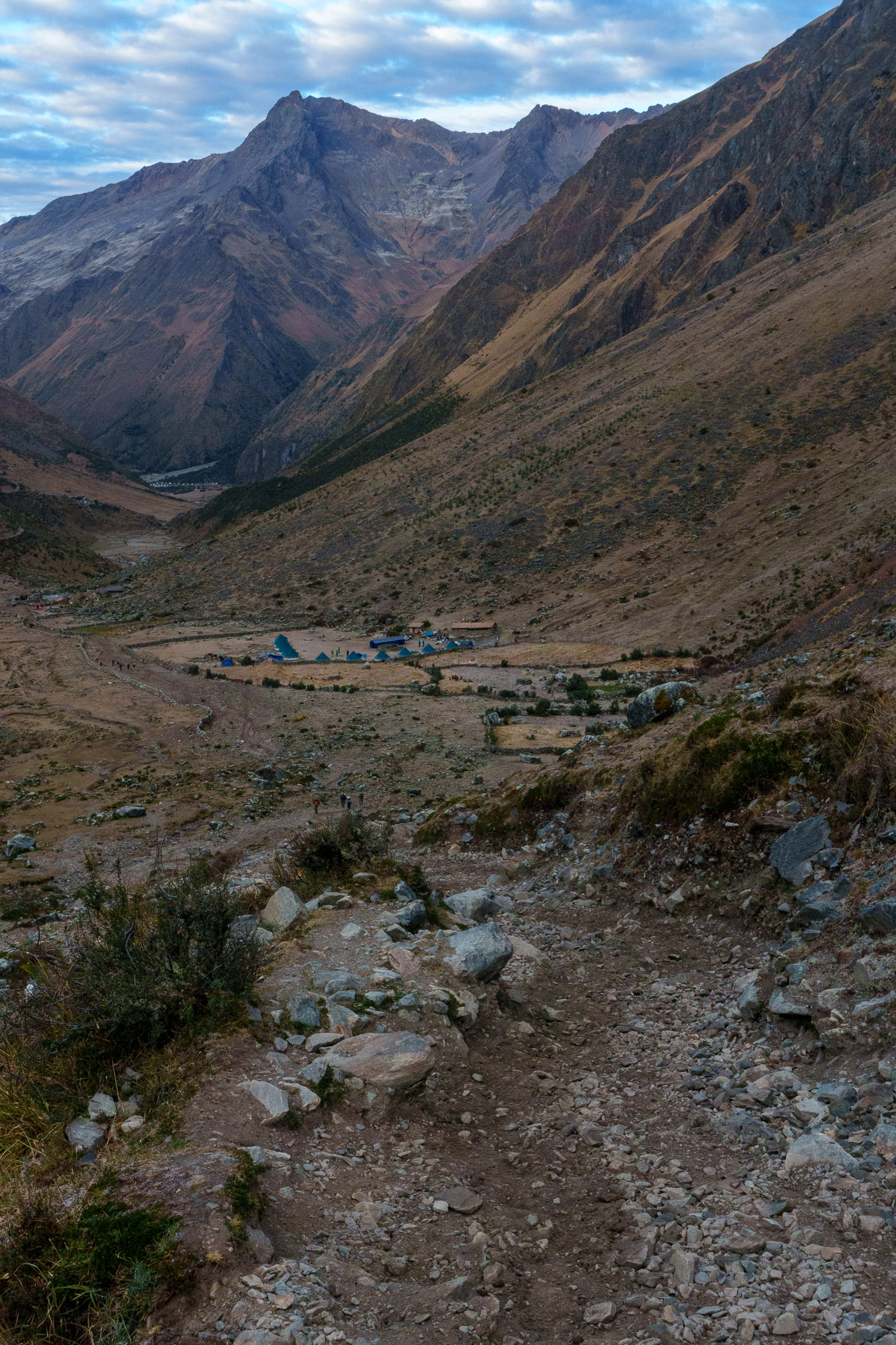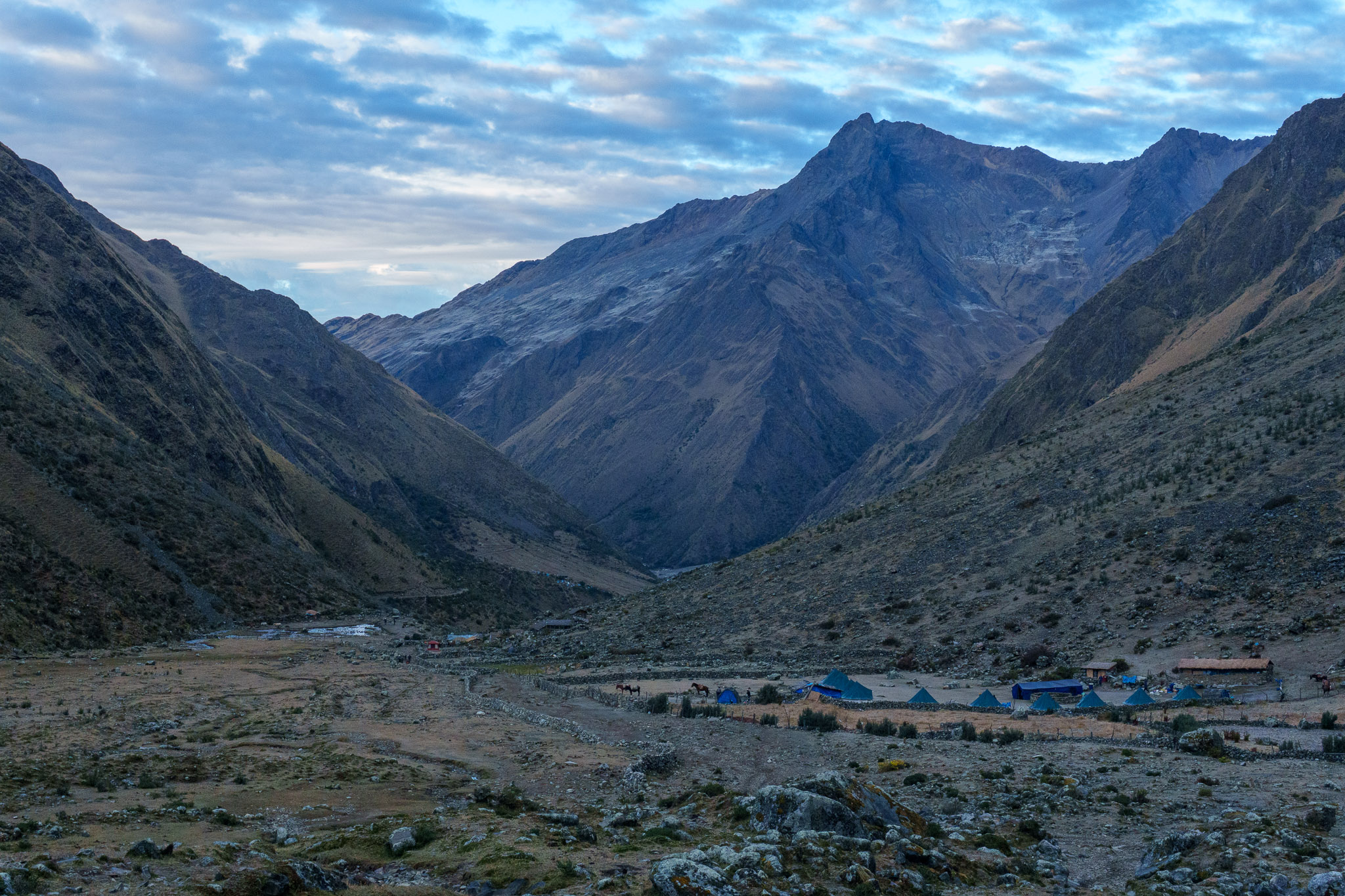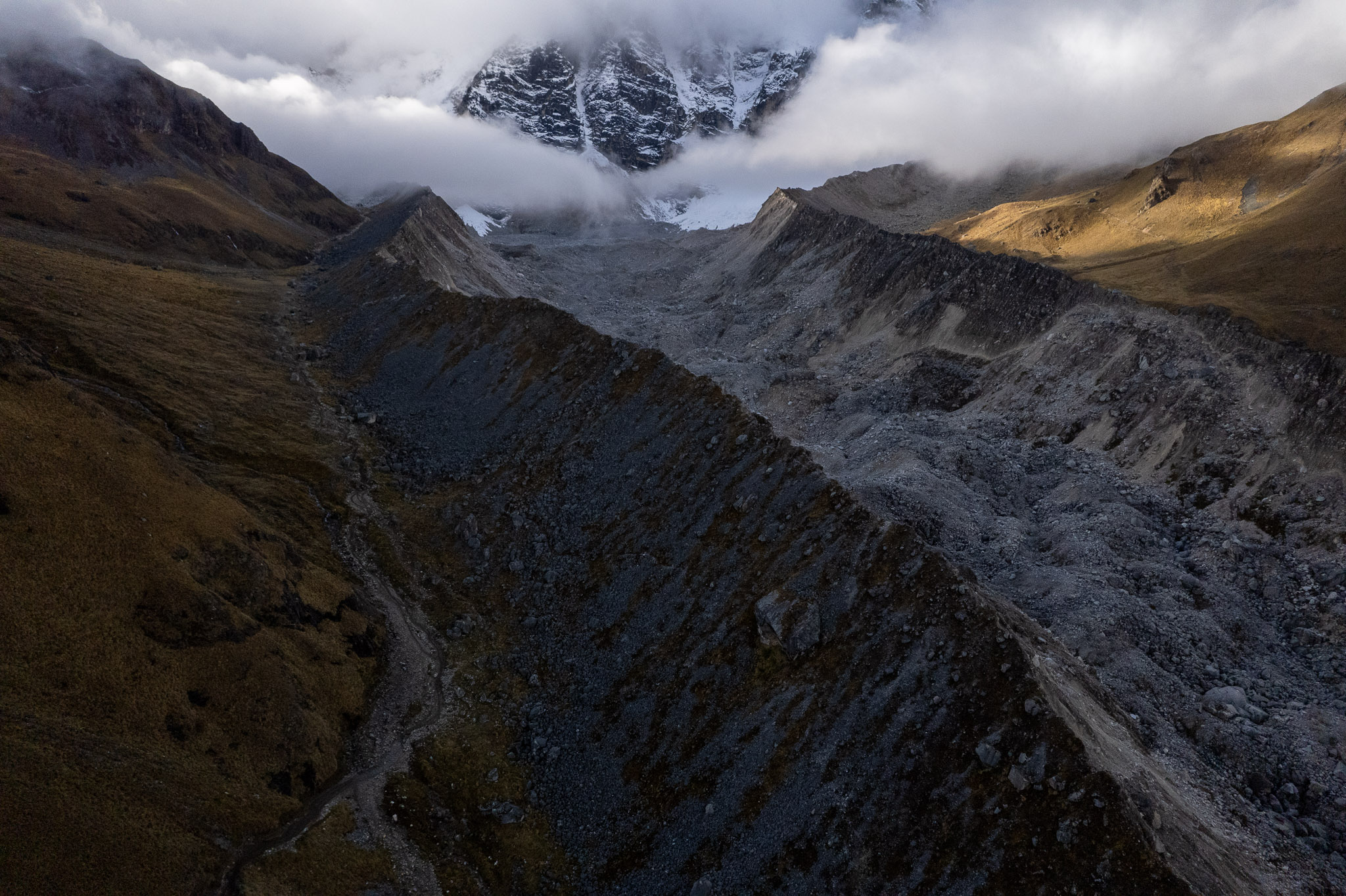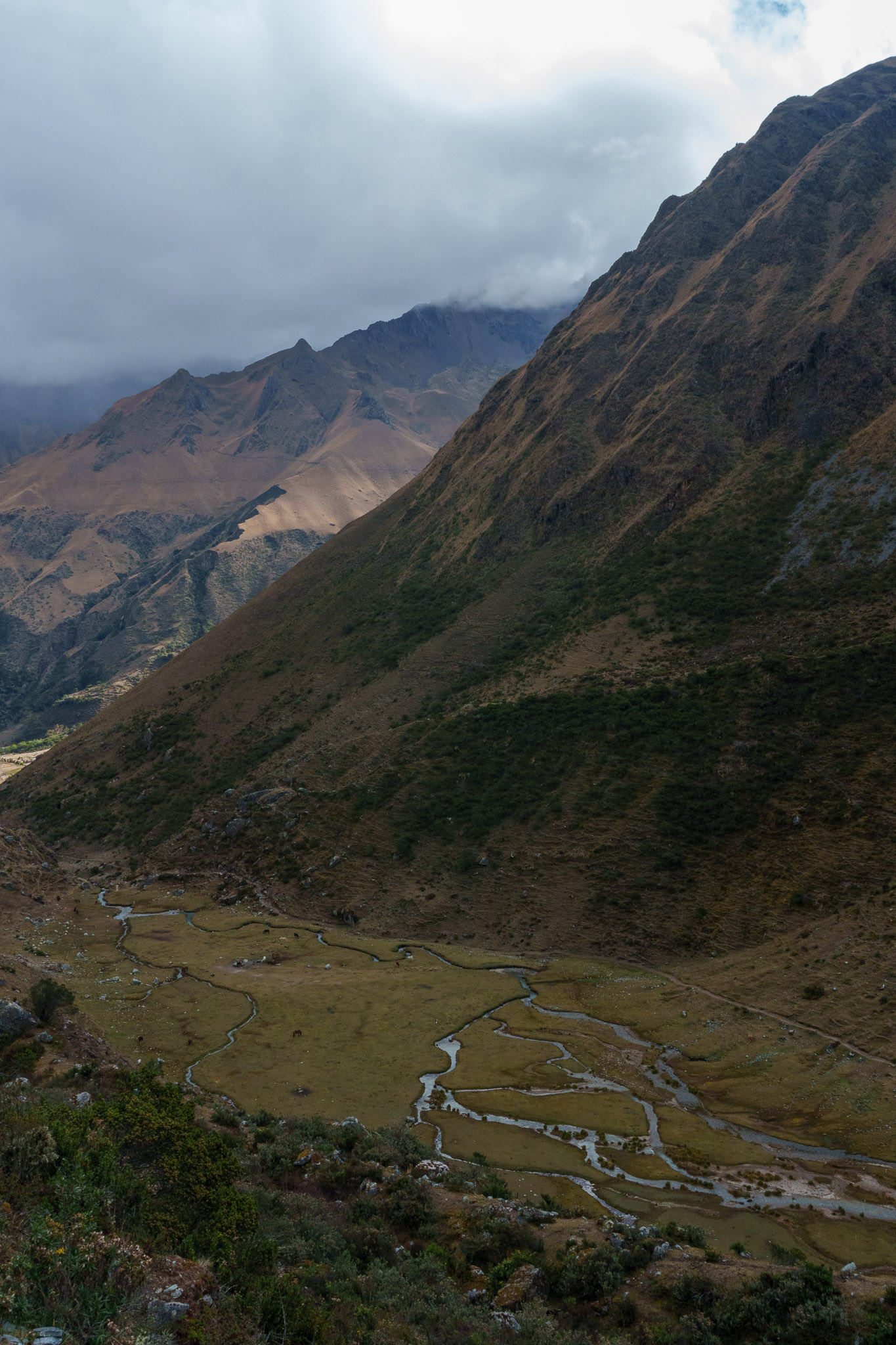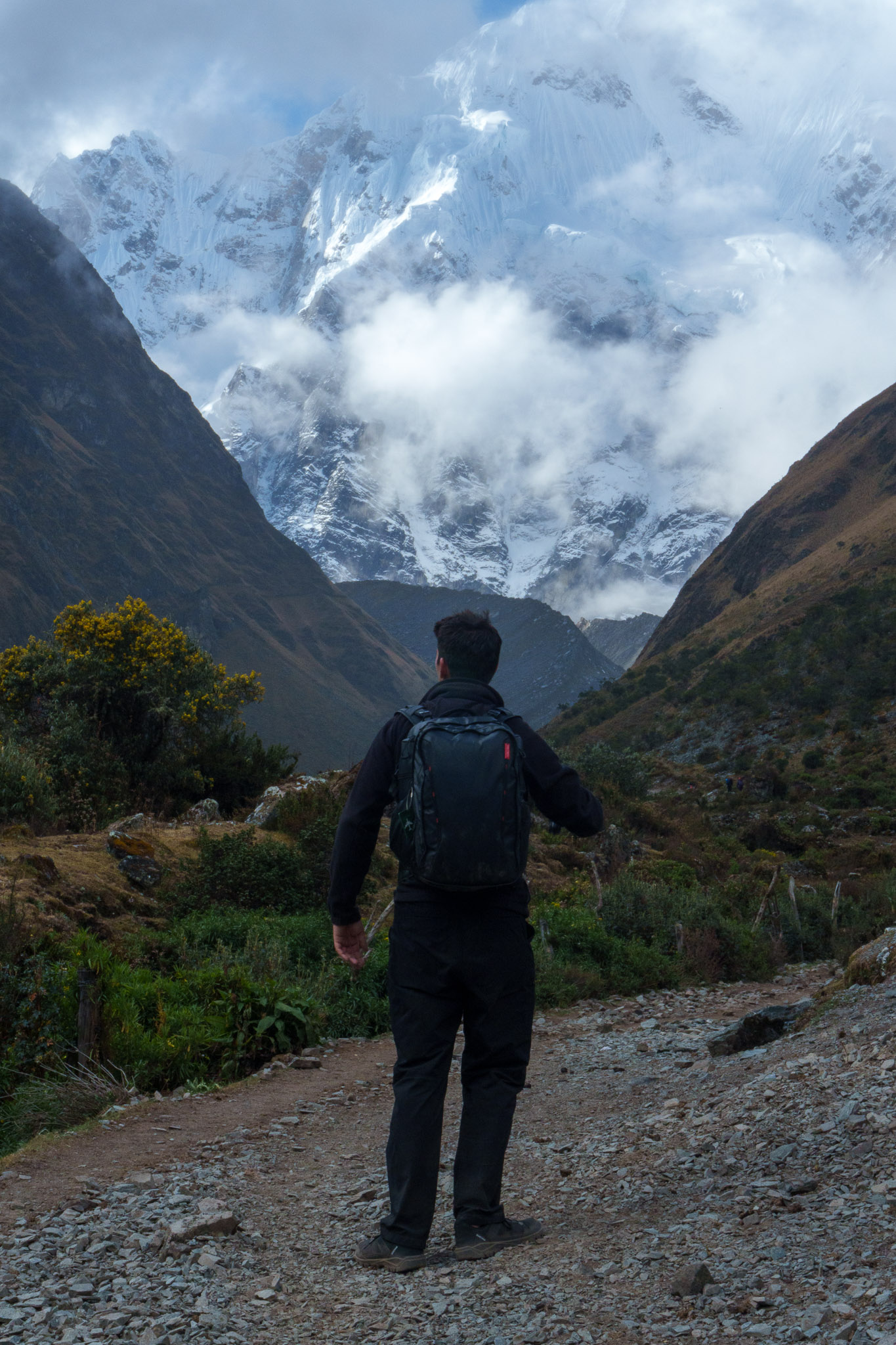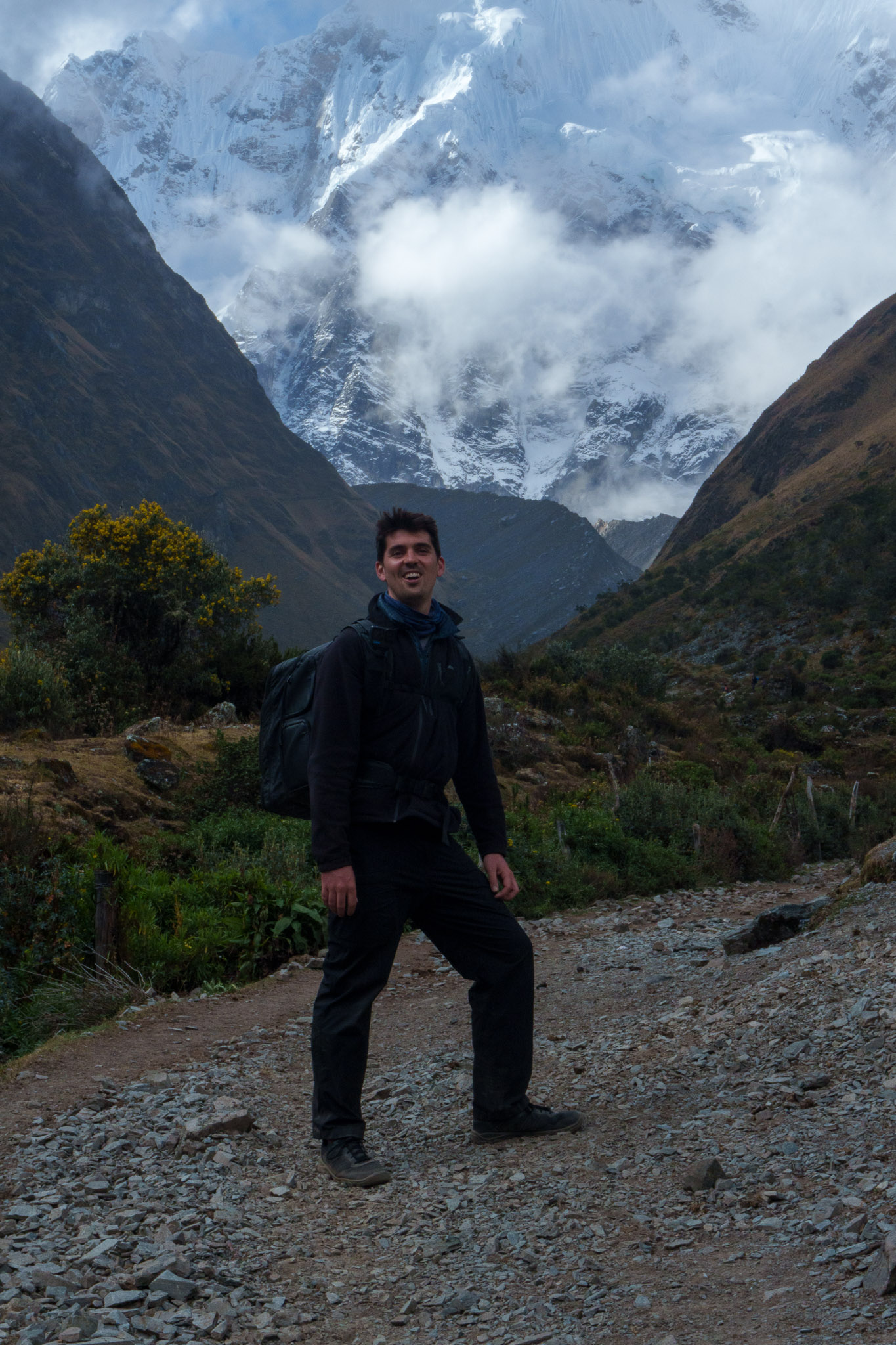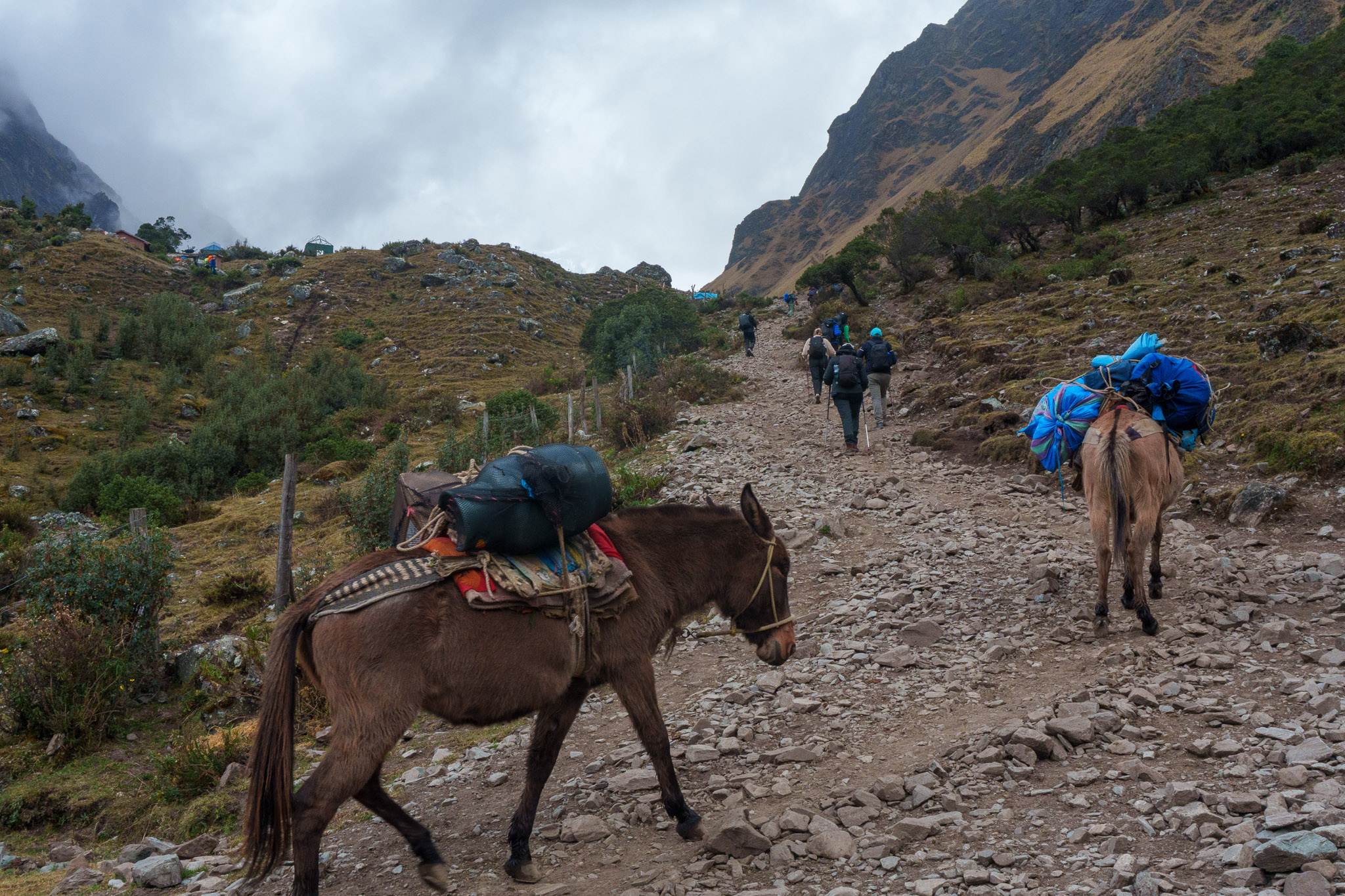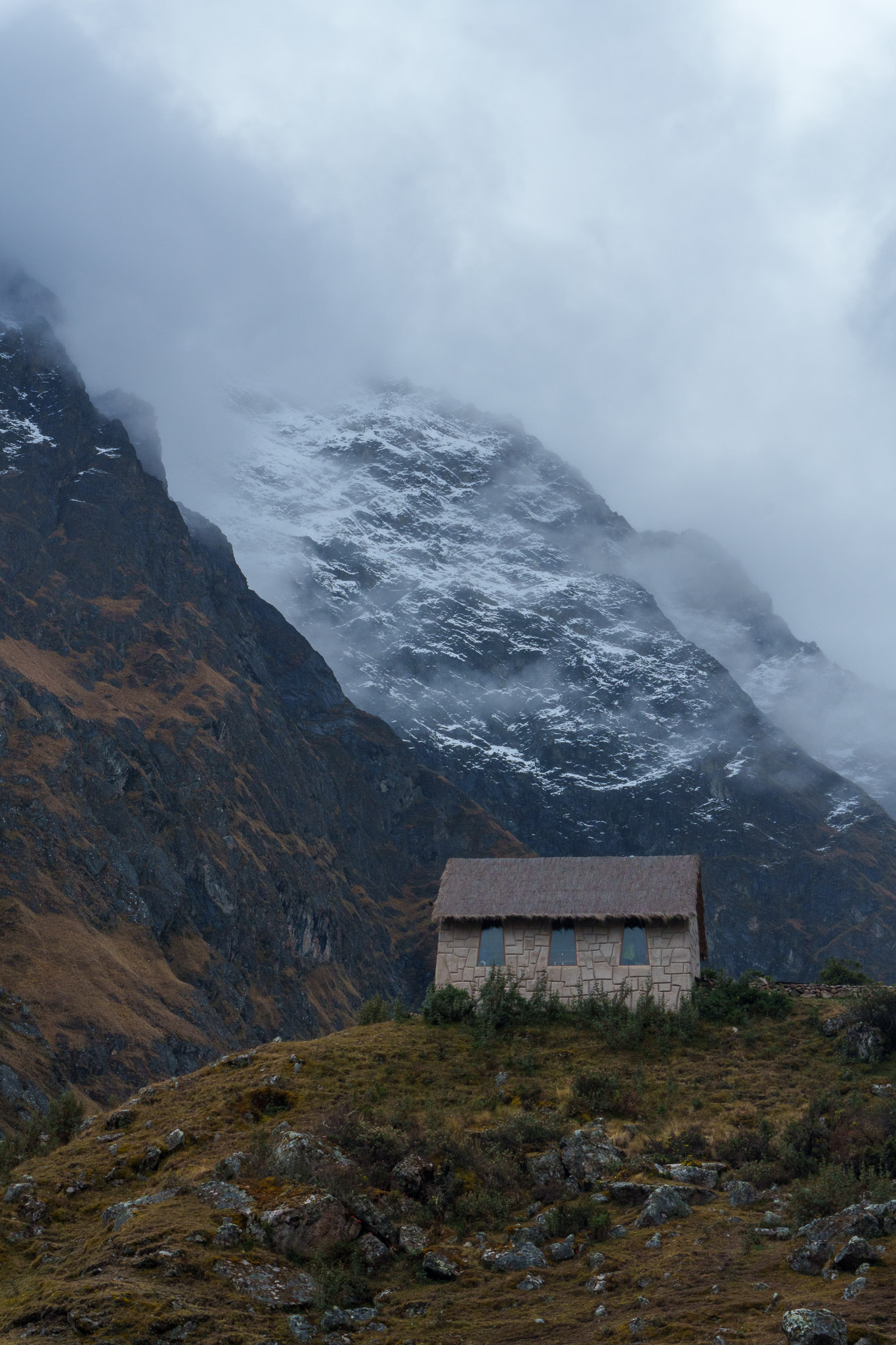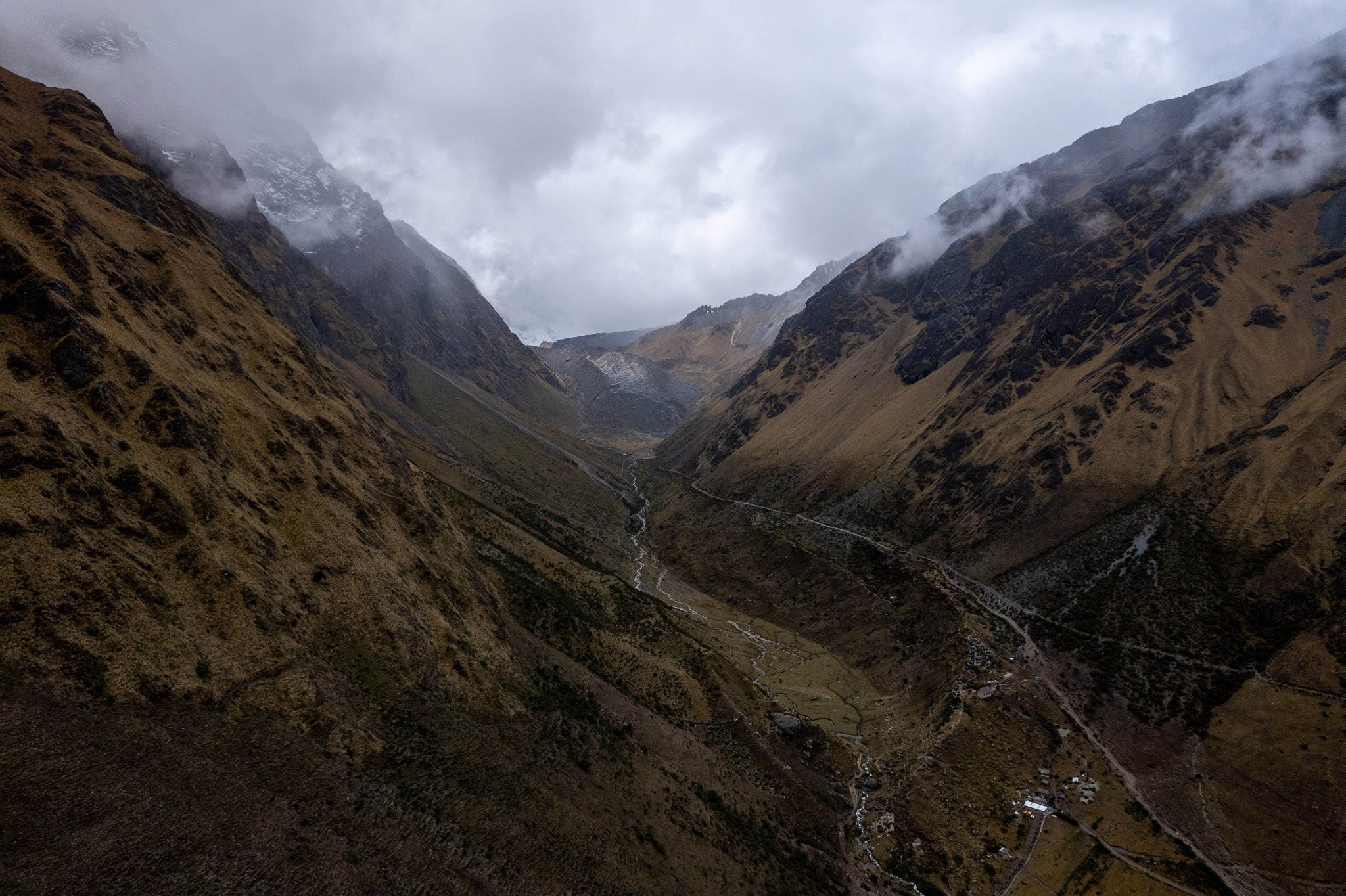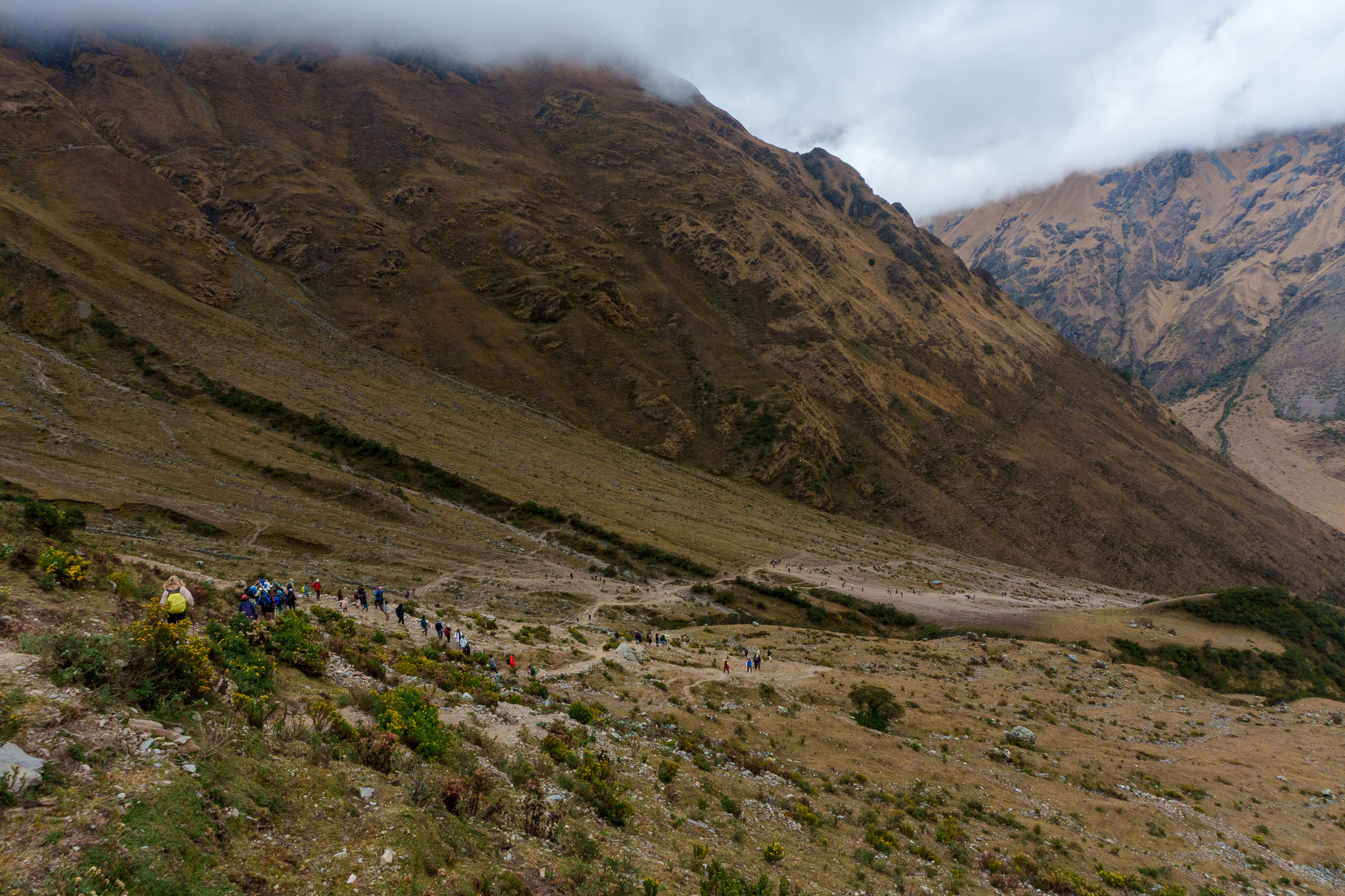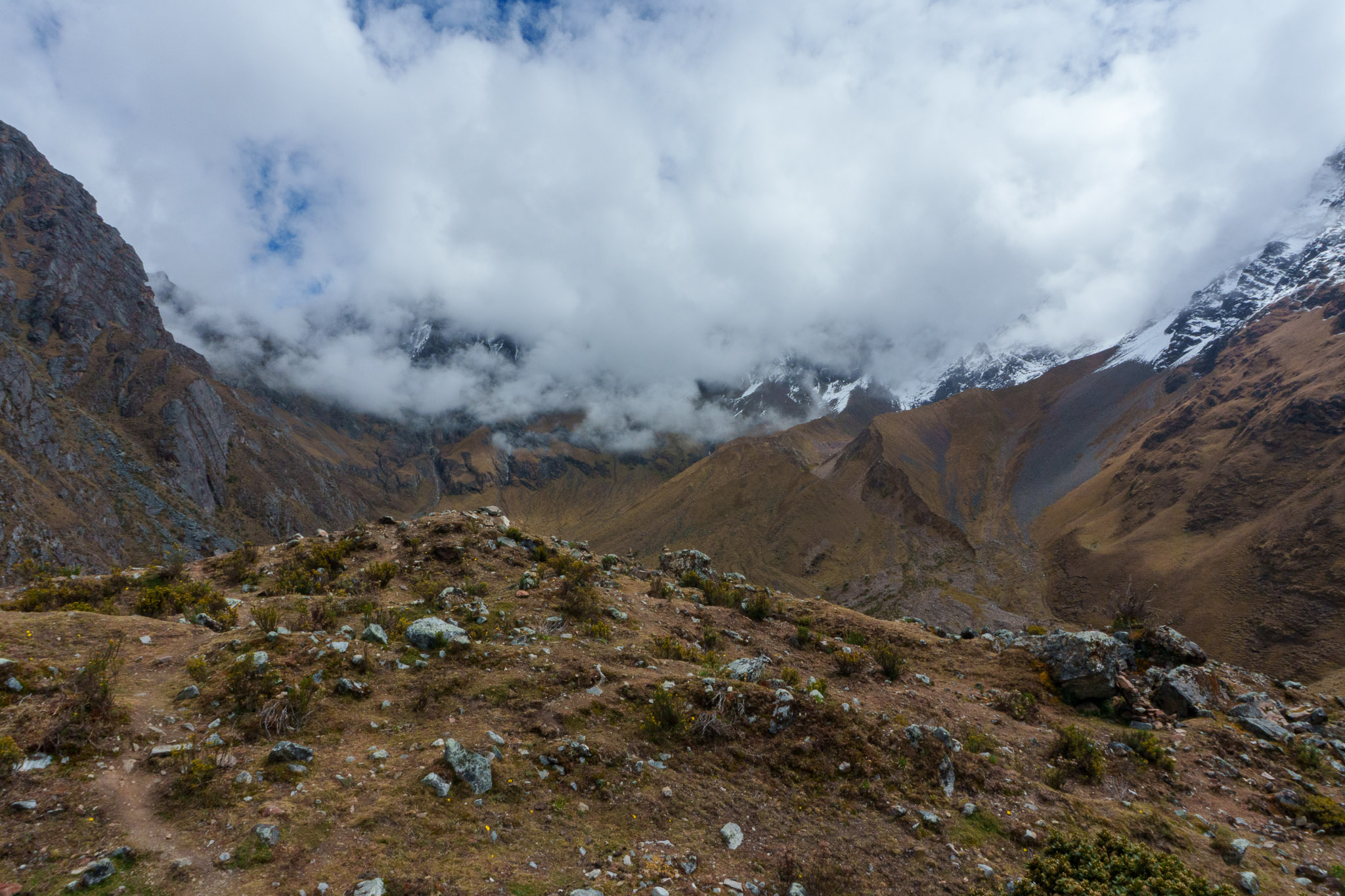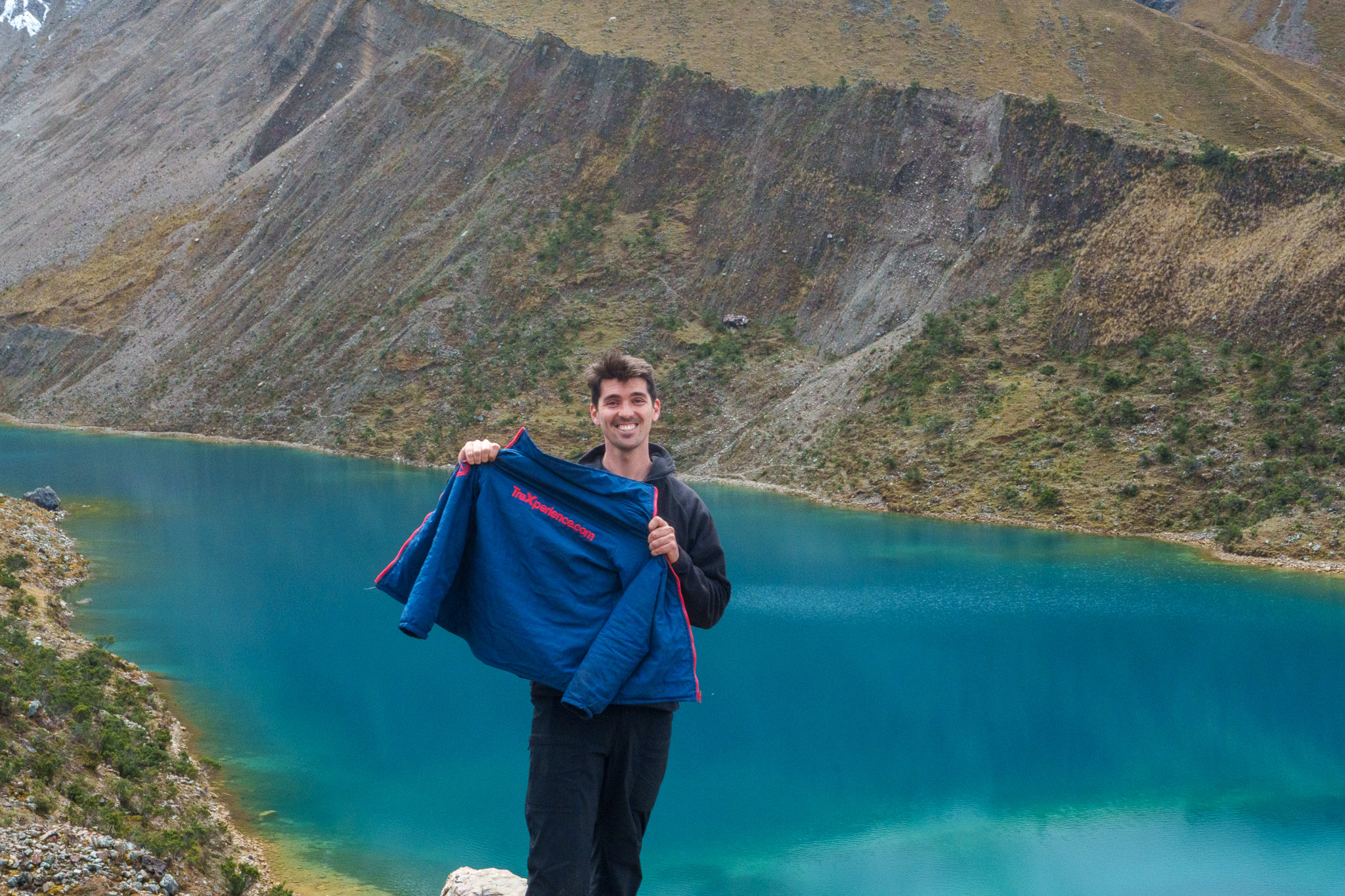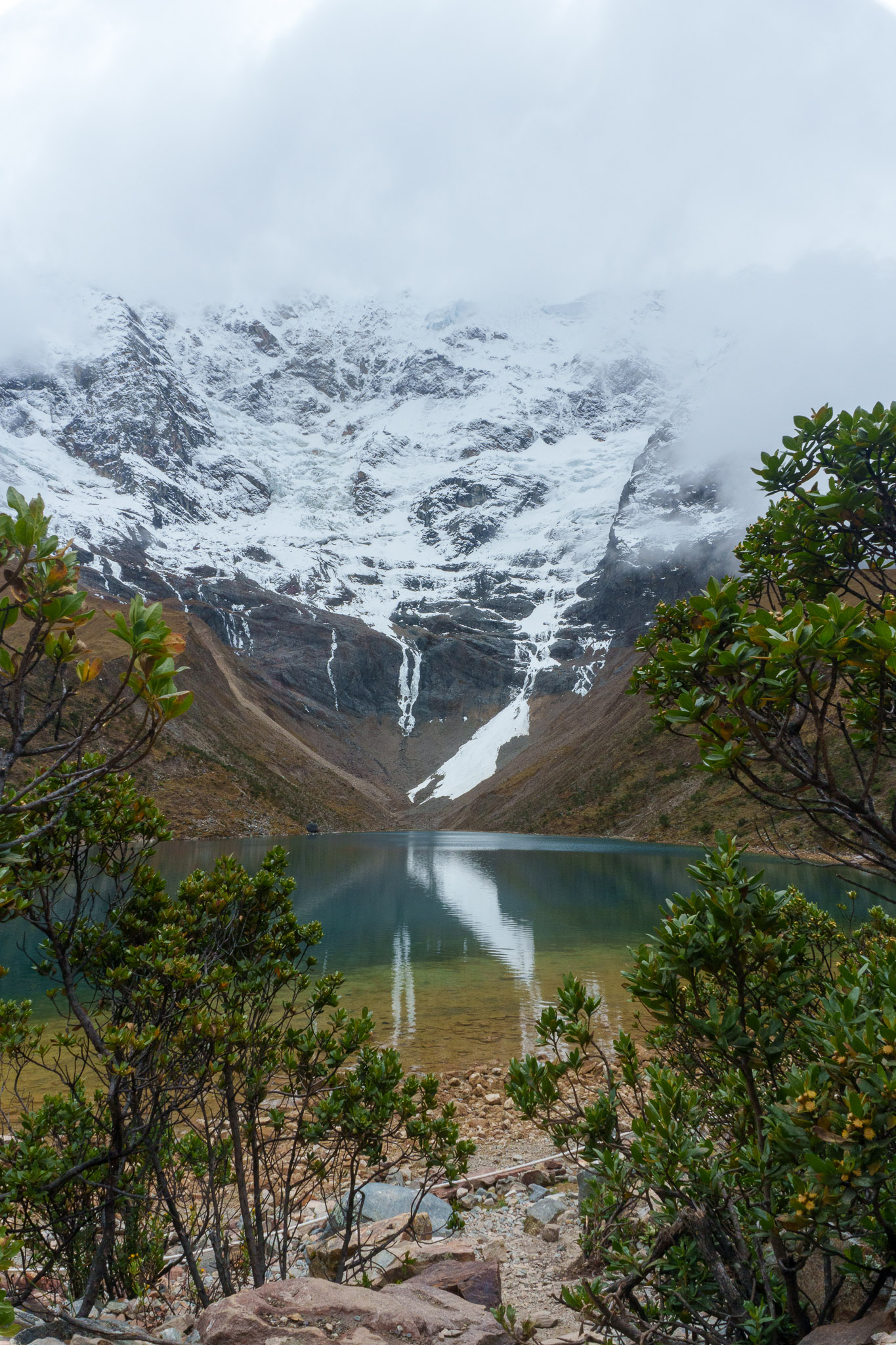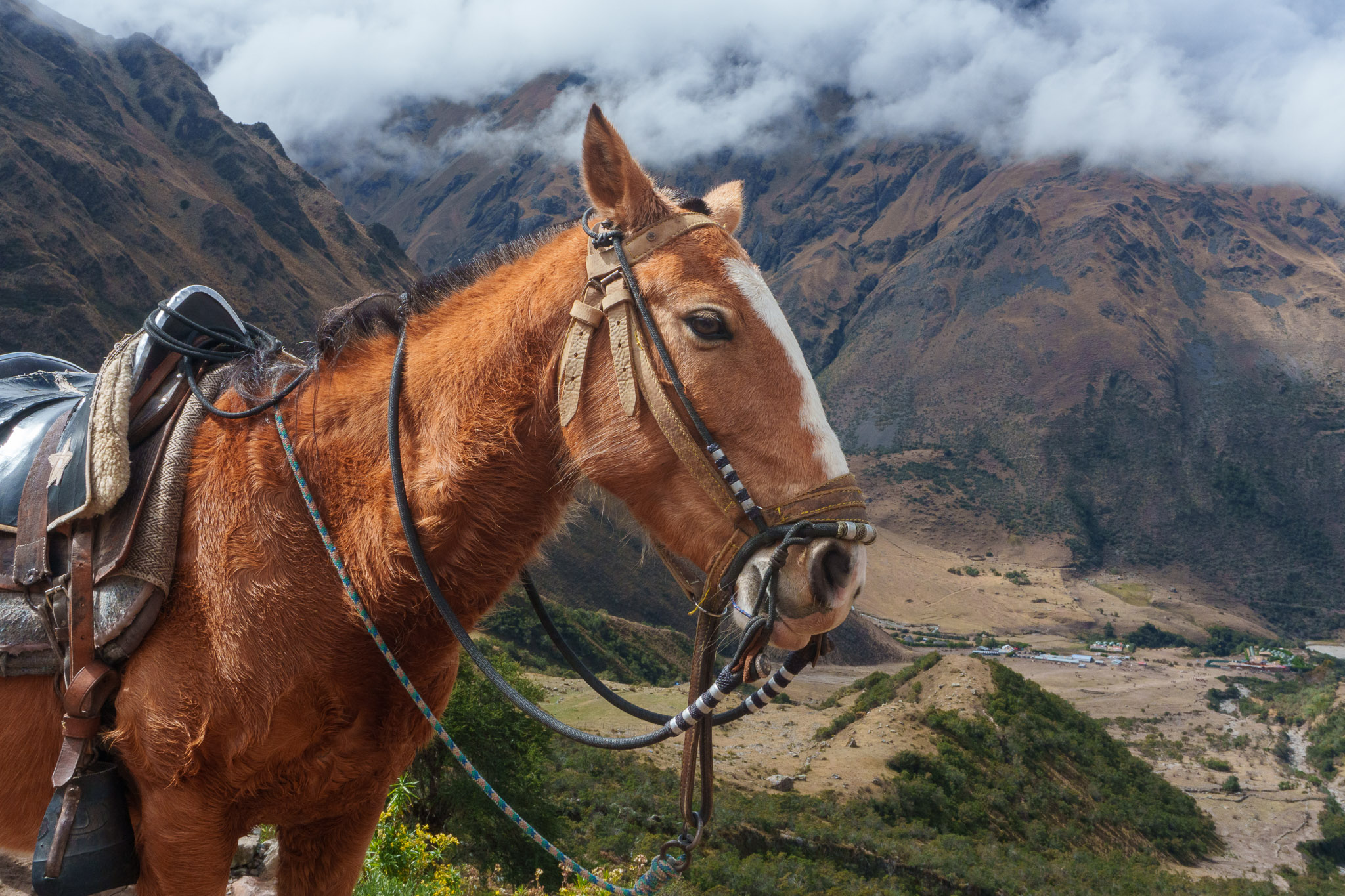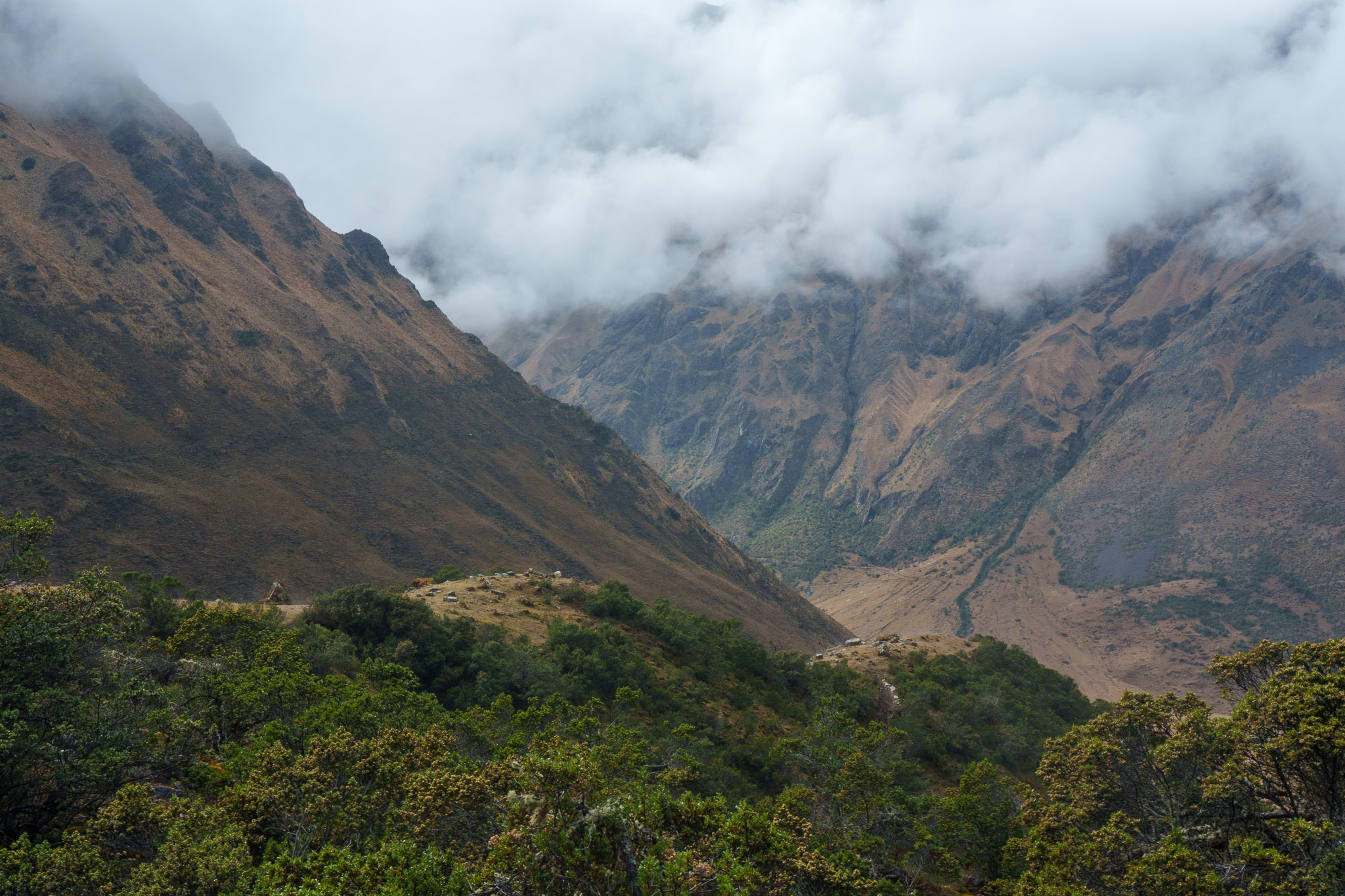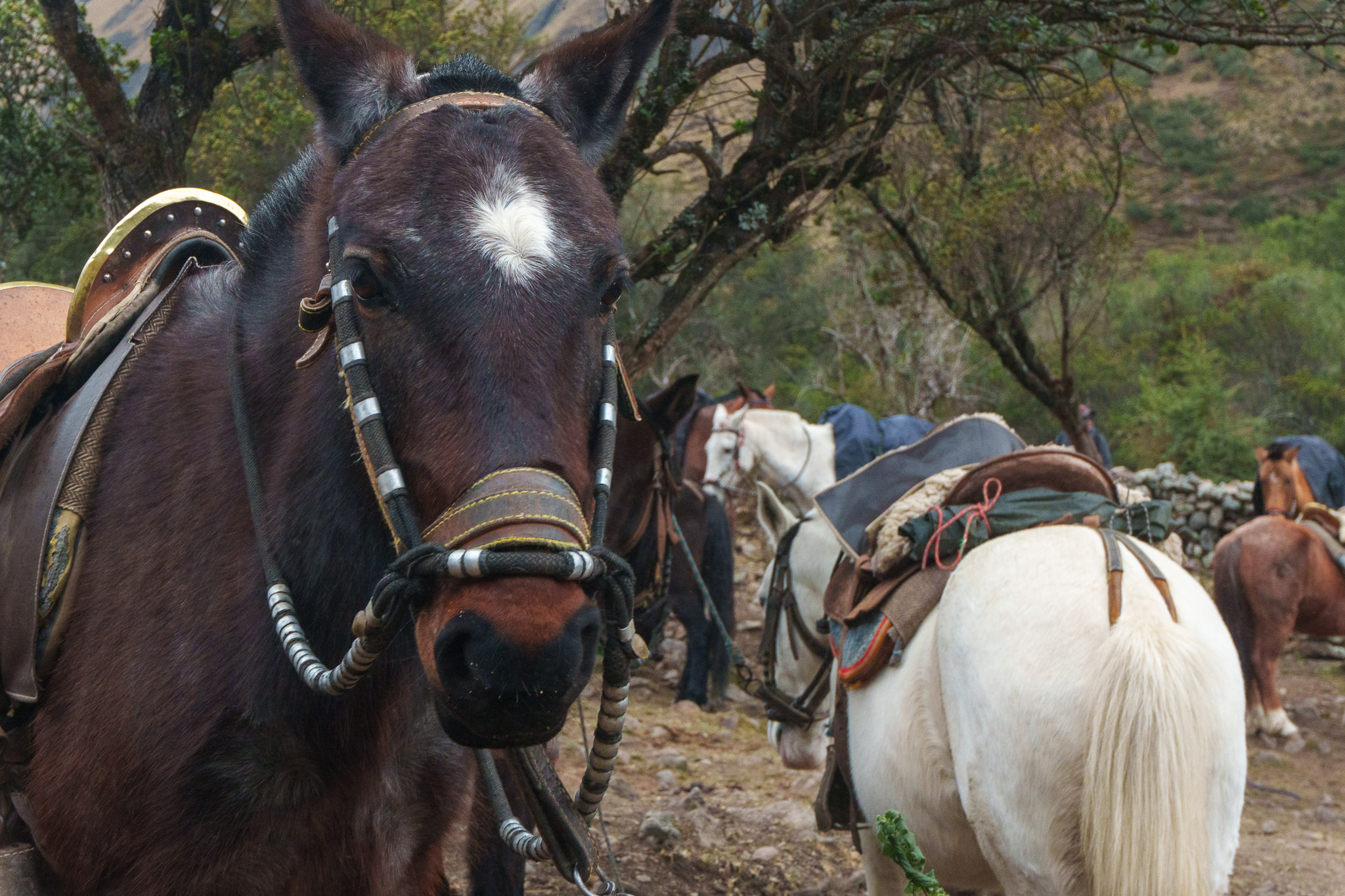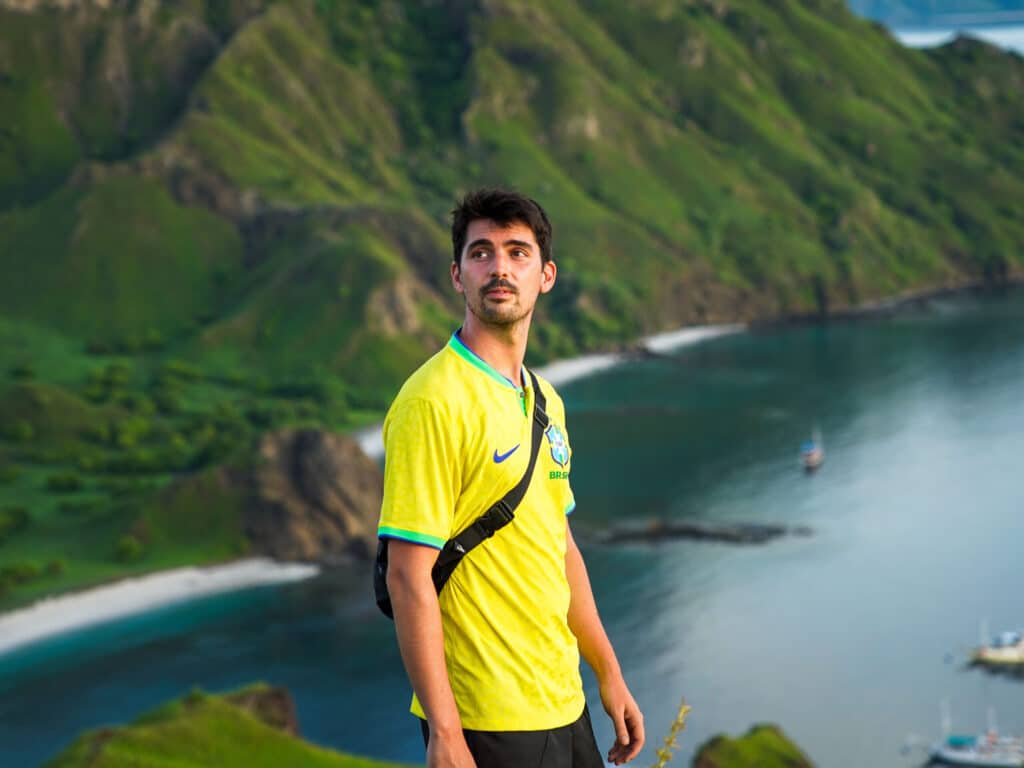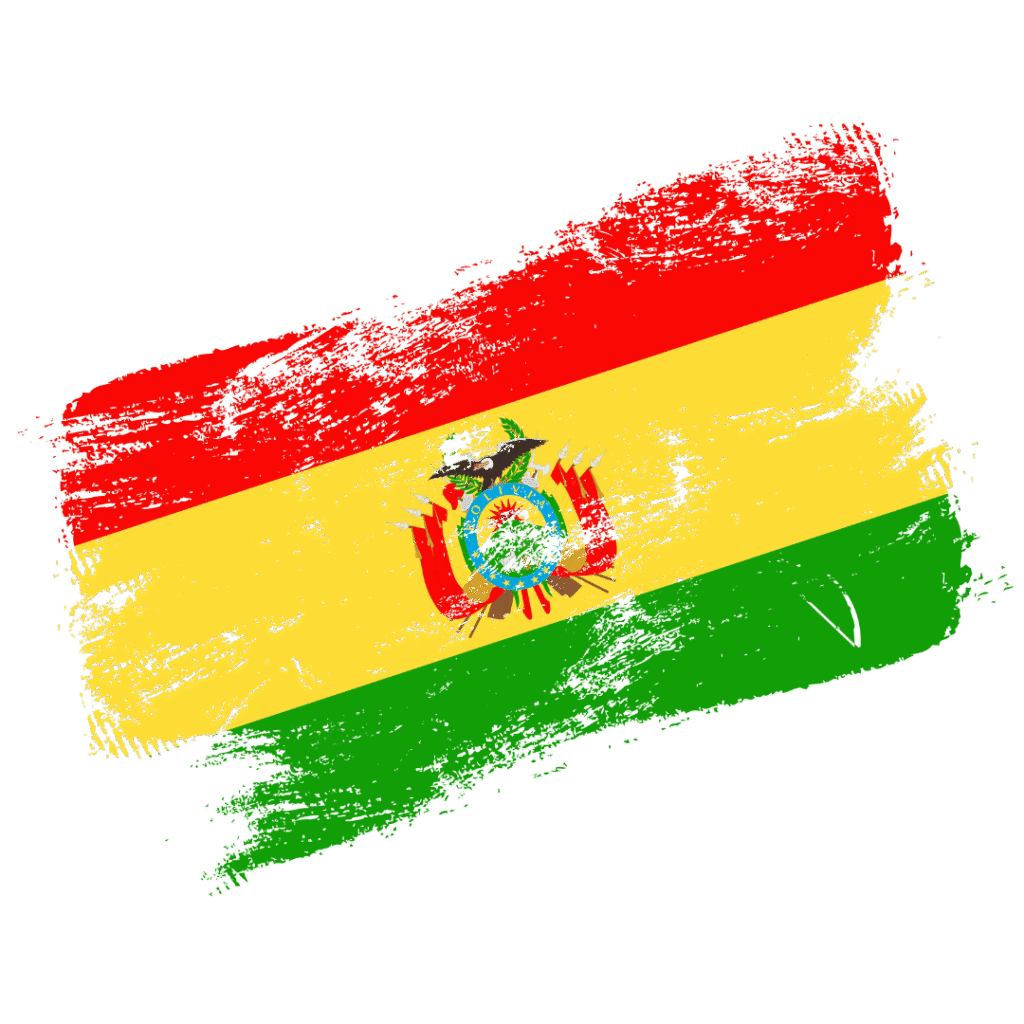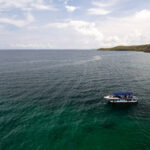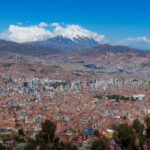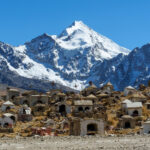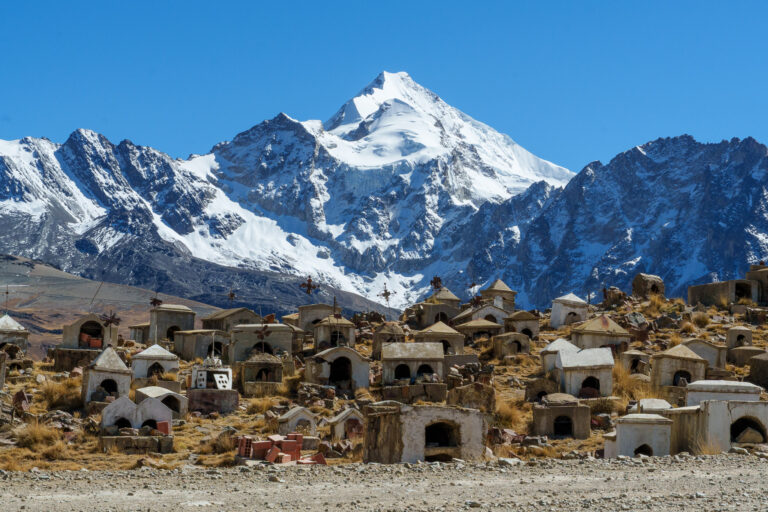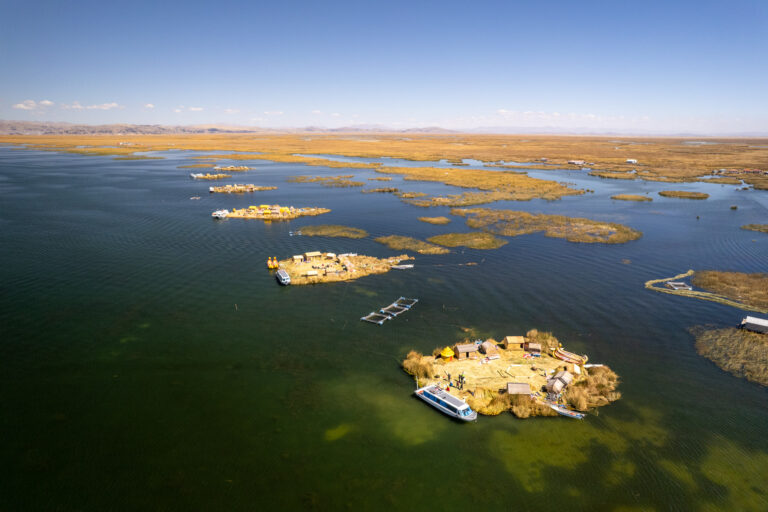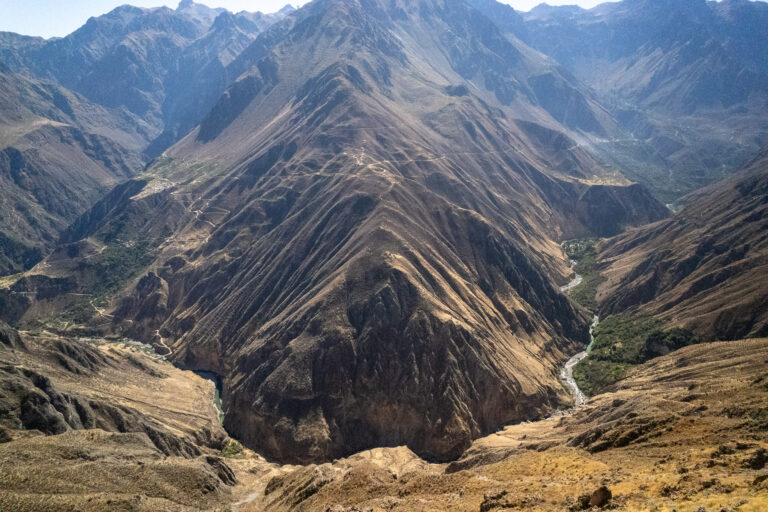Table of Contents
The Essentials
- Duration: 4 or 5 days trek options available, with the last day dedicated to visiting Machu Picchu
- Daily Distance: You will walk approximately 15 km on average per day
- Weather: The first two days are cold due to high altitude, while the remaining days are warmer but still fresh
- Permits: No permits are required to do this trek, unlike the Inca Trail
- Group Options: Most people book through an agency with groups ranging from 5 to 15 people, but you can do it independently
- Recommended Operator: TreXperience offers excellent guided Salkantay Trek experiences
Why the Salkantay Trek Should Be on Your Bucket List
Famous for All the Right Reasons
You've probably seen stunning photos of the Salkantay Trek on social media platforms like Instagram and Facebook. The trek has gained international recognition for its amazing landscapes and diverse ecosystems. National Geographic Adventure Travel magazine recently recognized the Salkantay Trek as one of the 25 best adventures in the world, cementing its status as a world-class trekking destination.
Where the Salkantay Mountain Dominates the Landscape
Weather Patterns and Best Time to Trek
The best time to trek Salkantay is during the dry season from May to October. June through August represents peak trekking season with the most reliable weather conditions, minimal rainfall, and excellent mountain visibility. However, these months also bring larger crowds and higher prices.
Accommodation Options Along the Trek
Trekking with an Agency vs. Going Independent
Essential Packing List for the Salkantay Trek
With or without an agency, here are the essentials I'd recommend for your Salkantay Trek adventure:
Clothing Essentials:
- Warm and lightweight wool socks (the first days are cold, the last ones range from cool to hot)
- Multiple clothing layers including thermal base layers, fleece mid-layer, and waterproof outer shell
- Insulated down jacket for extreme cold at high altitudes
- Woolen beanie or warm hat to keep your head warm during freezing nights
- Breathable hiking shirts (3-4 quick-drying options)
- Waterproof hiking pants and shorts
- Warm sleepwear for cold mountain nights
Protection and Safety:
- High-SPF sunscreen and quality sunglasses (UV rays are intense at high altitude)
- Your camera with extra batteries (the landscapes are truly spectacular!)
- Headlamp with spare batteries for early morning starts and evening activities
Health and Comfort:
- Snacks, electrolyte supplements, and a large water bottle for refilling
- Blister bandages (you'll average 15-20 km per day!)
- Mosquito repellent spray for lower altitude sections
- Altitude sickness medication and basic first aid supplies
Optional but Useful Items:
- Trekking poles can be helpful but aren't absolutely necessary (many agencies rent them)
- Inflatable mattress (particularly useful for the third night)
- Quality sleeping bag (agencies typically provide these, but you can bring your own)
- Swimwear for the optional Cocalmayo Hot Springs visit ( if you passing by Santa Theresa – not the route I took)
Overview of My Salkantay Trek Experience
The following section provides a quick overview day-by-day account of my entire Salkantay Trek experience. I'll share the highlights, challenges, landscapes. I've summarized each day below before diving into the full details.
Day 0: Preparation and Briefing
Day 1: Cusco to Humantay Lake and Soraypampa Base Camp
- Distance : 8 km
- Ascent : 638 meters
- Descent : 360 meters
- Estimated time : 5 hours
- Highest point: Humantay Lake at 4,200m
Day 2: Conquering the Salkantay Pass
- Distance : 19.5 km
- Ascent : 230 meters
- Descent : 1 750 meters
- Estimated time : 9 hours
- Highest point: Salkantay Pass at 4,630m
Day 3: Cloud Forest and Coffee Culture
- Distance : 14.2 km
- Ascent : 750 meters
- Descent : 786 meters
- Estimated time : 6.5 hours
- Highlight: First glimpse of Machu Picchu from Llactapata
Day 4: Railway Walk to Aguas Calientes
A relaxed morning descent to Hydroelectric Station, officially entering Machu Picchu National Park. Our chef prepared a final lunch before we continued walking to Aguas Calientes following the railway tracks (challenging due to uneven rocks). PeruRail trains passed by regularly while we enjoyed bird songs, green forest vegetation, and agreeable climate. Arriving in Aguas Calientes allowed time to relax and prepare for the next day's Machu Picchu visit.
- Distance : 17 km
- Ascent : 160 meters
- Descent : 810 meters
- Estimated time : 6.5 hours
- Destination: Aguas Calientes at 2,000m elevation
Day 5: The Ultimate Goal - Machu Picchu
- Distance : 5 km
- Ascent : 360 meters
- Descent : 360 meters
- Estimated time : 5 hours
- Ultimate highlight: Sunrise at Machu Picchu and Huayna Picchu summit views
My Experience Day by Day with TreXperience
The Preparation: Professional Organization from Start to Finish
Booking Process
Pre-Trek Briefing
Day 1: Humantay Lake and Spectacular High-Altitude Landscapes
Early Morning Departure (3:00 AM - 8:30 AM)
Breakfast and Trail Preparation (6:30 AM - 8:50 AM)
The Humantay Lake Challenge (8:50 AM - 12:30 PM)
Pro Tip: If you can visit Humantay Lake in the afternoon, you'll likely encounter far fewer crowds. Most tour groups follow identical morning schedules, creating busy conditions between 10 AM and 12 PM. Afternoon visits after 2 PM offer more peaceful experiences, though the lake may fall into shadow around 3:30 PM.
Descent and Lunch (12:30 PM - 2:30 PM)
The generous portions proved difficult to finish, but maintaining energy levels was crucial for the afternoon's continued hiking. After lunch, we relaxed briefly on the grass field, enjoying the peaceful mountain atmosphere before continuing our journey.
Afternoon Ascent to Base Camp (2:30 PM - 4:30 PM)
I deliberately took my time during this section, stopping frequently for photographs and landscape appreciation. This resulted in my being among the last to reach base camp at 4:30 PM, but the extra time allowed me to fully absorb the incredible surroundings.
First Night at High Altitude Base Camp (4:30 PM onwards)
Sleeping at this altitude required significant preparation with warm clothing layers. The temperature dropped considerably after sunset, making quality sleeping gear essential for a comfortable night's rest. Despite the cold conditions, the crystal-clear mountain air and star-filled sky created an unforgettable first night experience on the Salkantay Trek.
Day 2: Conquering the Salkantay Pass - The Trek's Ultimate Challenge
Pre-Dawn Start in Freezing Conditions (4:30 AM - 6:30 AM)
Trek Preparation and Wildlife Encounters (6:30 AM - 7:30 AM)
The Grueling Ascent to Salkantay Pass (7:30 AM - 10:30 AM)
Sharing the Trail with Local Carriers (8:30 AM - 10:30 AM)
Reaching the Ultimate High Point (10:30 AM - 11:30 AM)
For example, Incas constructed storage shelters in these valleys to preserve and dehydrate potatoes, maintaining them in edible condition for 5, 10, or even 15 years! This incredible technique utilized natural environmental conditions to prevent famine during poor agricultural seasons.
Strategic Advantage of TreXperience's Base Camp Location
Descent into the New Valley System (11:30 AM - 1:30 PM)
Afternoon Valley Walk and Wildlife Observation (1:30 PM - 6:00 PM)
Arrival at Colcapampa Village (6:00 PM onwards)
This accommodation allowed phone recharging for continued photography and video documentation. Hot showers were available for a small fee (10 soles, approximately 2 euros), and we slept on actual beds within small two-person rooms that retained warmth effectively, though we still used our sleeping bags for extra comfort.
Evening Reflection and Culinary Experiences
Day 3: Pleasant Descent, Killer Ascent, and Incredible Views of Machu Picchu
Another Early Start in Improved Conditions (5:00 AM - 7:00 AM)
Our guide Juan De Dios took time to share fascinating knowledge about local plants and their traditional uses for medicinal purposes, fabric dyeing, and food cultivation. Every group stopped along the route for similar educational sessions with their guides, creating temporary traffic jams but valuable learning opportunities about indigenous plant wisdom.
Descent Through the Cloud Forest Ecosystem (7:00 AM - 10:20 AM)
Strategic Transportation Decision by TreXperience (10:20 AM - 1:00 PM)
Coffee Farm Experience and Traditional Cooking (1:00 PM - 2:30 PM)
This relaxing cultural moment provided perfect preparation for the afternoon's challenging ascent. The combination of delicious food, coffee education, and cultural exchange created memorable experiences beyond simple trekking activities.
Transition to Ancient Inca Roads (2:30 PM)
The Grueling Ascent Challenge (2:30 PM - 7:00 PM)
The most incredible landscapes actually existed on the mountain's opposite side, where Machu Picchu awaited our arrival. This knowledge provided motivation during the challenging climb, knowing extraordinary views justified every difficult step.
Reaching the Ultimate Viewpoint (7:00 PM)
Campsite Options and Llactapata Archaeological Site
Final Campsite Amenities and Evening Reflection
Magical Evening Atmosphere
The combination of challenging physical demands, cultural learning experiences, and spectacular natural beauty made Day 3 an unforgettable highlight of the entire Salkantay Trek adventure. The first glimpse of Machu Picchu from Llactapata provided emotional reward for all previous efforts, creating anticipation for the magical experience awaiting us at Peru's most famous archaeological wonder.
Day 4: Entering Machu Picchu National Park and the Railway Journey to Aguas Calientes
A Luxurious Late Start (6:00 AM - 7:00 AM)
This morning brought the incredible luxury of waking up at 6:15 AM! Despite today's long 17-kilometer journey to Aguas Calientes, we enjoyed a later start because our route consisted entirely of downhill walking from our mountain position, followed by steady flat terrain along the railway toward Aguas Calientes. While many groups either follow our exact path or pass through Santa Teresa, they face much longer walking distances and earlier wake-up calls.
Today's objective was reaching Hydroelectrica station for lunch, where train services, several stores, and restaurants provide trekker amenities. The afternoon would continue along the railway tracks directly to Aguas Calientes, completing our journey to Machu Picchu's base town.
Descent Through Protected Forest (7:00 AM - 8:00 AM)
Crossing into Machu Picchu National Park (8:00 AM - 9:00 AM)
Refreshing River Break (9:00 AM - 9:30 AM)
I attempted putting my feet in the water, but within seconds they became completely numb and lost all sensation. Some brave souls accepted the challenge and took quick full-body dips. Bravo to their courage and cold tolerance!
Arrival at Hydroelectrica Station (10:30 AM - 1:30 PM)
The Challenging Railway Walk (1:30 PM - 5:00 PM)
The railway walk from Hydroelectrica to Aguas Calientes covers approximately 10 kilometers following the train tracks and Urubamba River. As the crow flies, Aguas Calientes sits only 4.2 kilometers from Hydroelectrica, but the railway route extends the distance significantly by following the river's natural course. The trail remains virtually flat except for the final kilometer, which features a mild gradient leading into Aguas Calientes.
Scenic Railway Experience and Crowd Encounters
This represents a genuinely beautiful and charming walking experience despite the challenging surface conditions. To reach Aguas Calientes located in the valley, travelers have two access routes: from the east (Compuerta) or west (Hydroelectrica). All Salkantay Trek participants approach from the western Hydroelectrica route, creating significant traffic along this path.
Triumphant Arrival in Aguas Calientes (5:00 PM)
Evening Celebration and Circuit Planning
This evening, we gathered at a local restaurant for well-deserved beer, pizza, and satisfying comfort food. Everyone celebrated and toasted this incredible adventure's successful completion! Unfortunately, tomorrow we wouldn't all follow identical circuits for visiting Machu Picchu, as TreXperience assigns different options based on availability and preferences.
Day 5 – The Visit of the Notorious Machu Picchu, the City in the Clouds
First and unforgettable visit of the Machu Picchu
After two and a half hours, I emerged for a snack and a quick restroom break—remember to carry two Soles cash for the facilities, as none exist inside the ruins.
Second visit with higher viewpoint
A Finale Above the Clouds
Moreover, the diverse ecosystems—from high-altitude plains to lush cloud forests—culminate in the ultimate reward: Machu Picchu’s ancient citadel rising from mist and mountain. Climbing Huayna Picchu adds an unforgettable 360° perspective, reinforcing the sense of journey and discovery. Whether you choose the full five-day route or a condensed four-day option, the trek’s pacing and support allow both seasoned hikers and first-time adventurers to succeed.
FAQ
How difficult is the Salkantay Trek?
How many days does the trek take?
Do I need a permit for the Salkantay Trek?
When is the best time to trek Salkantay?
Can beginners do the Salkantay Trek?
How should I prepare physically for the trek?
What gear is essential on the trek?
What about altitude sickness?
Can I do the trek independently?
How far in advance should I book?
Are meals provided?
Is water included on the trek?
What is the minimum age for the trek?
How do I get from Aguas Calientes to Machu Picchu?
Can I climb Huayna Picchu after the trek?
More Photos of Salkantay Trek
If you're interested in owning one of the photos (printing them, setting them as your phone wallpaper, or using them for commercial purposes), you can easily get them on Pixieset. If you don't find the photo you like, send me a quick message on Instagram (@HorizonHugo), and I’ll add it!

